W

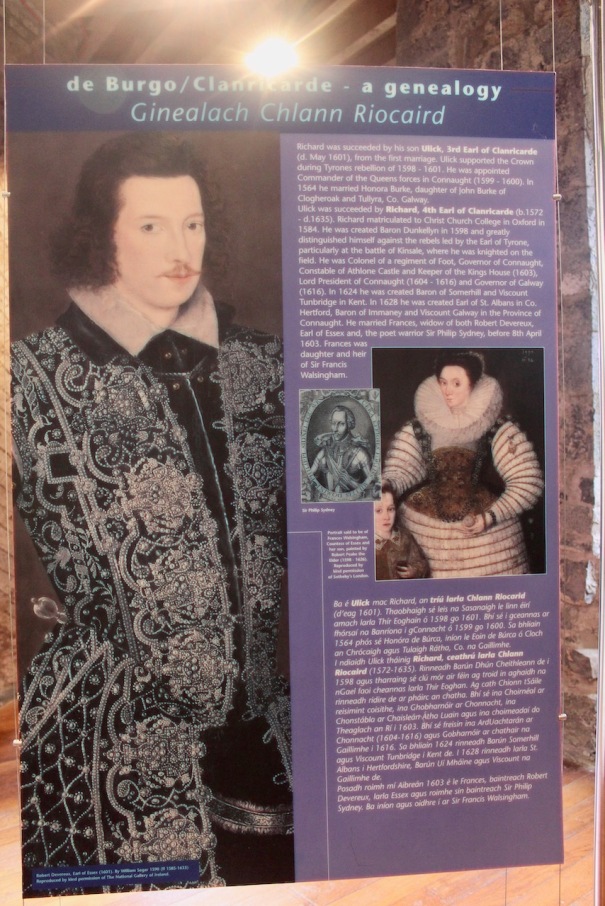


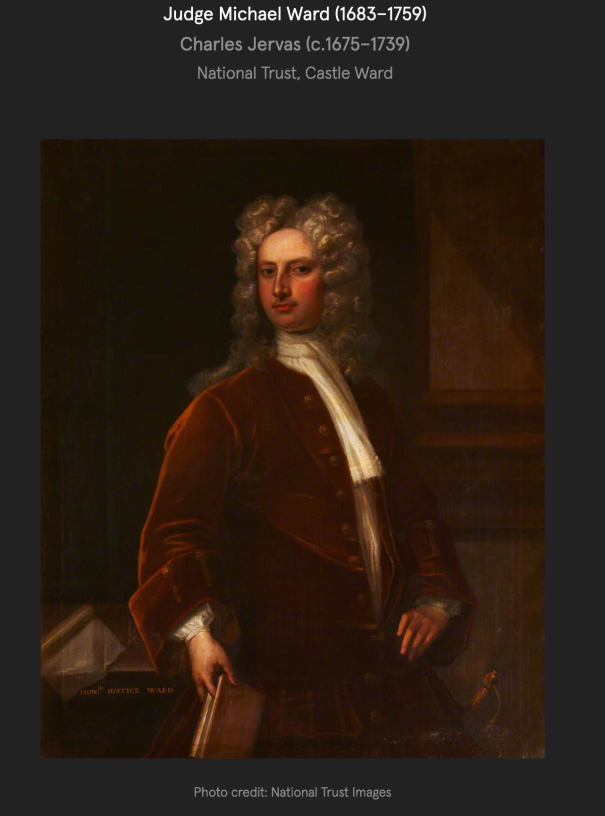
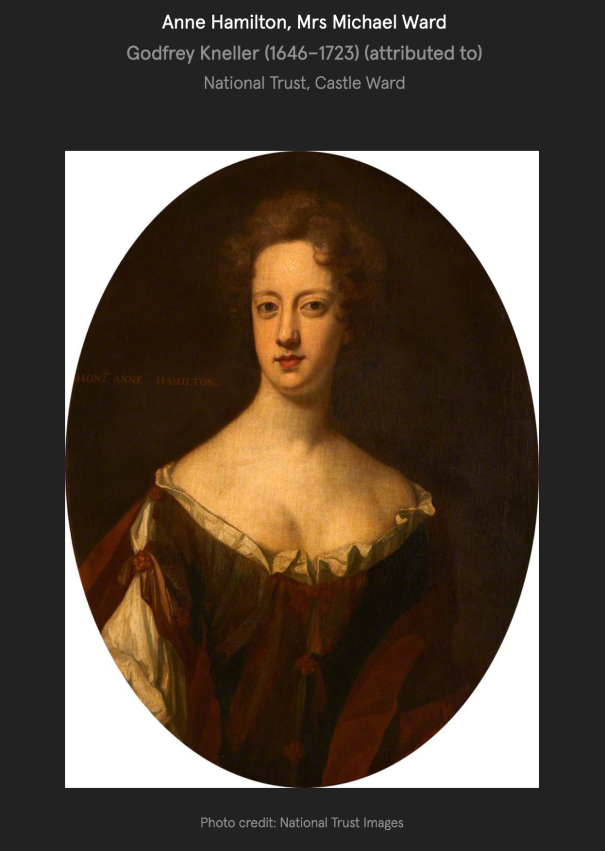
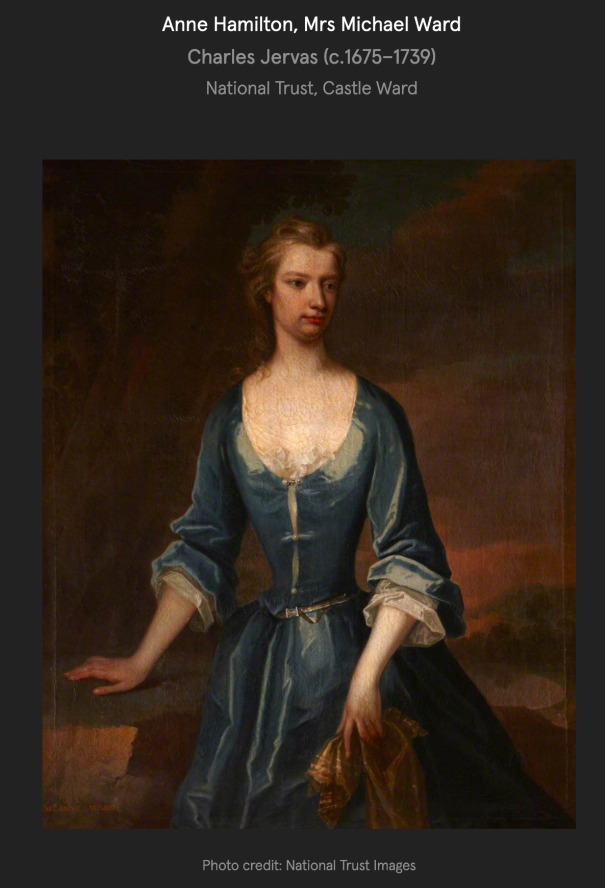
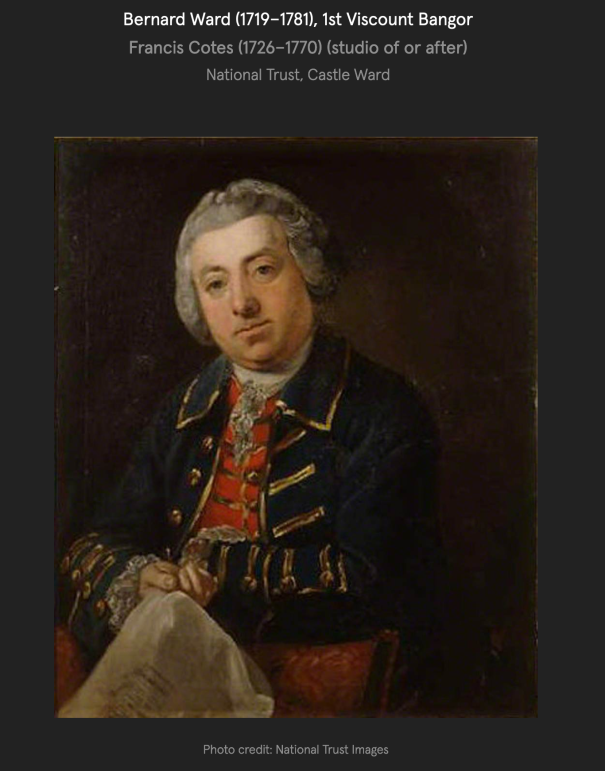
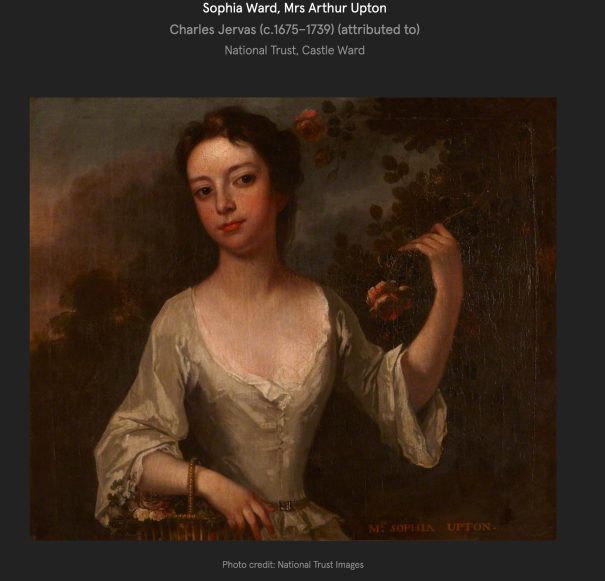
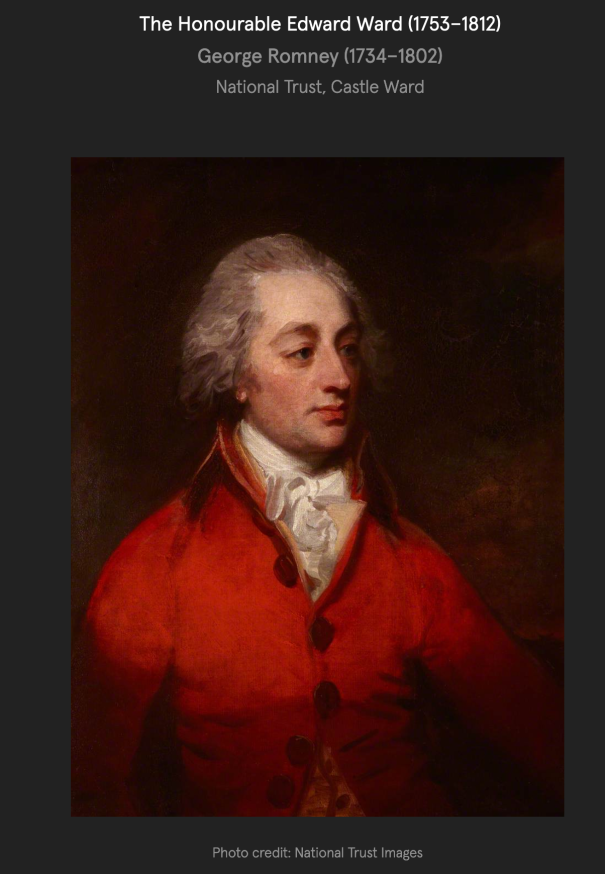
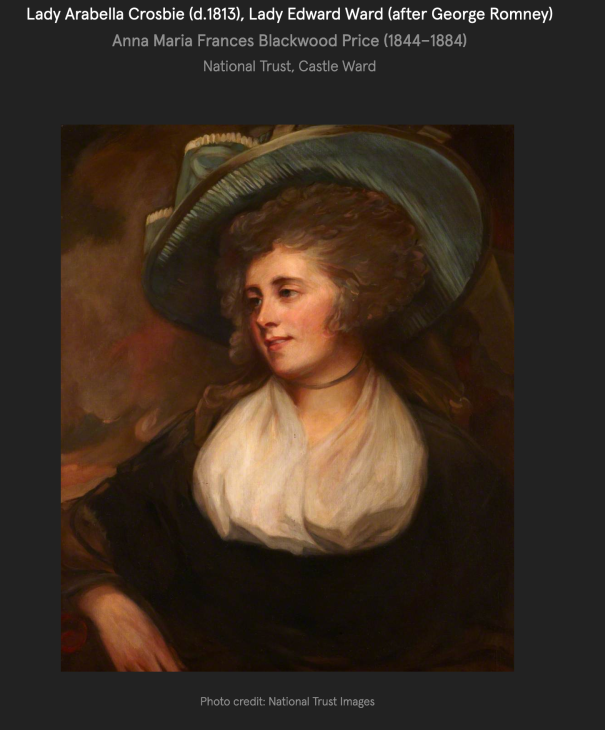
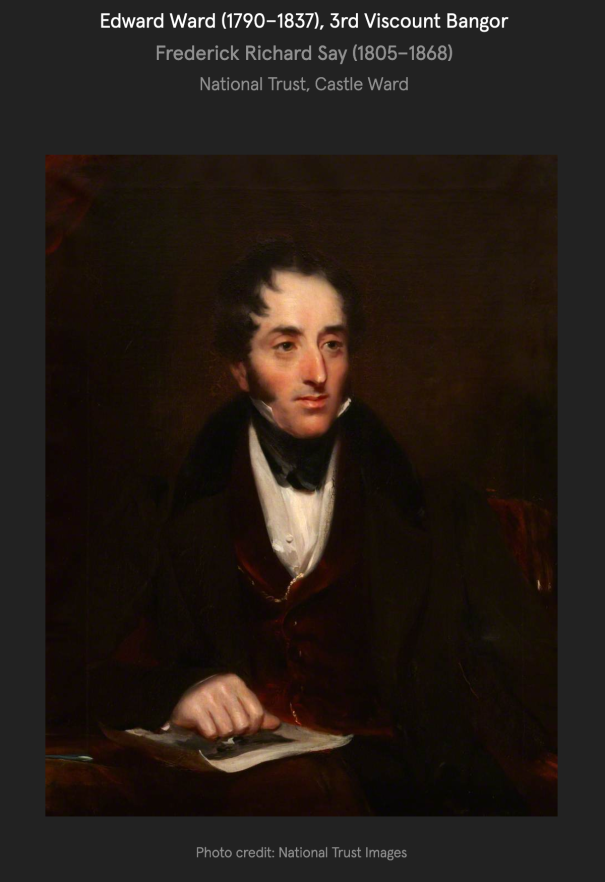
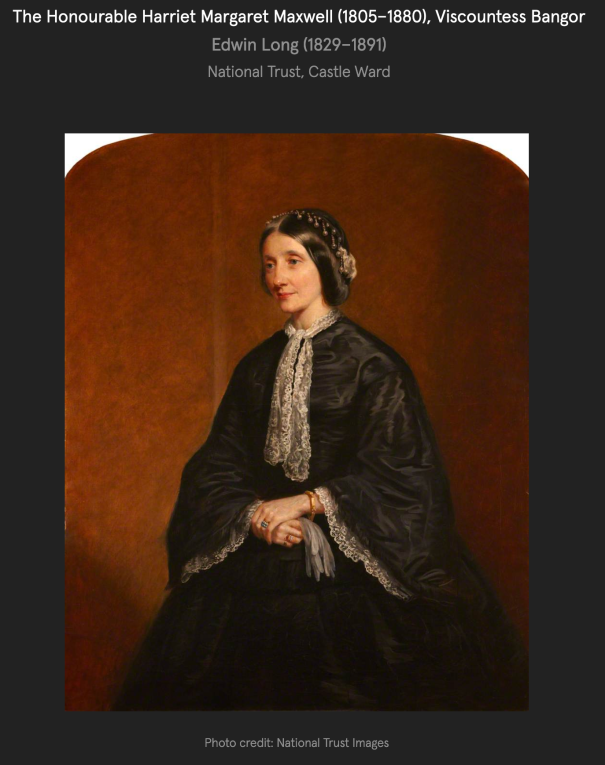
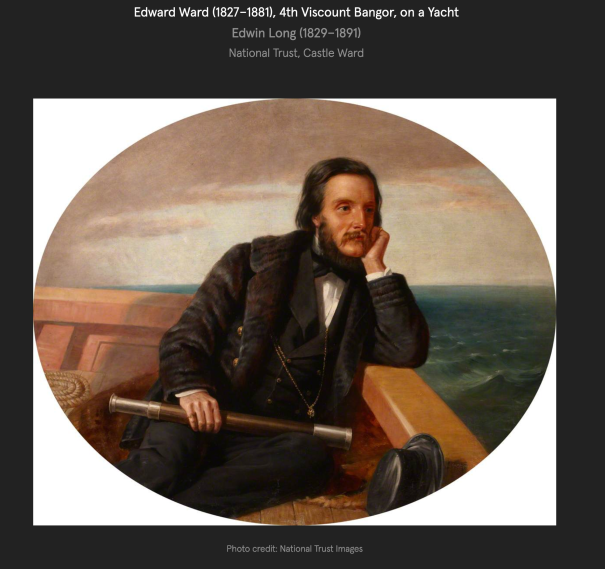


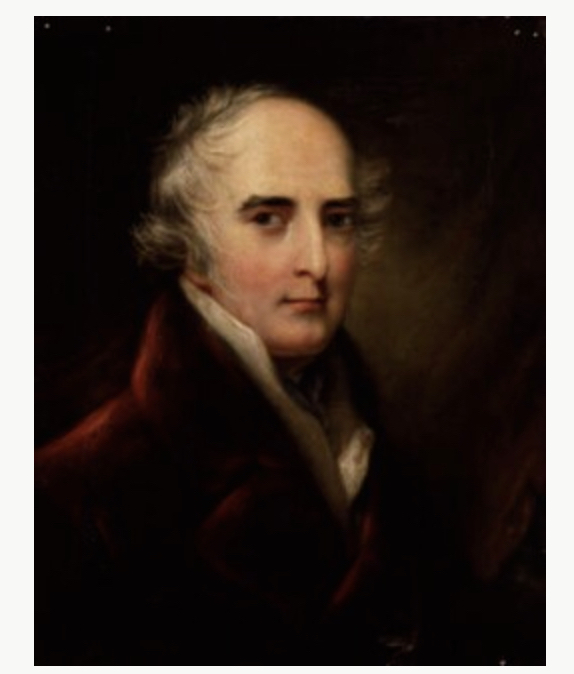

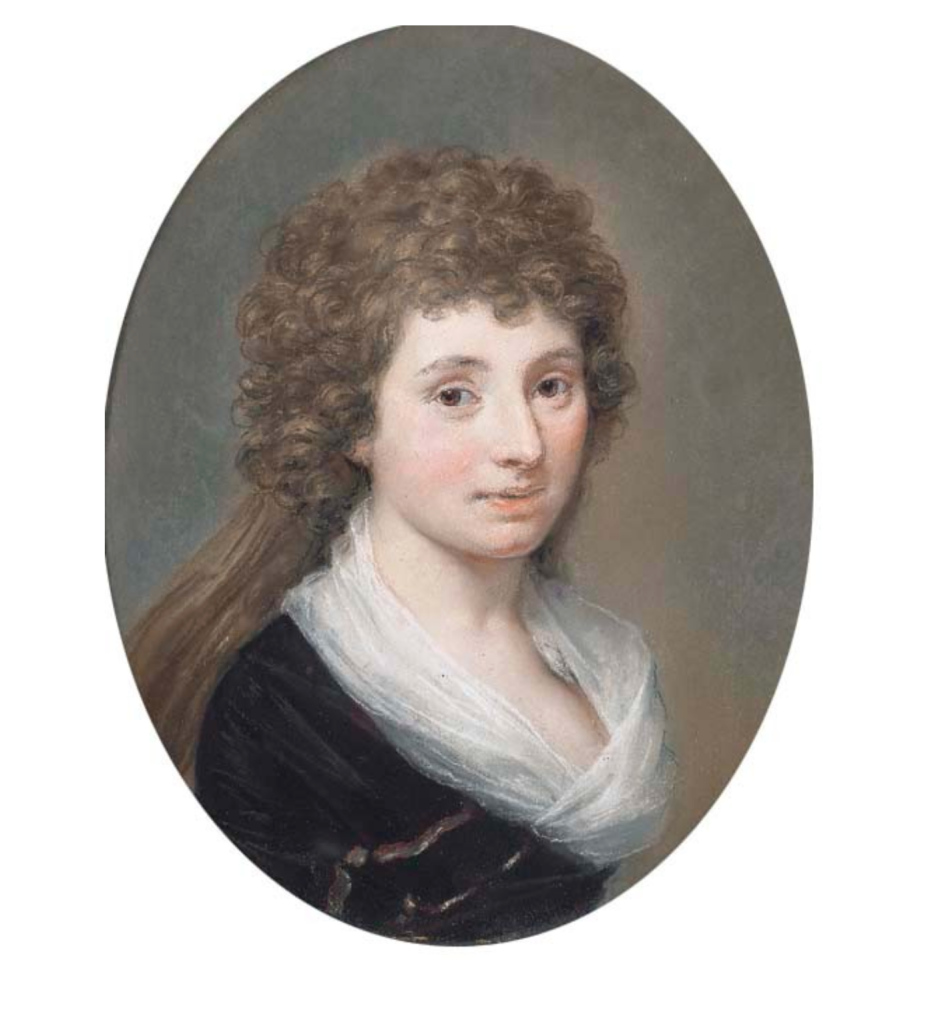
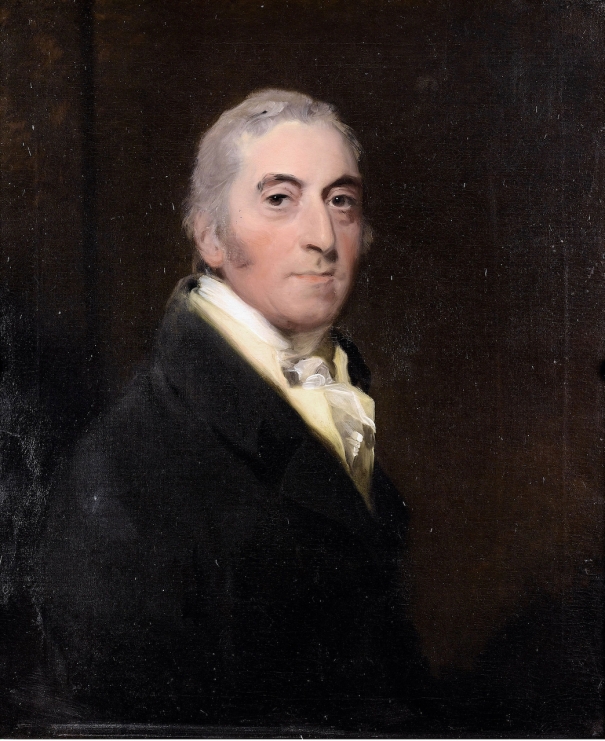

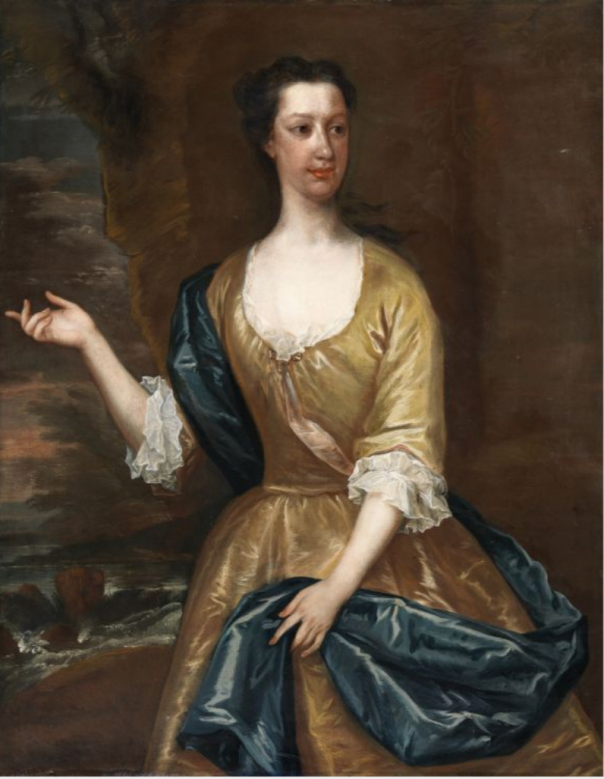


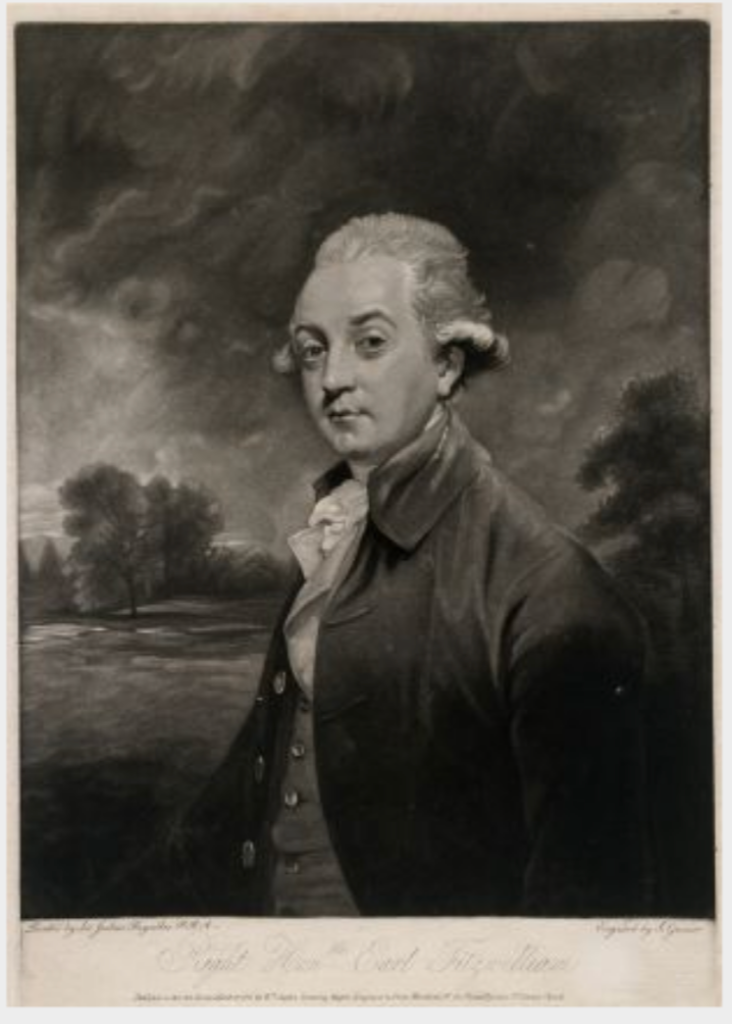
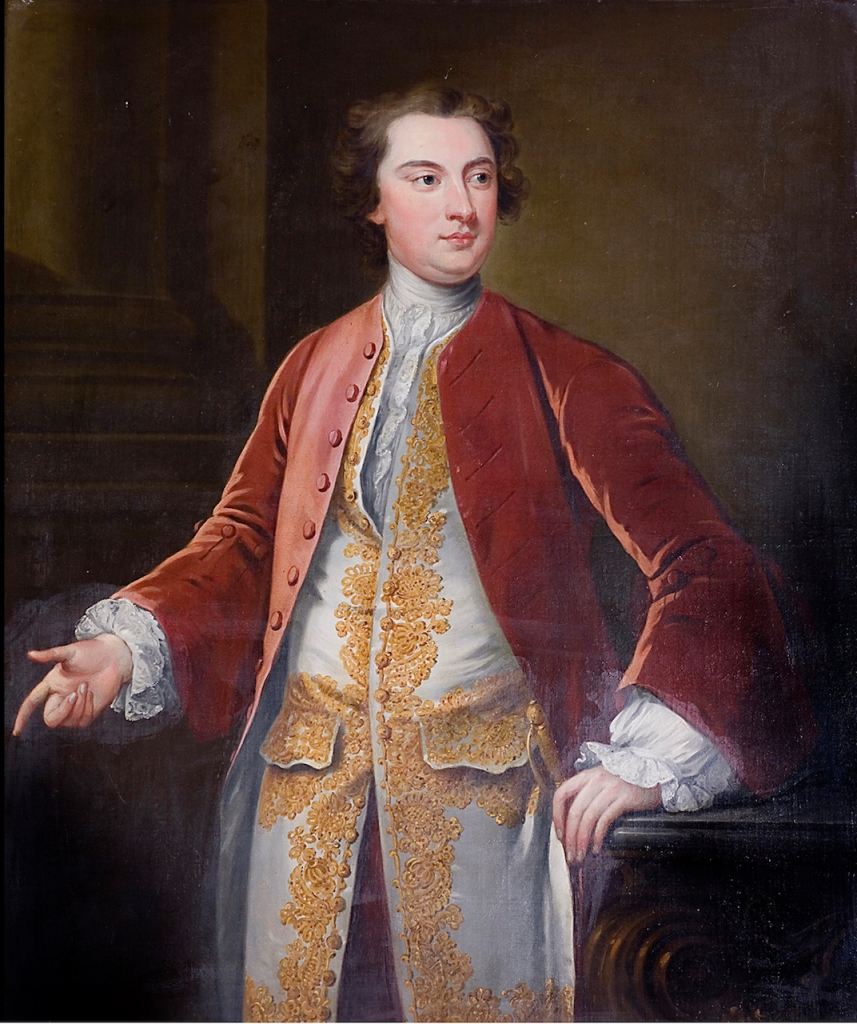



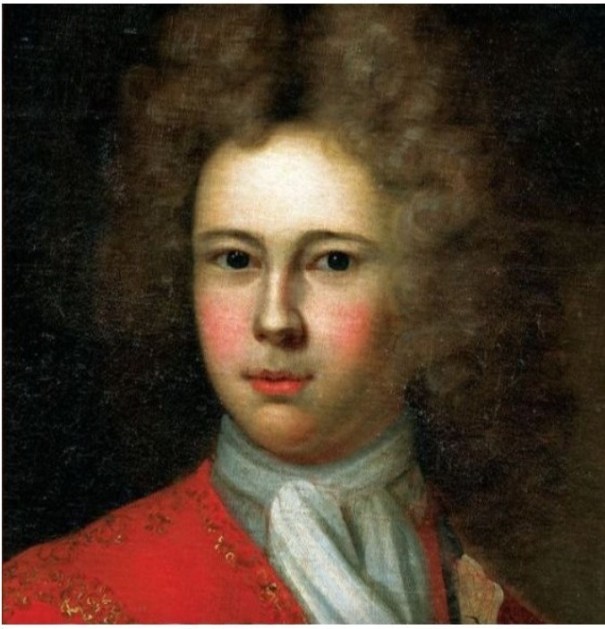

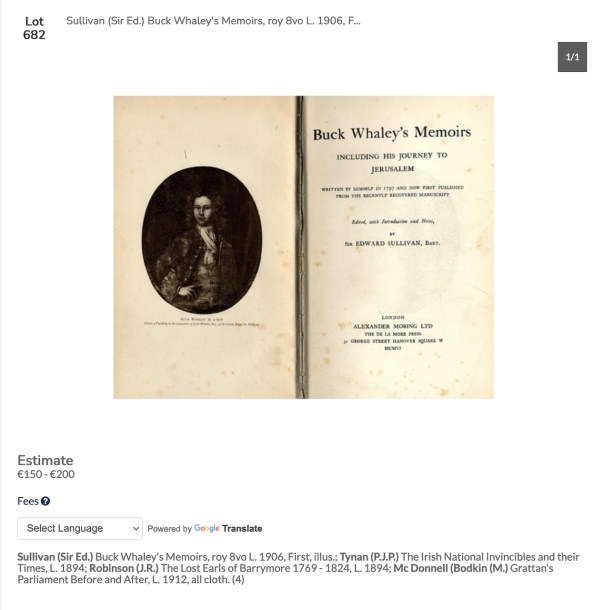
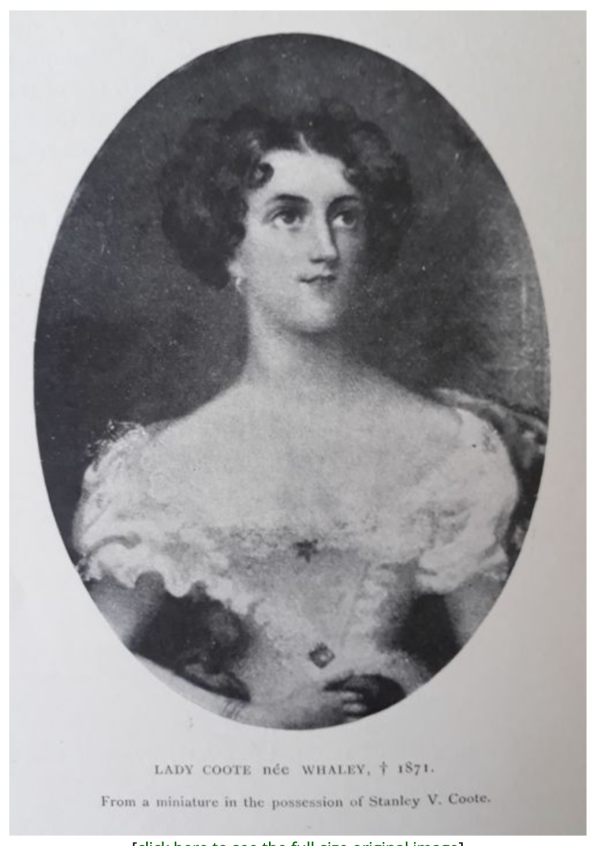
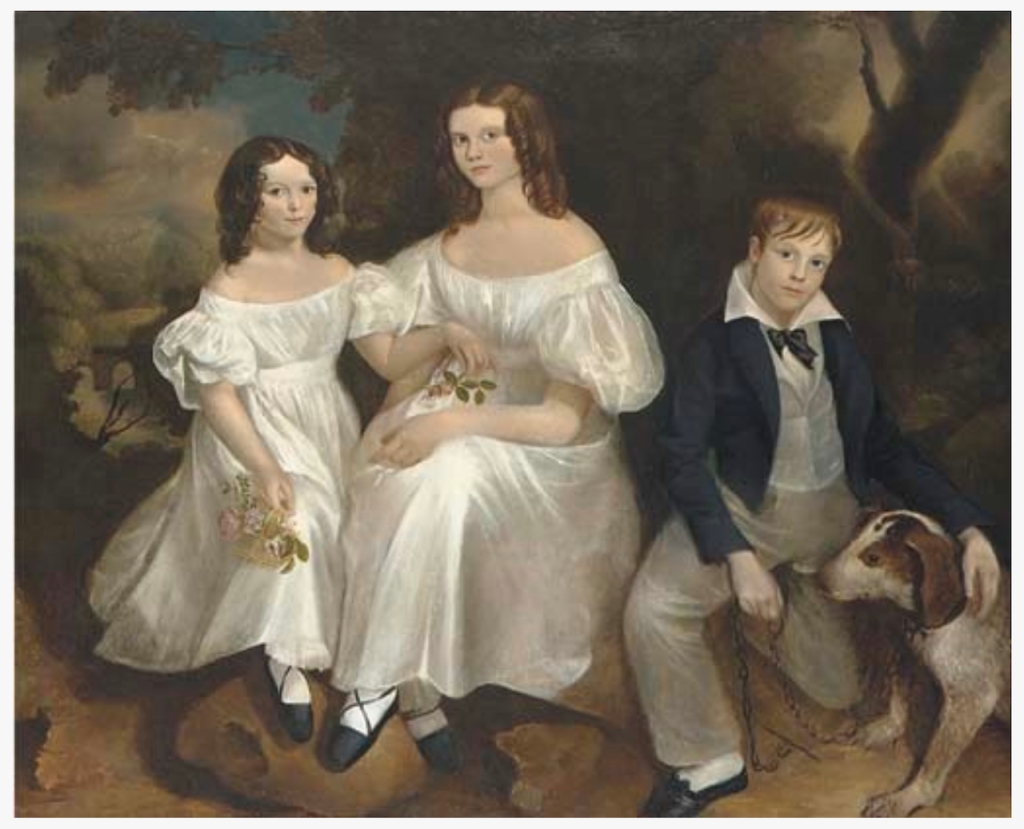
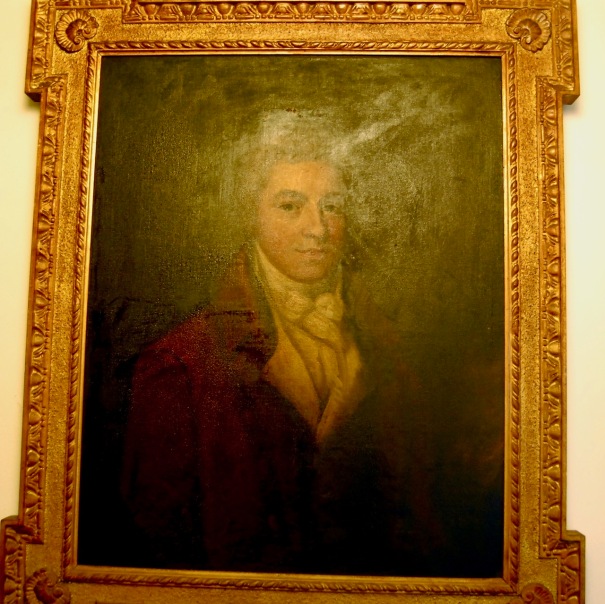
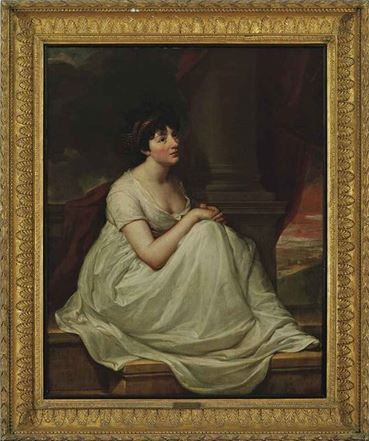
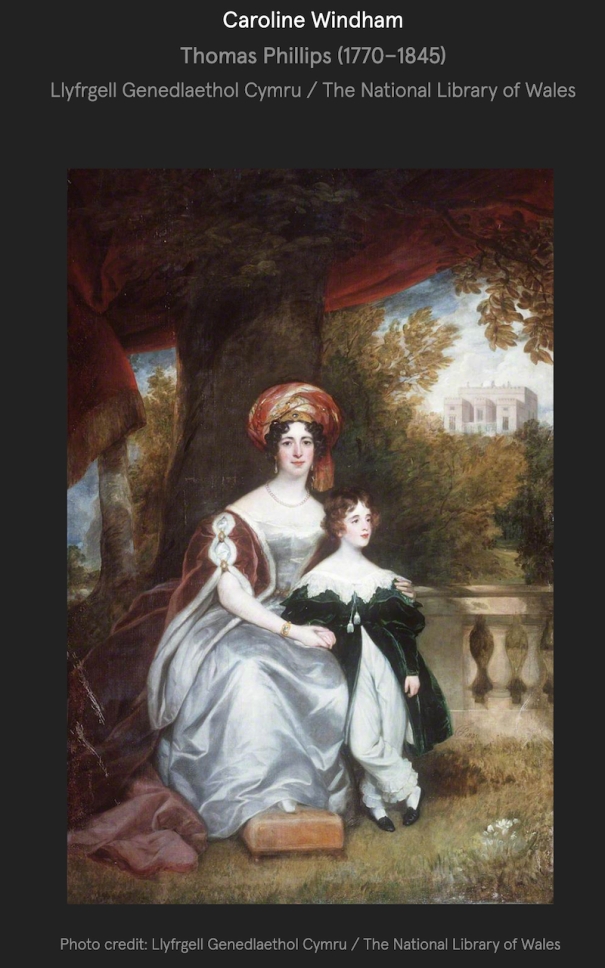
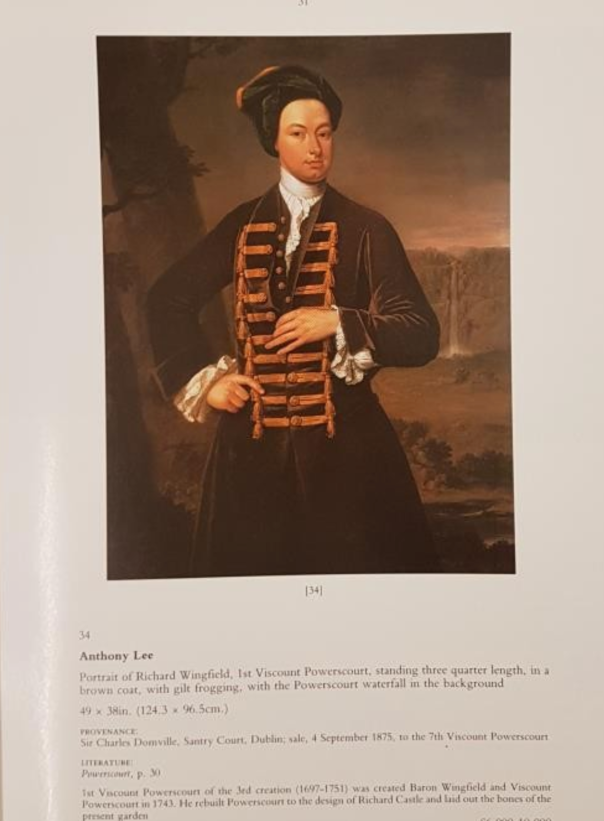
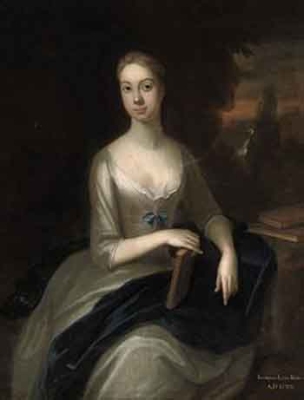

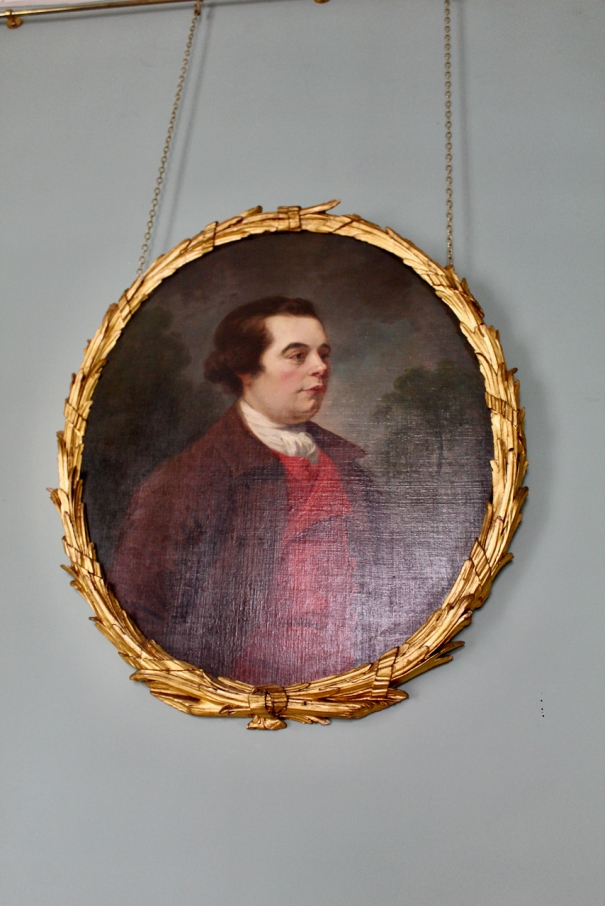

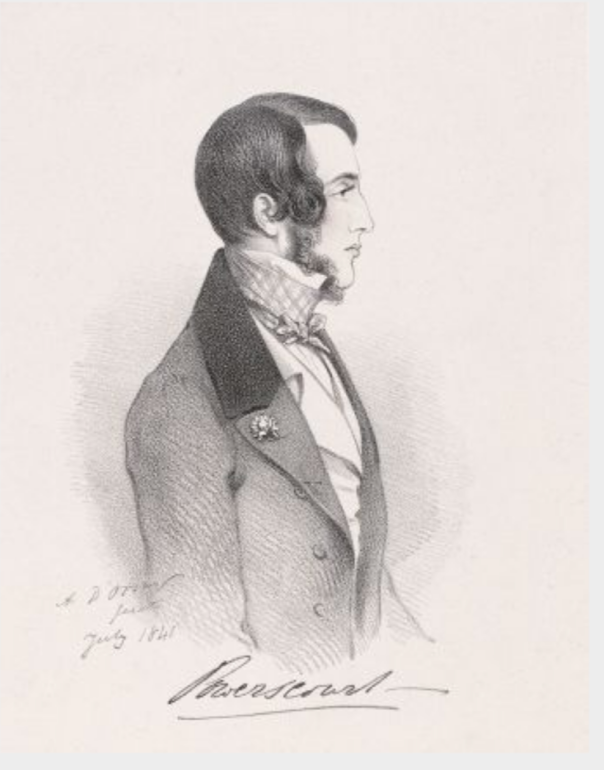
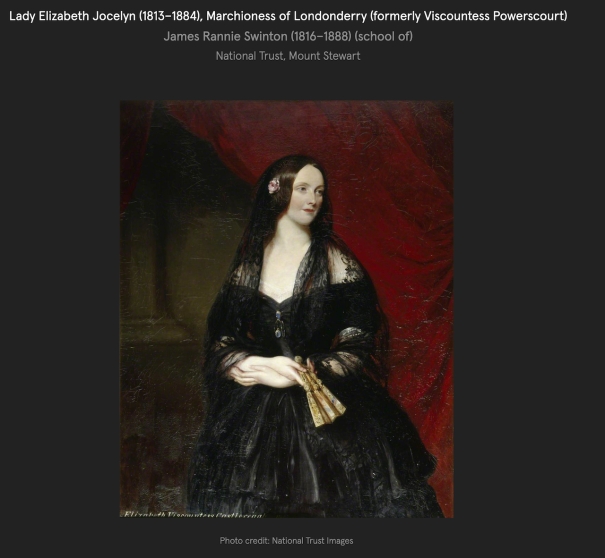
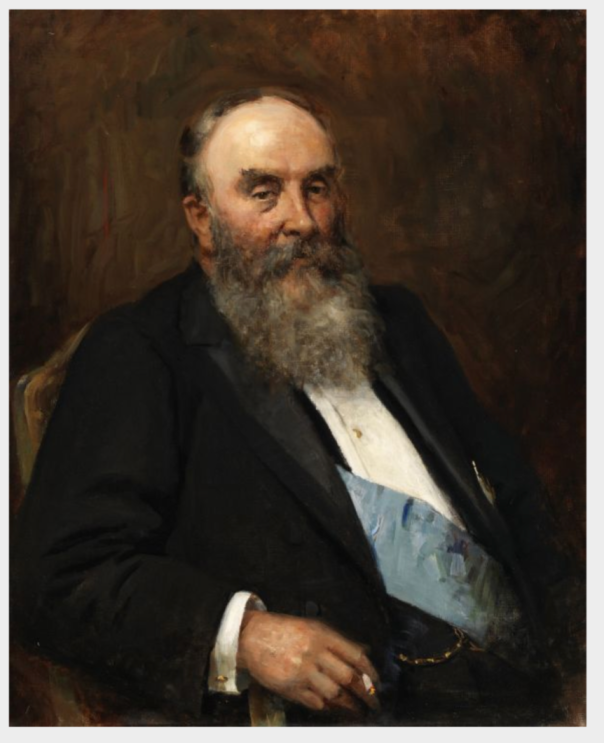
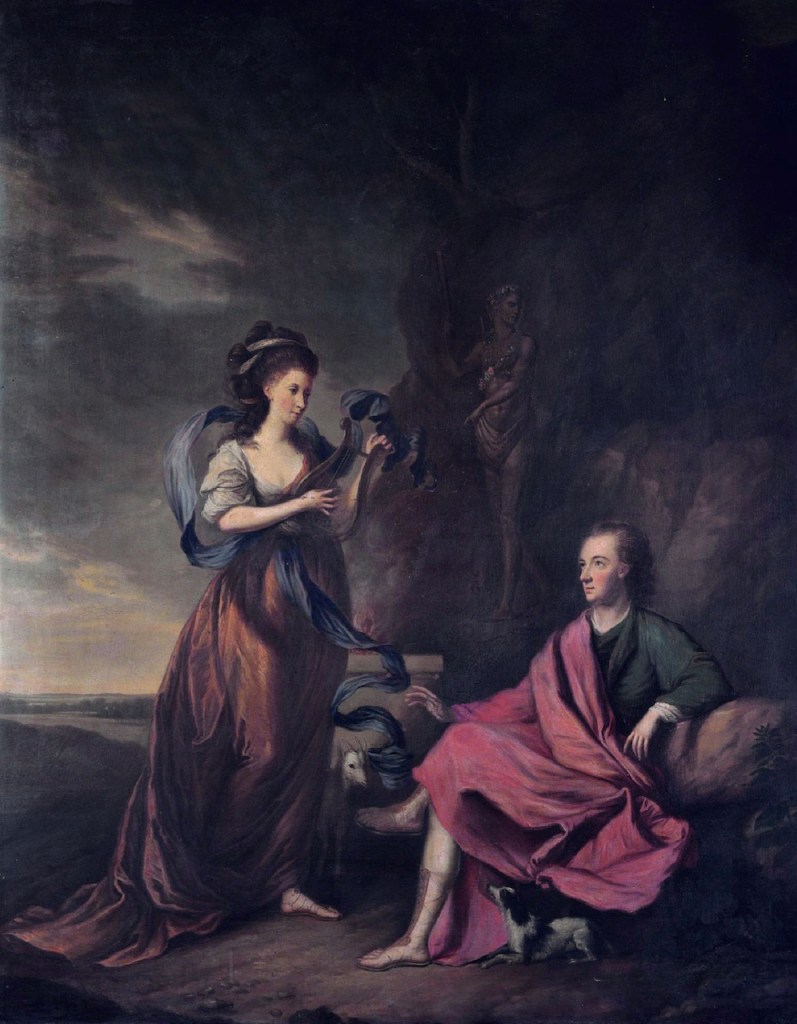

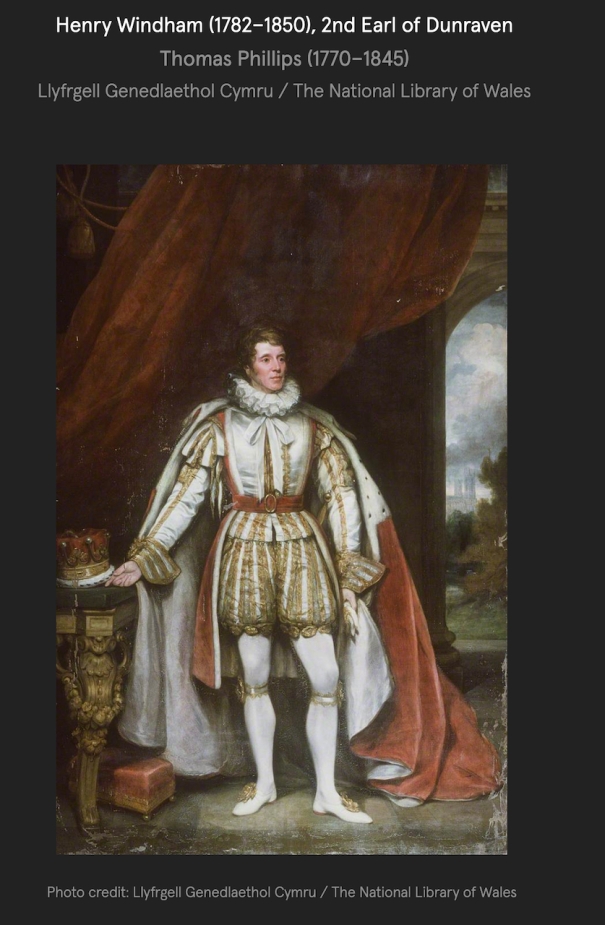

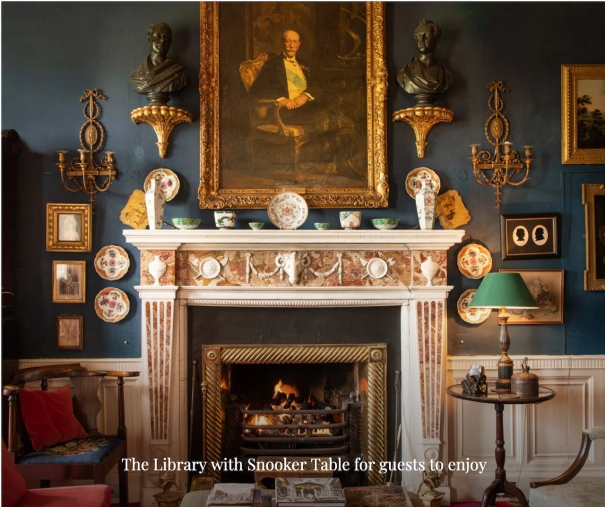

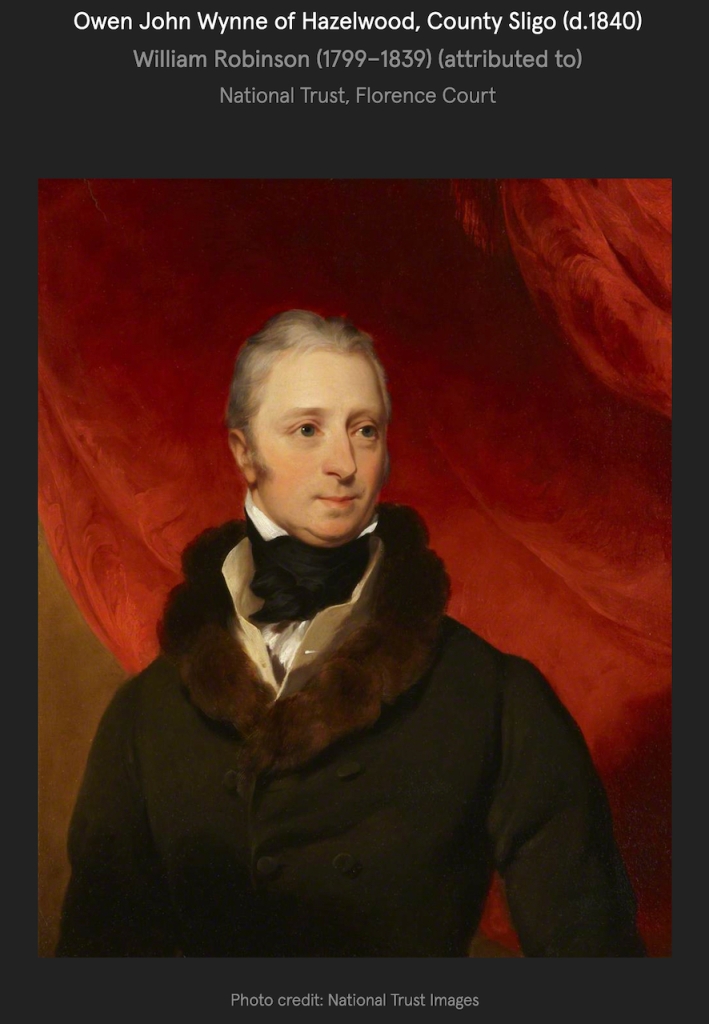
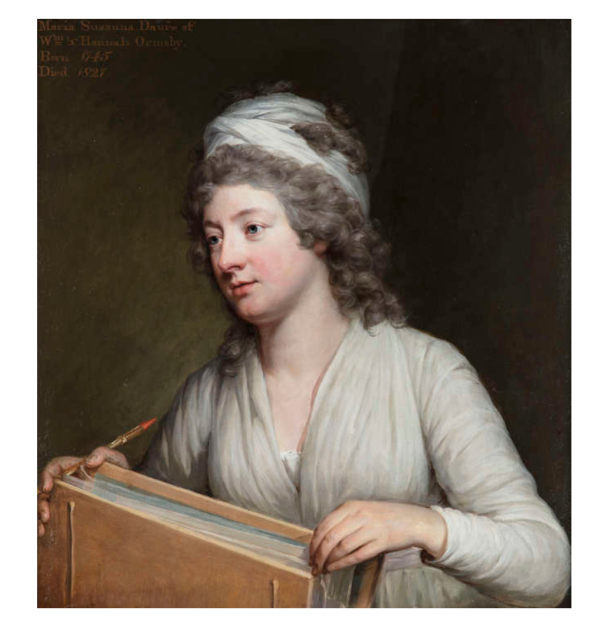
Y

























































www.powerscourt.ie
Open in 2025: Jan 1-Dec 24, 27-31, house and garden, 9.30am-5.30pm, ballroom and garden rooms, 9.30am-1.30pm
Fee: Jan-Oct, adult €14, OAP, €12, student €10.50, child €5.50, family €20, Nov-Dec, adult €10.50, OAP €9.50, student €9, child €5.50, Jan- Oct, concessions-family ticket 2 adults and 3 children under 18 years €33, concession-Nov-Dec family 2 adults and 3 children under 18 €25

I haven’t revisited Powerscourt Estate this year but I have been there many times, and as the lockdown continues for Covid 19, I will write another entry from previous visits and research. I want to write about Powerscourt in continuation of our Wingfield run!

It used to be that one went to the estate to see the 47 acres of landscaped gardens, since the house was gutted by fire in November, 1974, and remained closed for many years. The fire was probably due to a chimney fire that ignited. Since then, it has been gradually renovated. The Slazenger family, living in the house at the time of the fire, moved into a section of the wing that was not destroyed by the fire. Nowadays inside is a shopping mecca and lovely Avoca cafe, with a growing exhibition about Powerscourt estate itself. My family has been visiting Powerscourt estate since I was a child. The ultimate in romantic, with terraces, groves of trees, stone sculptures, nooks, the mossy labyrinth in the Japanese gardens, the “secret” boat house with its view onto the surface of the lake, and the Versailles-like Neptune fountain, the memory of its purple and grey dampness was an aesthetic touchstone for me when I lived in hot, dry, bright Perth and California.

In 1974, David Hicks tells us in his Irish Country Houses, a Chronicle of Change, only months before the fire, Stanley Kubrick filmed Barry Lyndon in the house, and the film shows the interiors of the house before they were destroyed.
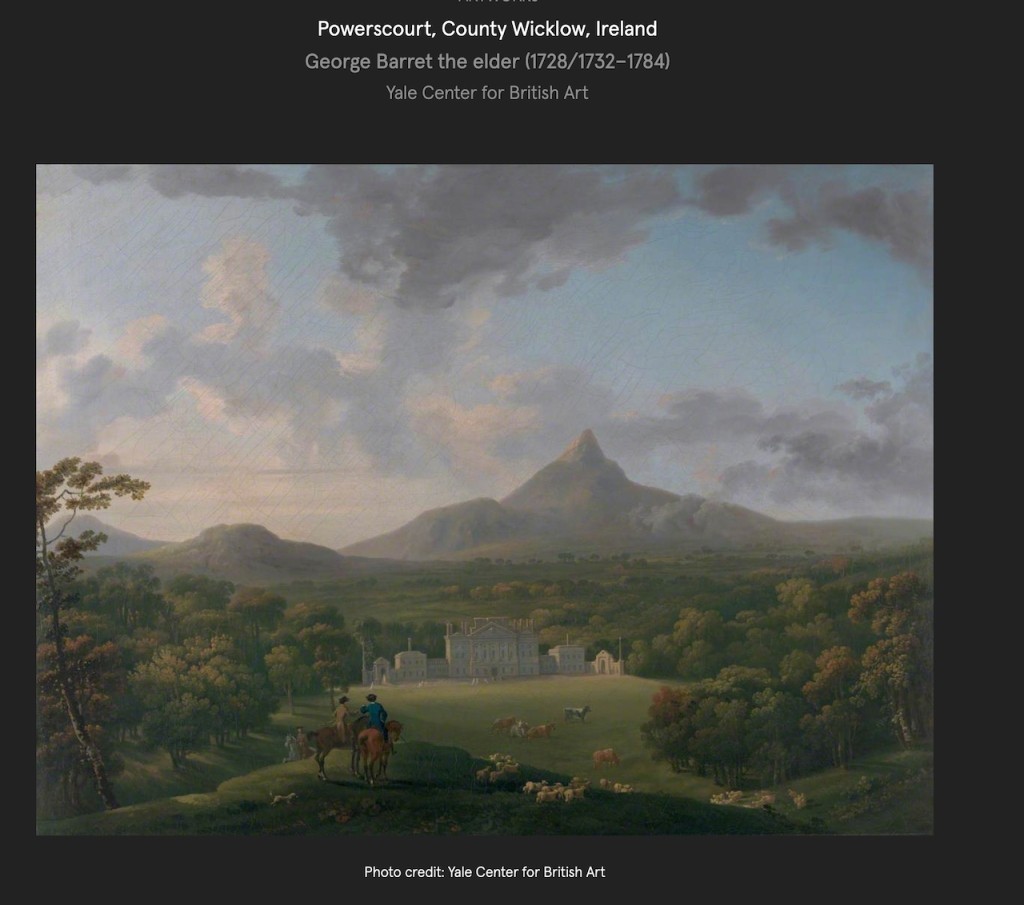
The estate is named after previous owners of the land, the Powers, or Le Poers. The site was a strategic military position for the Anglo-Normans in the 12th century, and by 1300 the Le Poers had built a castle there. In 1609 the land was granted to Richard Wingfield, Marshall of Ireland.
Richard (1697-1751) 1st Viscount Powerscourt (of 3rd creation) built Powerscourt, designed by Richard Castle (or Cassells) in 1728.
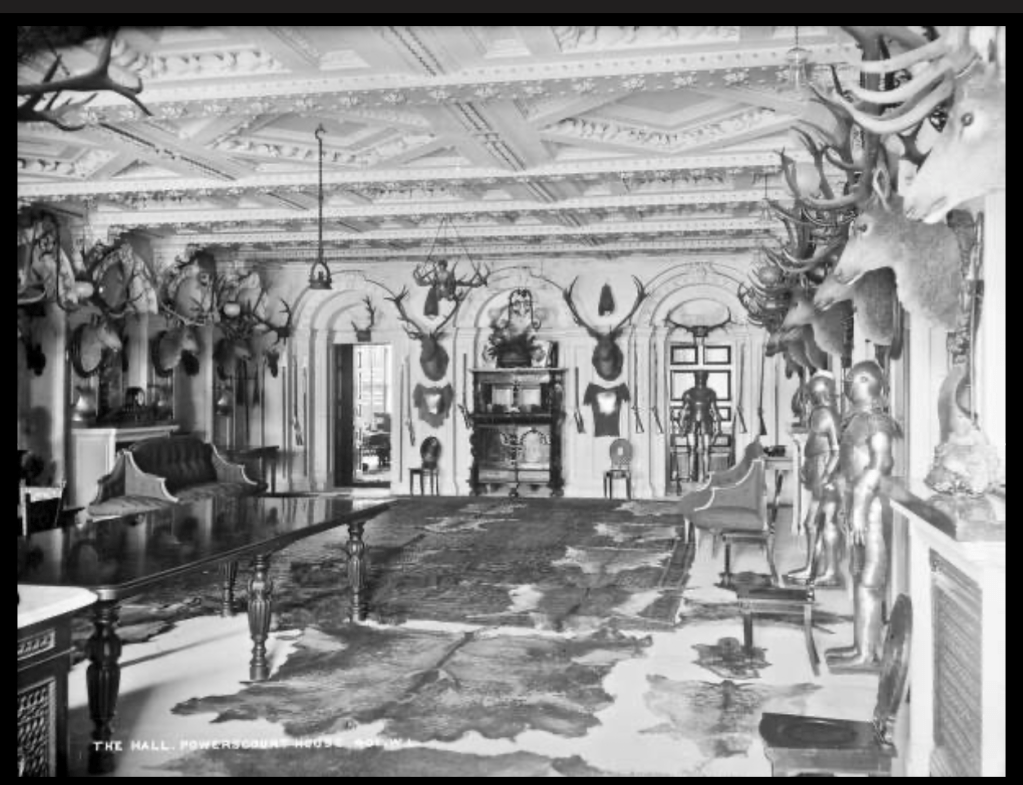
In 1961 the estate was sold by the 9th Viscount, Mervyn Patrick Wingfield, to Mr. Ralph Slazenger, and the Slazenger family still own it. [1] The same family owned Durrow Abbey near Tullamore in County Offaly (which they purchased in 1950, but it now belongs to the OPW). [2][3]
According to the Dictionary of Irish Biography, Richard Wingfield (1551?–1634) 1st Viscount Powerscourt, a soldier, was eldest son of Sir Richard Wingfield, governor of Portsmouth, and his wife Christian Fitzwilliam of Milton. He was born into a family with a strong martial tradition: his brothers and uncles bore arms for the crown in the Low Countries, France, and Ireland. He came to Ireland c.1573 to serve as a soldier under his uncle Sir William Fitzwilliam (1526-1599) who was twice Lord Deputy of Ireland. Richard then returned to fight overseas but returned to Ireland, where he fought with the rebel forces of Hugh O’Neill, Earl of Tyrone.
On 27 January 1600 he was made marshal of the Irish army and was a member of the Irish privy council by 24 March. He played a key role in organising the royal army during the latter part of the Nine Years War.
He played a prominent role in both the siege and battle of Kinsale in late 1601. He was granted the lands of Rebane, Queen’s County, in March 1602. After the final suppression of the rebellion, he was granted in October 1603 a 21-year lease of the district of Ferncullen (formerly held by the O’Tooles) in north Co. Wicklow. He established his residence there at Powerscourt castle. [4]
Richard Wingfield appealed to James I for the land in order to secure the district from the incursions of native Irish lords and the families who had previously occupied the land, such as the O’Tooles. [5] In 1609 the King granted him full ownership.
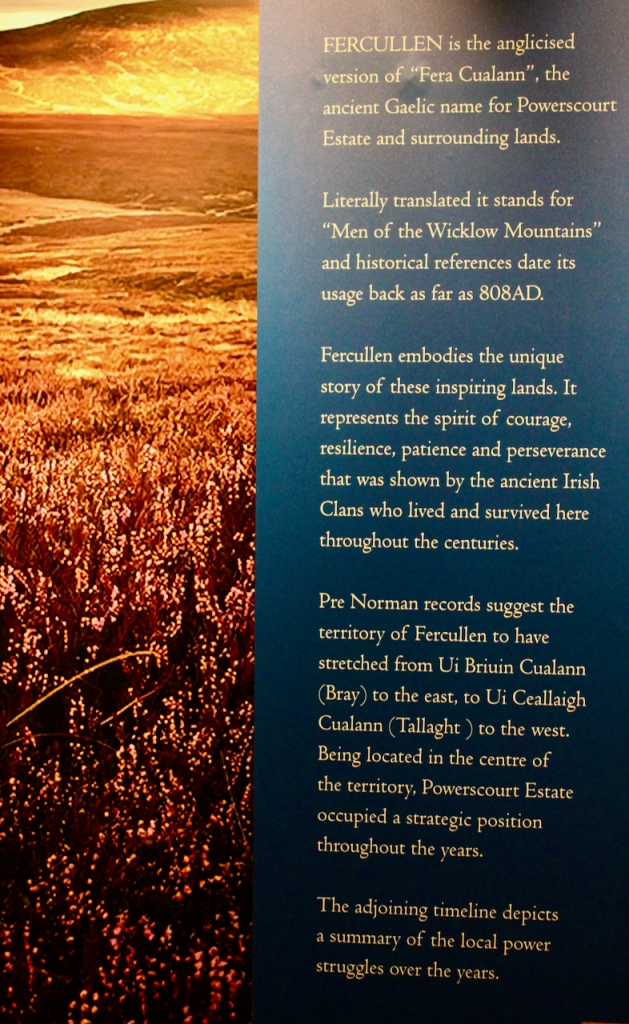


He also received 1,000 acres at Ballnabarney as part of the Wexford plantation in November 1613. He sat as MP for Downpatrick in the 1613–15 parliament after being rejected by the largely Scottish electorate of Co. Down, acting as one of the chief government spokesmen in the house of commons. On 1 February 1619 he was created Viscount Powerscourt, having paid £2,000. He died on 9 September 1634. [see (4)]
He had no children so his cousin Edward Wingfield (d. 1638) succeeded him. Although they are both Wingfields they were actually cousins through the Cromwell line. Richard had married Frances Rugge, widow of 3rd Baron Cromwell. Edward Wingfield (d. 1638) married Anne Cromwell, daughter of the 3rd Baron Cromwell and Frances Rugge.
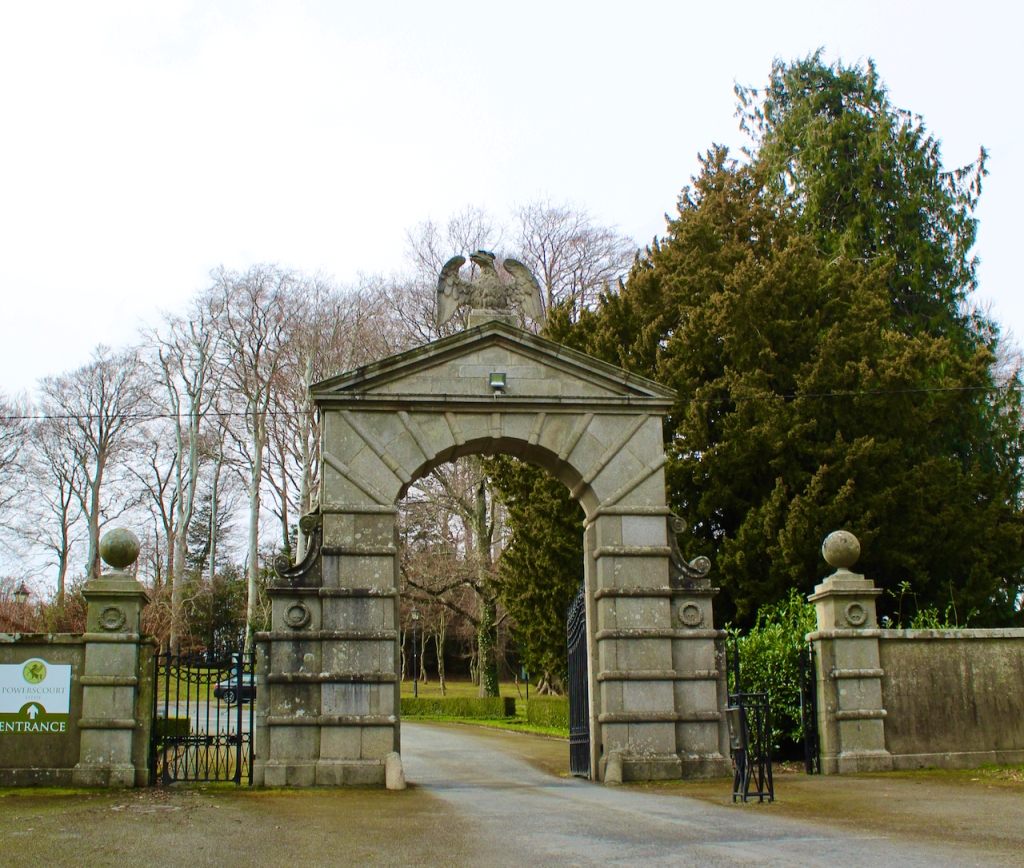
Edward Wingfield and Anne Cromwell had two sons: Lewis and Richard (d. 1644).
Richard (d. 1644), married Elizabeth Folliott daughter of Henry, 1st Lord Folliott, Baron of Ballyshannon, and they had a son Folliott Wingfield (1642-1717) who was created 1st Viscount Powerscourt in 1664/65. Folliott married Elizabeth, daughter of Roger Boyle, 1st Earl of Orrery. On his death, his title became extinct as they had no children.
The other son of Edward Wingfield and Anne Cromwell, Lewis, had a son Edward (d. 7 January 1728). Edward lived at Powerscourt, and was MP for County Wicklow. I suspect he moved to Powerscourt when Folliott Wingfield died. He married Eleanor Gore, daughter of Arthur, 1st Baronet Gore, of Newtown Gore, Co. Mayo. Their son Richard (1697-1751) was created 1st Viscount Powerscourt, of Powerscourt, Co. Wicklow in 1733/34. Their daughter Isabella married Henry King, 3rd Baronet of Boyle Abbey, County Roscommon [we will come across the King family when I write about King House in County Roscommon, a section 482 property.] Their daughter Sidney married Acheson Moore of County Tyrone. [6]

Richard (1697-1751) 1st Viscount Powerscourt was MP for Boyle, County Roscommon between 1727 and 1744, and was created a Privy Counsellor in 1746. He married twice. His first wife was Dorothy Ussher, daughter of William Ussher of Ussher’s Quay in Dublin. She died childless in 1723, and then he married Dorothy Rowley, daughter of Hercules Rowley of Summerhill, County Meath.

It was Richard 1st Viscount Powerscourt who built the Powerscourt house we see today. He incorporated some of the old building into a new residence he had built in 1728. According to Sean O’Reilly in Irish Houses and Gardens. From the Archives of Country Life, the 1974 fire exposed the fabric of the history of the house. He writes:
“The original structure consisted of a low range incorporated in the two bays to the left of the entrance. This appears to have been a long, two-storey, rectangular block, raised to a third storey in later development, and retaining, in one corner, a cross-shaped angle-loop. The vaulted room on the ground floor in this range survived into later remodellings. This earliest block, which dates from no later than the fifteenth century, was extended by a connecting block now incorporated in the garden front and, finally, by a third rectangular range fronted by the two bays on the right of the entrance, creating a U-plan.” [2]
The Wicklow house built for Richard Wingfield was designed by Richard Castle (or Cassels), who had worked with Edward Lovett Pearce. Both Lovett Pearce and Cassels favoured the Palladian style, and Cassels took over all of Lovett Pearce’s commissions after his untimely death aged just 34. Cassels worked on Carton, designed Russborough House (another section 482 house https://irishhistorichouses.com/2020/11/08/russborough-house-blessington-county-wicklow/ ) and Leinster House.
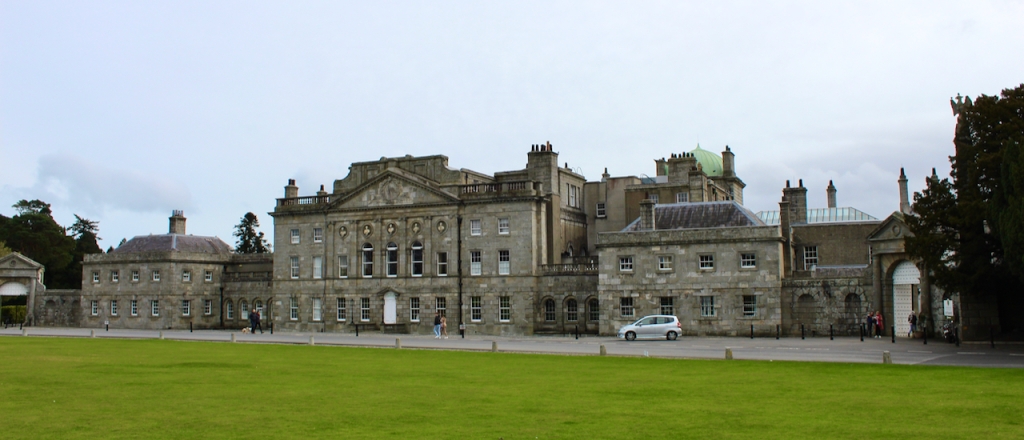
Powerscourt consists of a three storey centre block (see photograph above) joined by single-storey links to two storey wings, in the Palladian style. Borrowing from Mark Bence Jones’s description in his Irish Country Houses, the centre block has nine bays and the entrance front is made of granite. [6] There is a five bay breakfront in the centre of the middle block front facade, with a pediment of six Ionic pilasters (Ionic pillars have scrolls) standing on the bottom storey, which is, according to Bence-Jones, treated as a basement, and rusticated (rustication is the use of stone blocks with recessed joints and often with rough or specially treated faces, which is generally confined to the basement or lower part of a building). (see [6]) The pediment contains the arms of Richard Wingfield and his wife Dorothy Rowley.
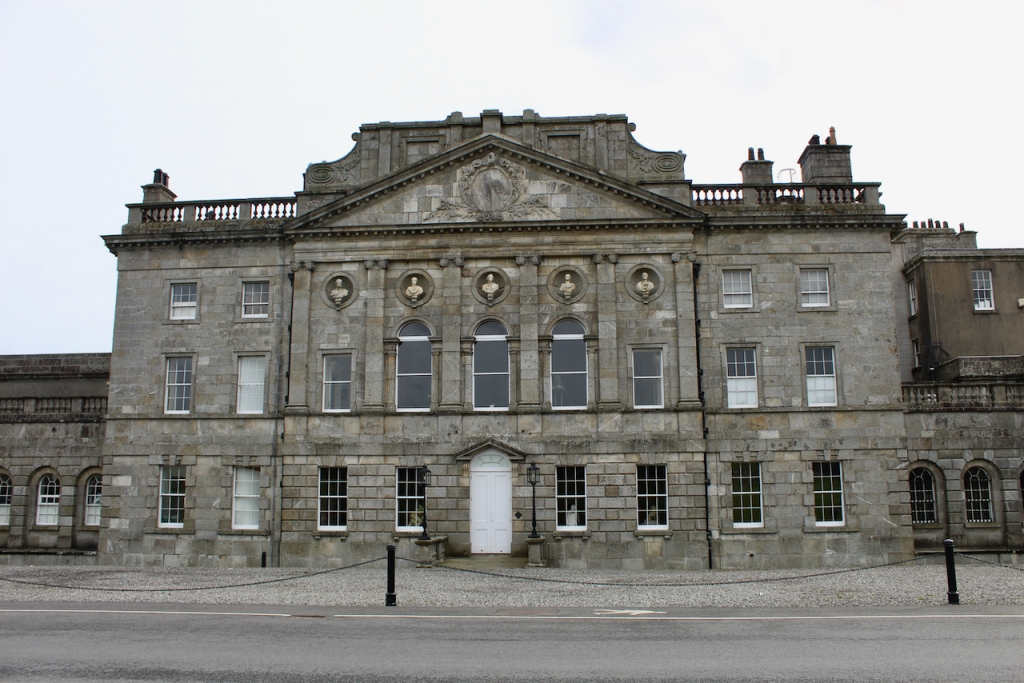
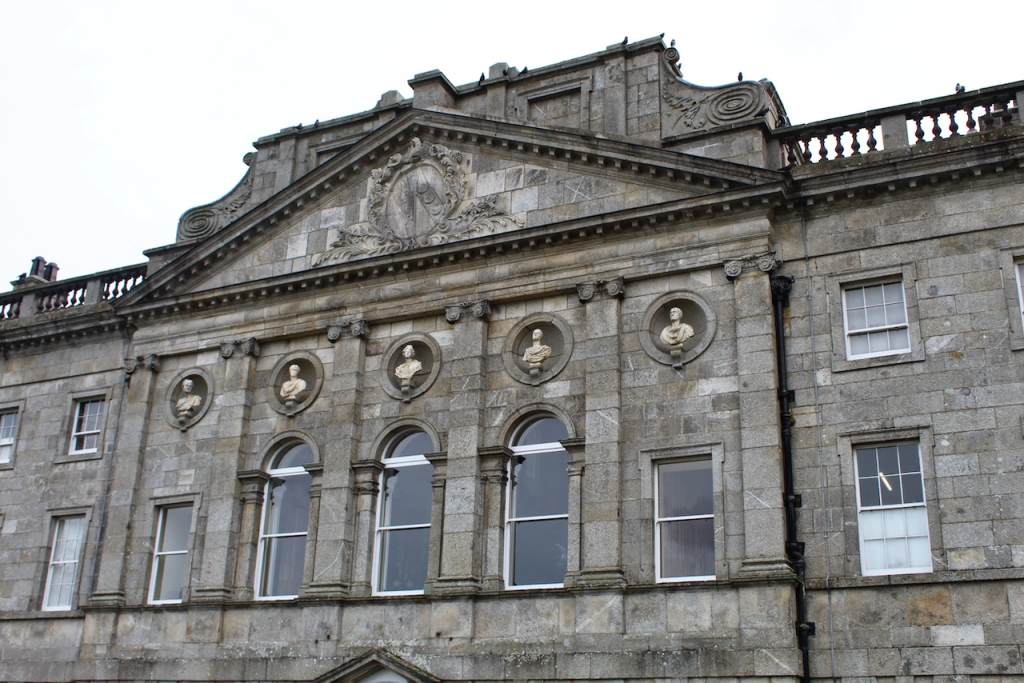
Between the pilasters on the breakfront are rondels containing busts of Roman emperors, and a female in the centre rondel. The 7th Viscount called the bust in the middle “Empress Julia” after his wife. He purchased the busts of Caesar in London. They came from Maidenhead, Buckinghamshire, and once belonged to the Duke of Sussex.
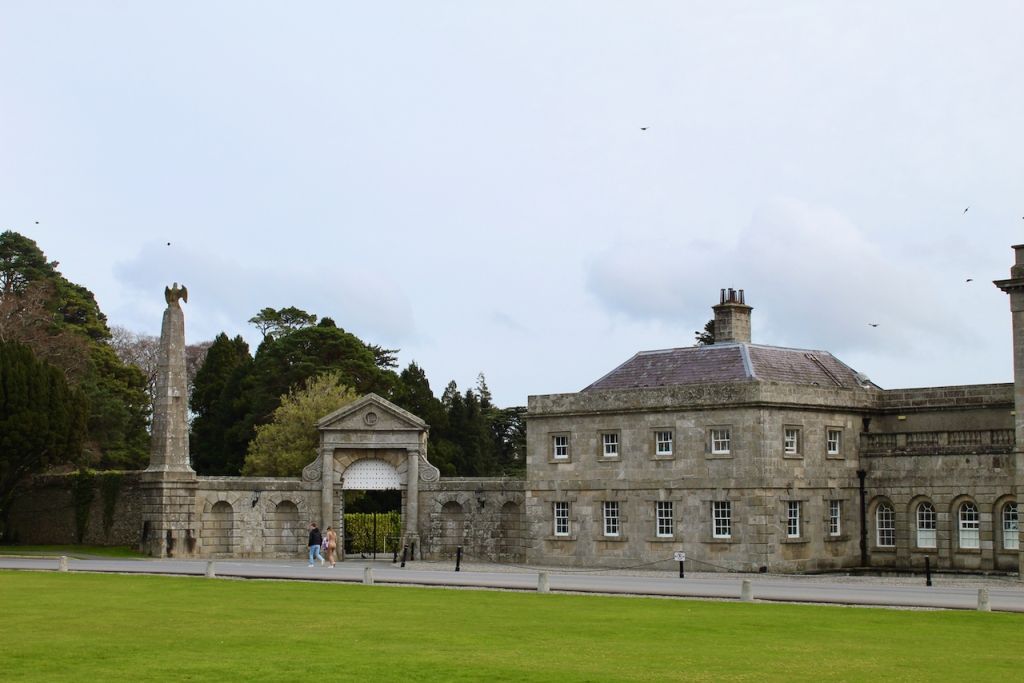
The four bay links as well as the central block have balustraded parapets. The wings have four bays, and the facade is prolonged beyond them by quadrant walls, each interrupted by a pedimented Doric arch and ending in an obelisk carrying an eagle, the Wingfield crest. [8]
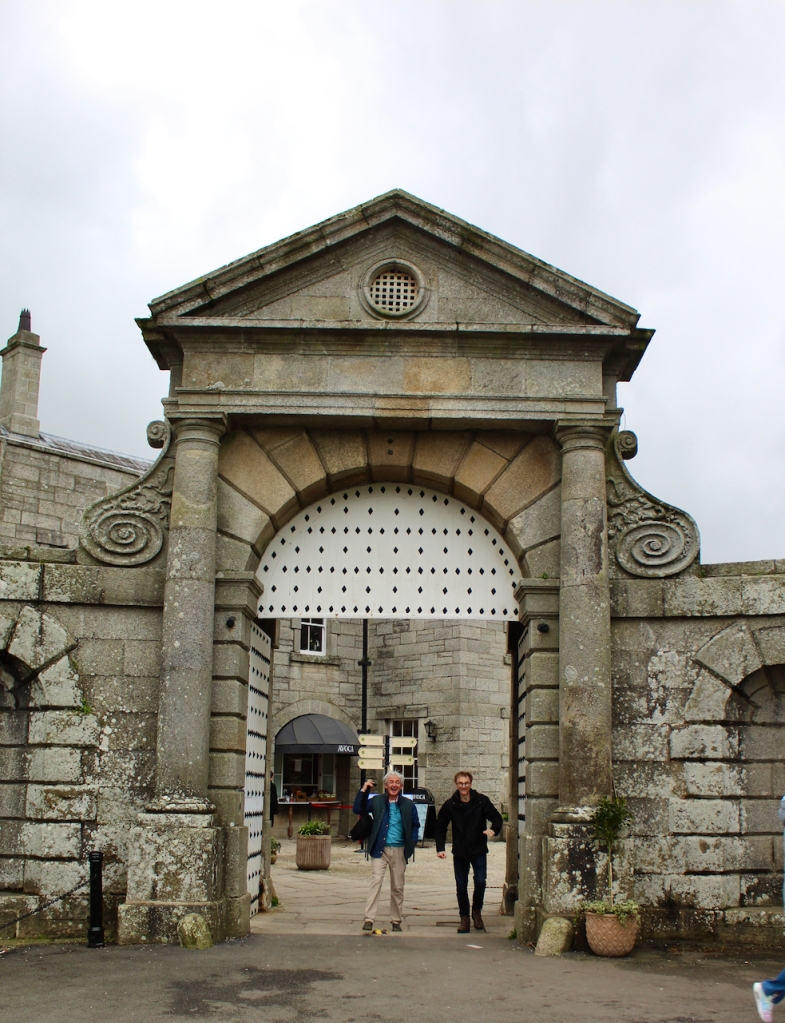

The garden front, pictured above, has seven bays between two bows on either end, and the bows are topped with copper domes. One side has a two storey wing. The garden slopes down to a lake in a magnificent series of terraces. Powerscourt was built with sixty-eight rooms!
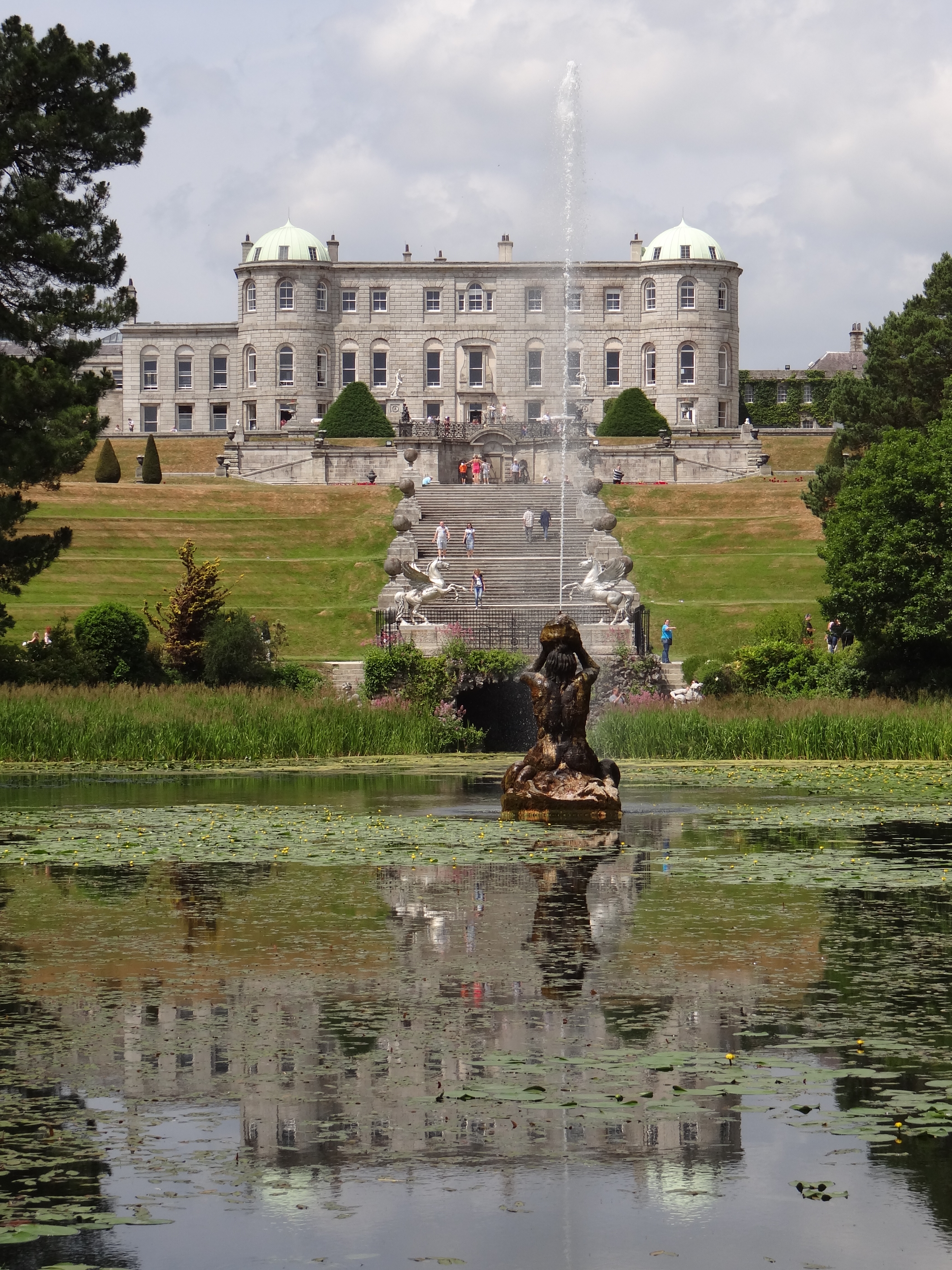
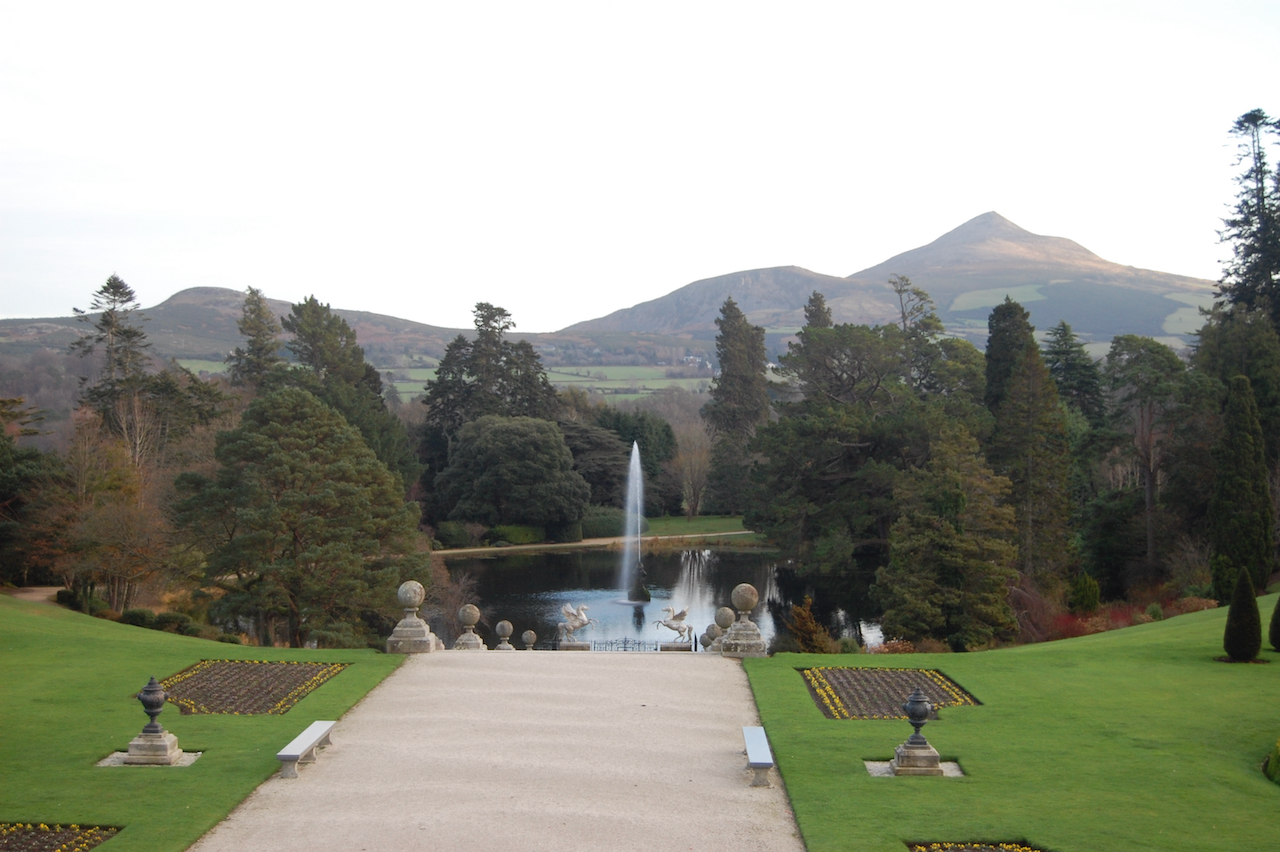
Richard and Dorothy had two sons. The first, Edward, 2nd Viscount Powercourt, died childless, so his brother, Richard (1730-1788), became 3rd Viscount Powerscourt.
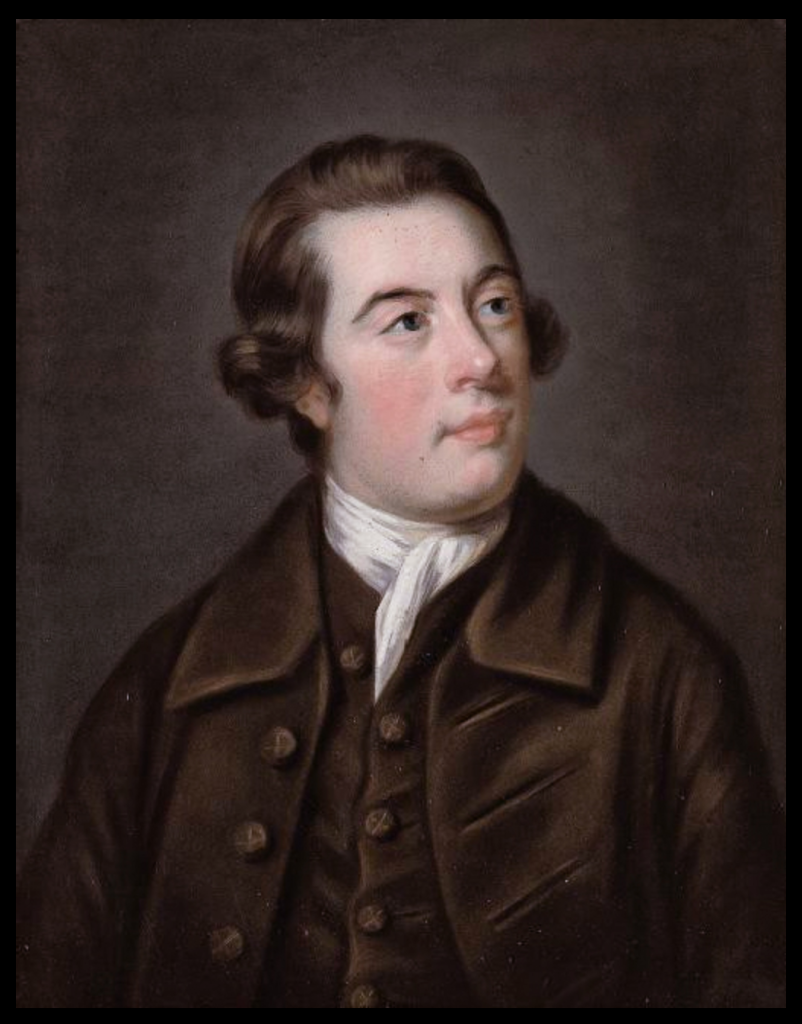

I wrote about the history of the Wingfield family briefly in my entry for Powerscourt Townhouse. [9] Seven years after inheriting the title, Richard 3rd Viscount began the building of Powerscourt Townhouse, so that he had a grand Palladian home in Dublin for residing and entertaining, when not living in his estate in Wicklow. He married Amelia Stratford, daughter of John Stratford, the 1st Earl of Aldborough. For the rest of the Wingfield successors, see [10] and also the Powerscourt website and see my entry about Powerscourt Townhouse https://irishhistorichouses.com/2020/04/02/powerscourt-townhouse-59-south-william-street-dublin-2/

Richard and Amelia’s son Richard 4th Viscount Powerscourt was brave enough to vote against the Act of Union in 1800, upsetting his neighbours. He married, firstly, Lady Catherine Meade, daughter of John Meade, 1st Earl of Clanwilliam County Tipperary, who gave birth to the heir and “two spares.” Catherine’s sister married the 10th Earl of Meath. After her death, he married Isabella Brownlow, daughter of William, MP for Armagh, and they several more children.
His son Richard (1790-1823) became the 5th Viscount and Richard’s son Richard (1815-1844), the 6th Viscount. The 5th Viscount married Frances Theodosia Jocelyn, daughter of the 2nd Earl of Roden, and the 6th Viscount married Elizabeth Frances Charlotte Jocelyn, daughter of the 3rd Earl of Roden.
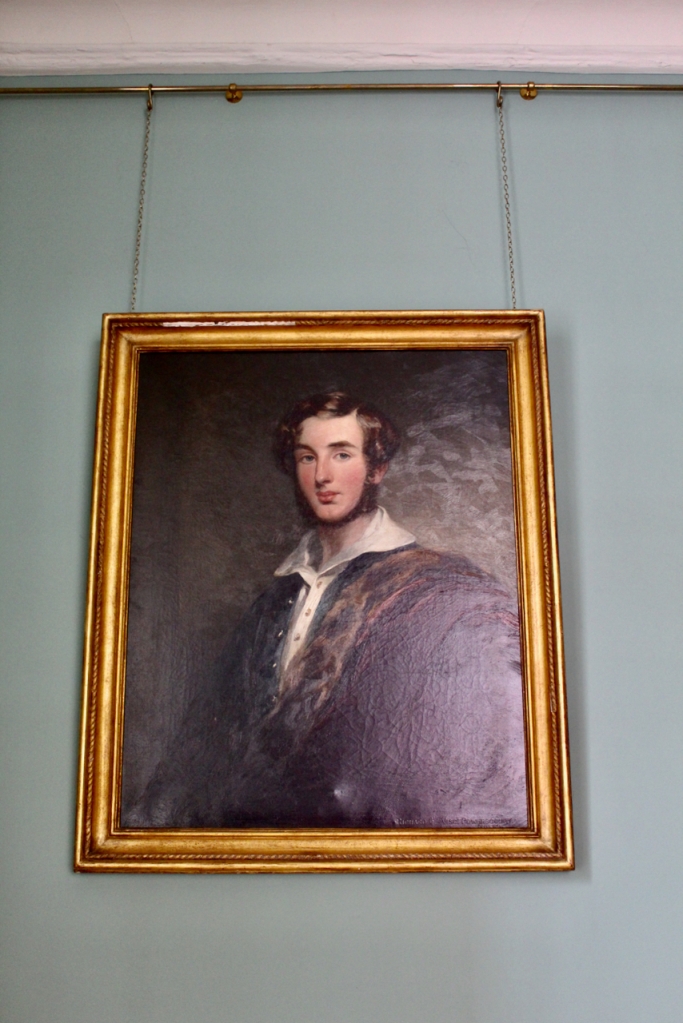

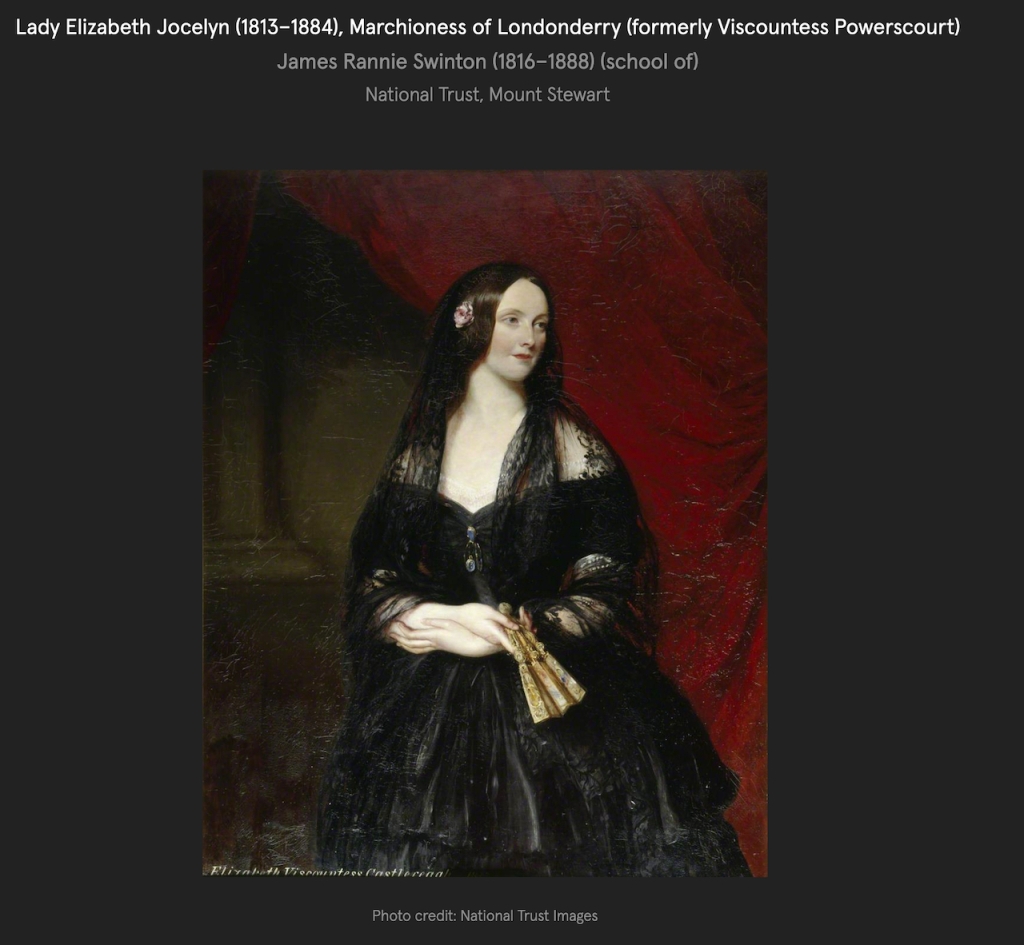
From 1842 onwards, the 6th Viscount of Powerscourt employed Daniel Robertson of Kilkenny to improve the gardens. Robertson created Italian gardens on the terraces, with broad steps and inlaid pavement, balustrades and statues. In the fountain below the “perron” of the main terrace, Mark Bence-Jones tells us, there is a pair of bronze figures of Eolus, “which came from the Palais Royale in Paris, having been sold by Prince Napolean 1872 to the 7th Viscount [Mervyn Edward Wingfield], who completed the garden.”
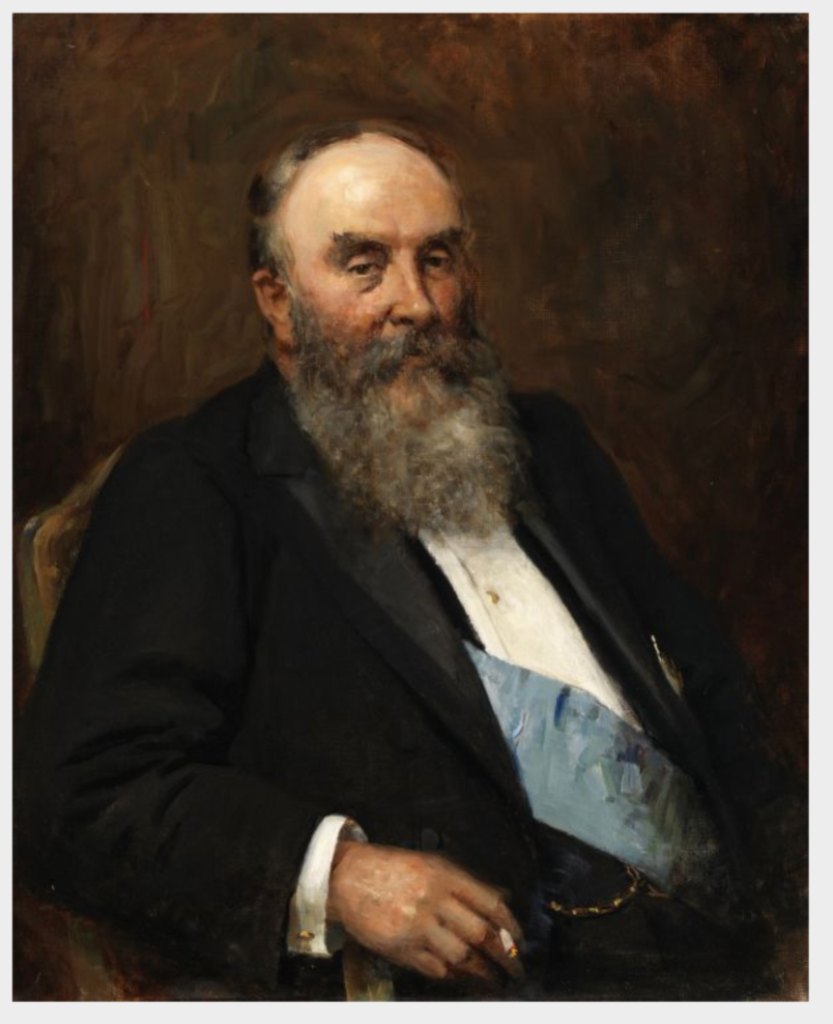
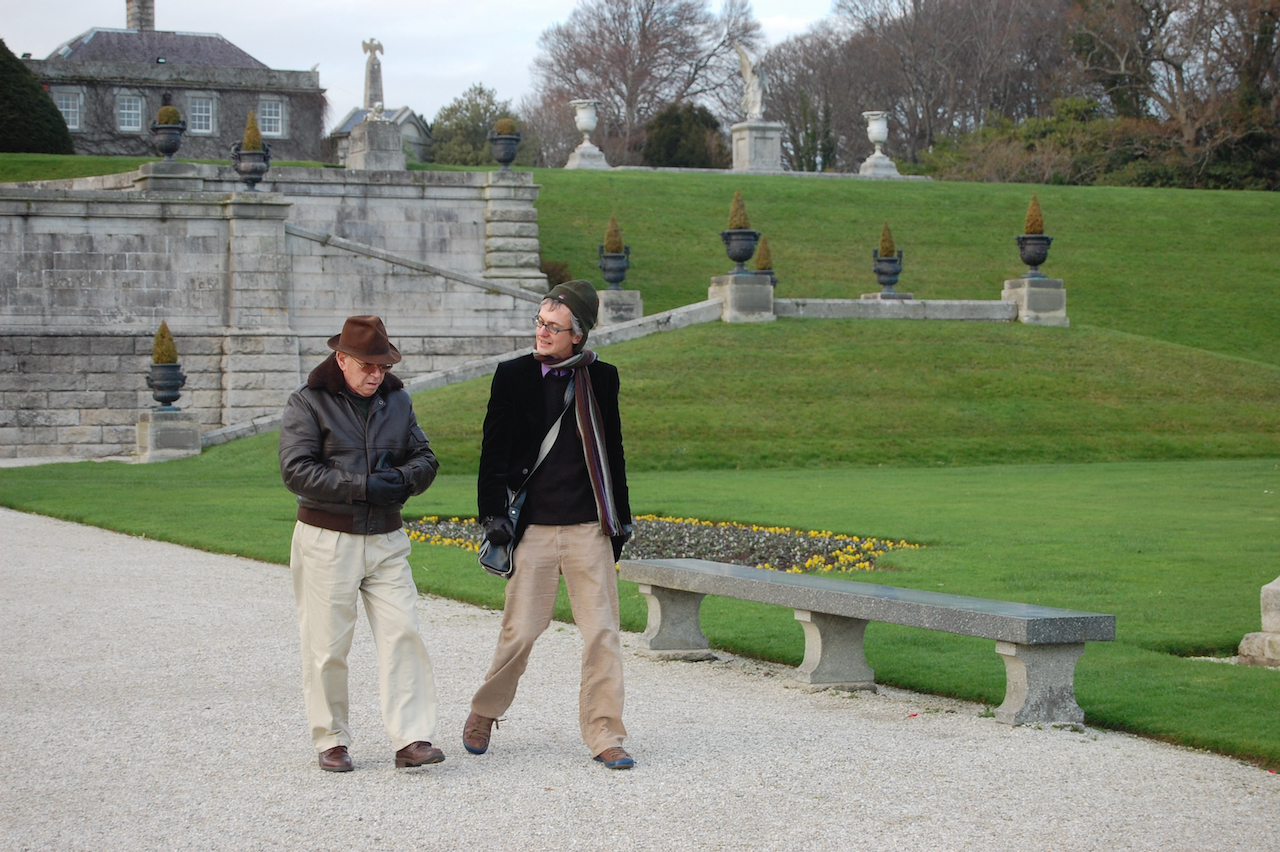

Robertson lived in Powerscourt while carrying out work for that estate.
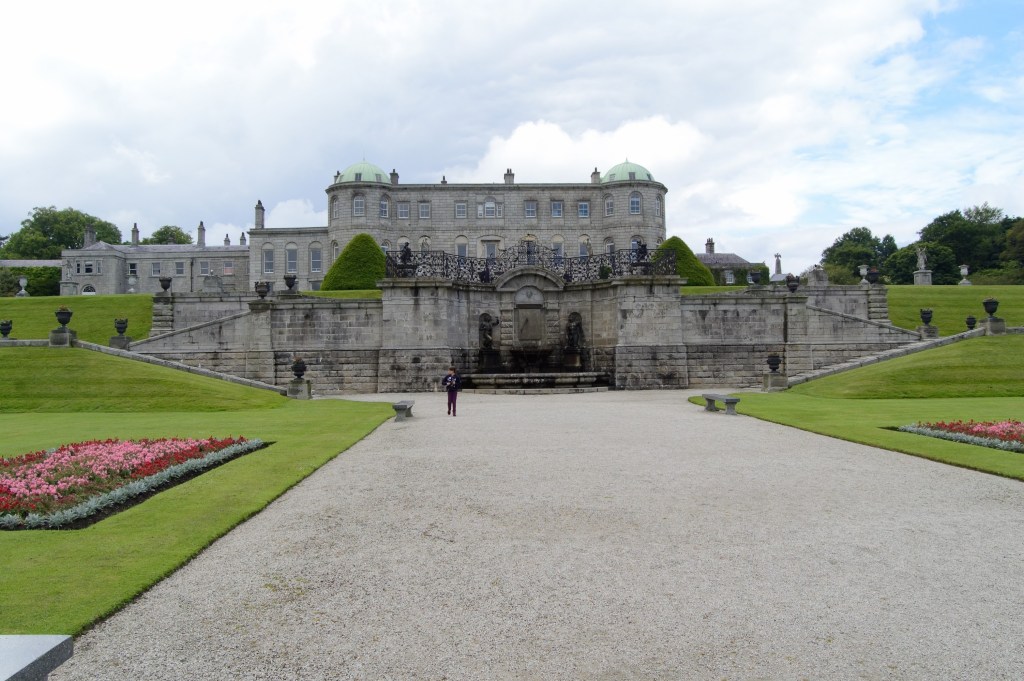
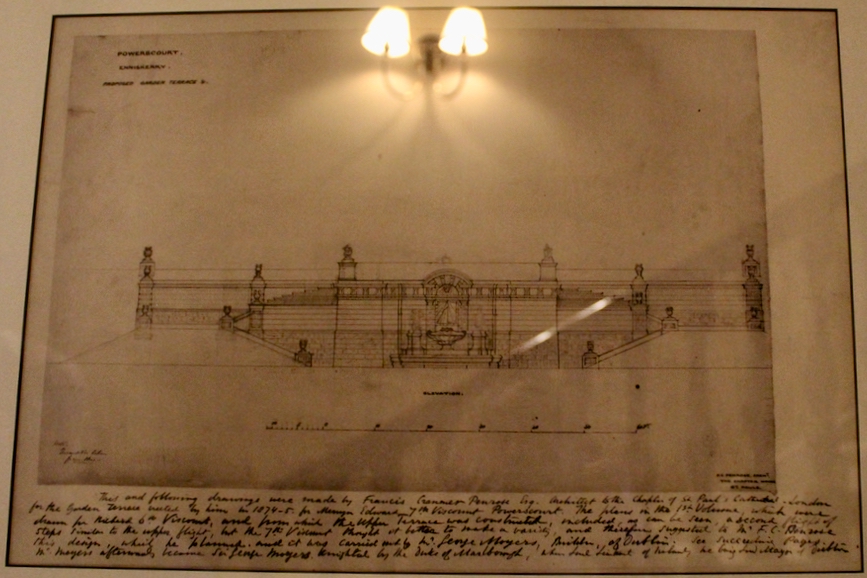
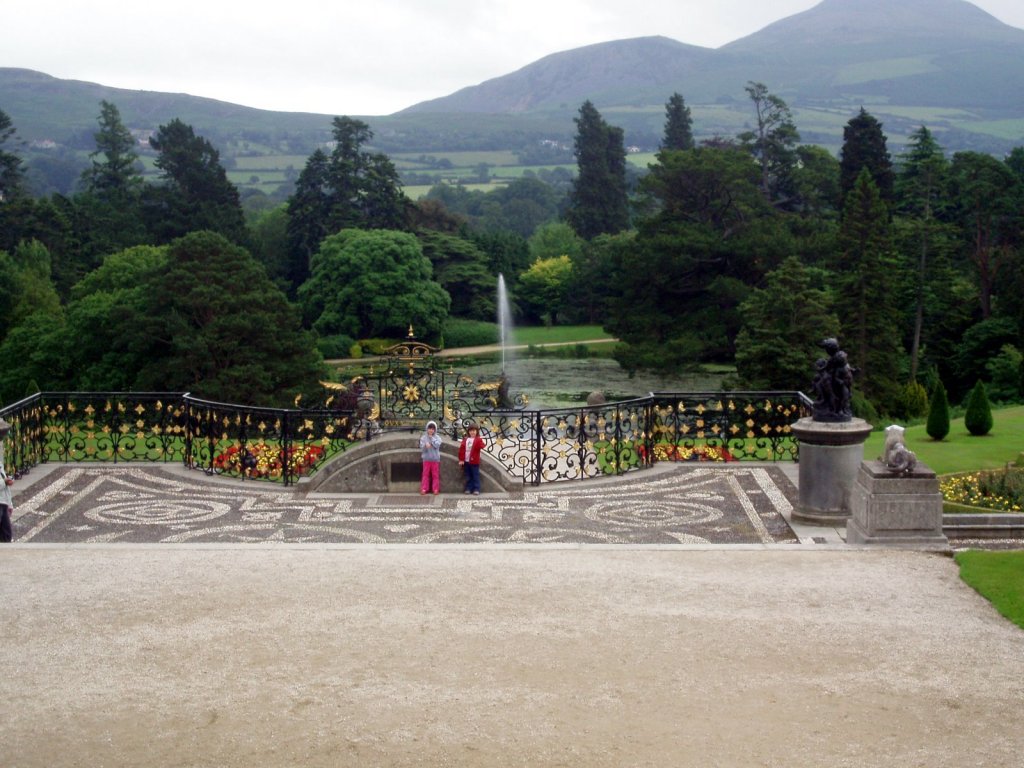
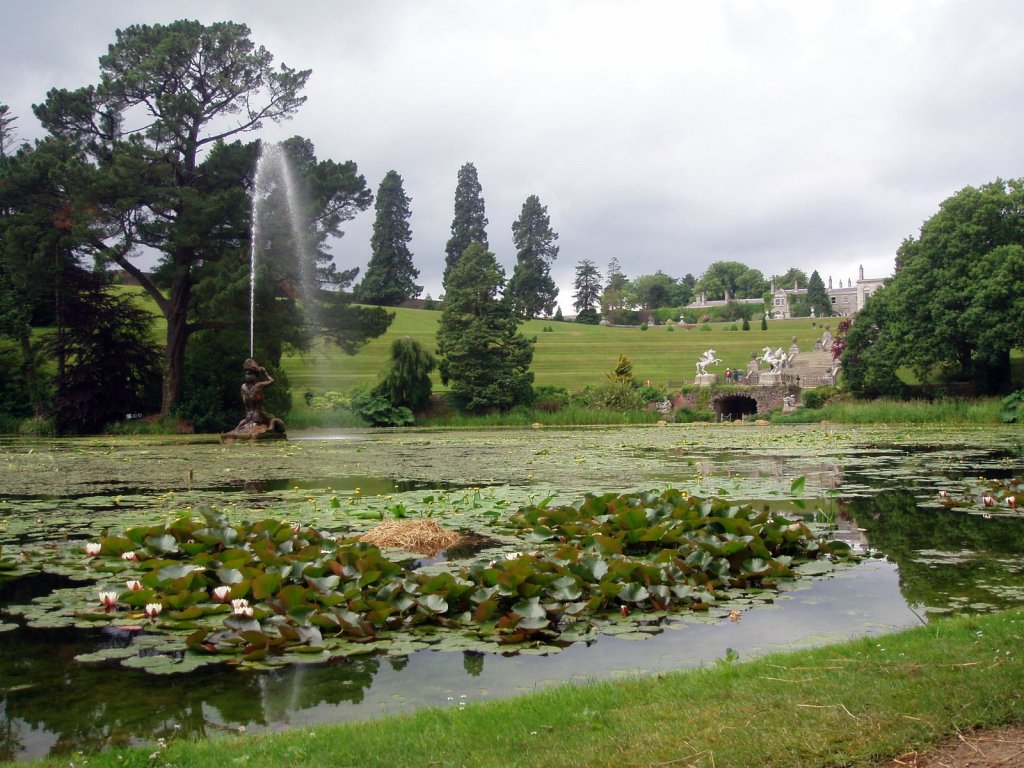
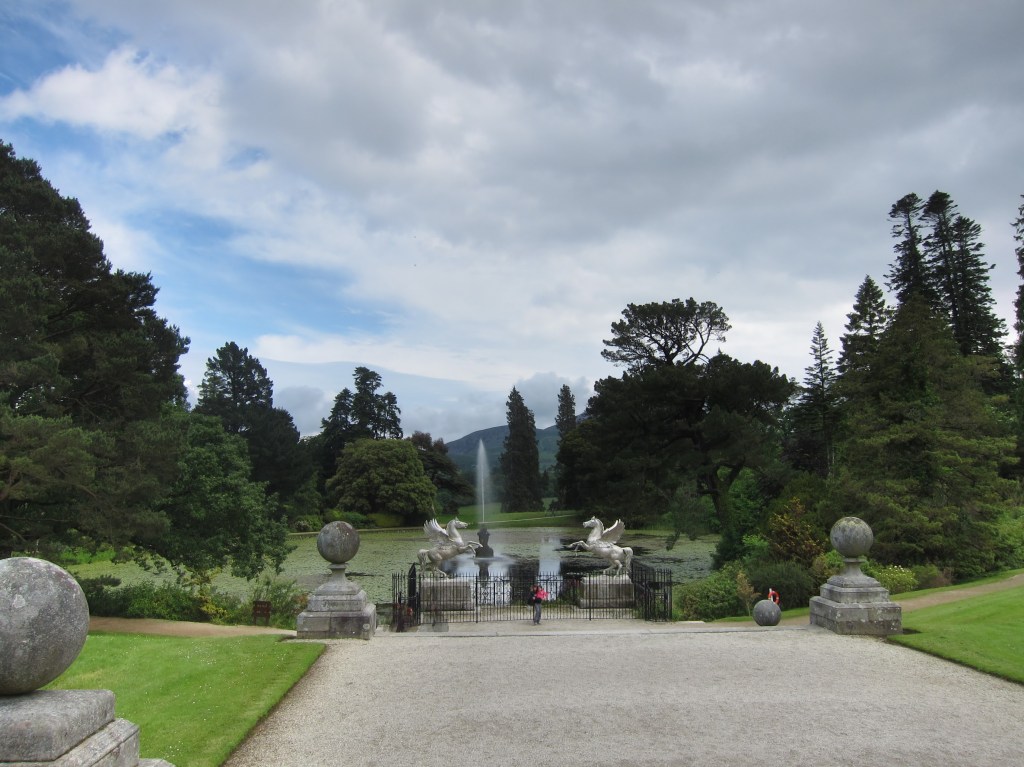
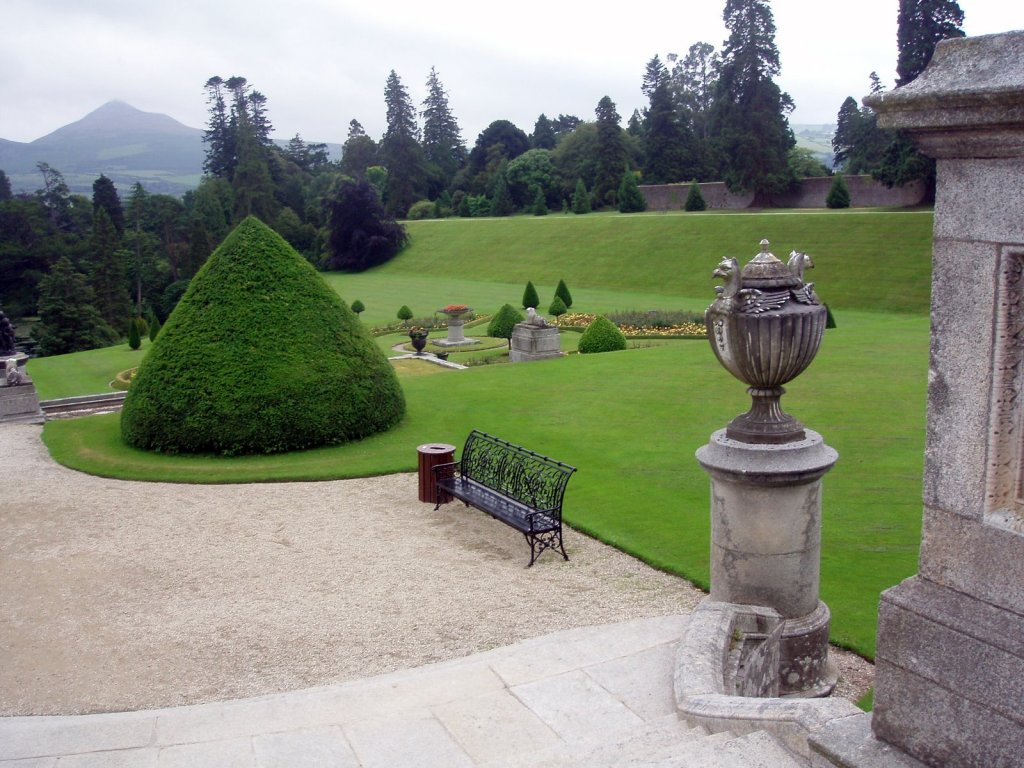
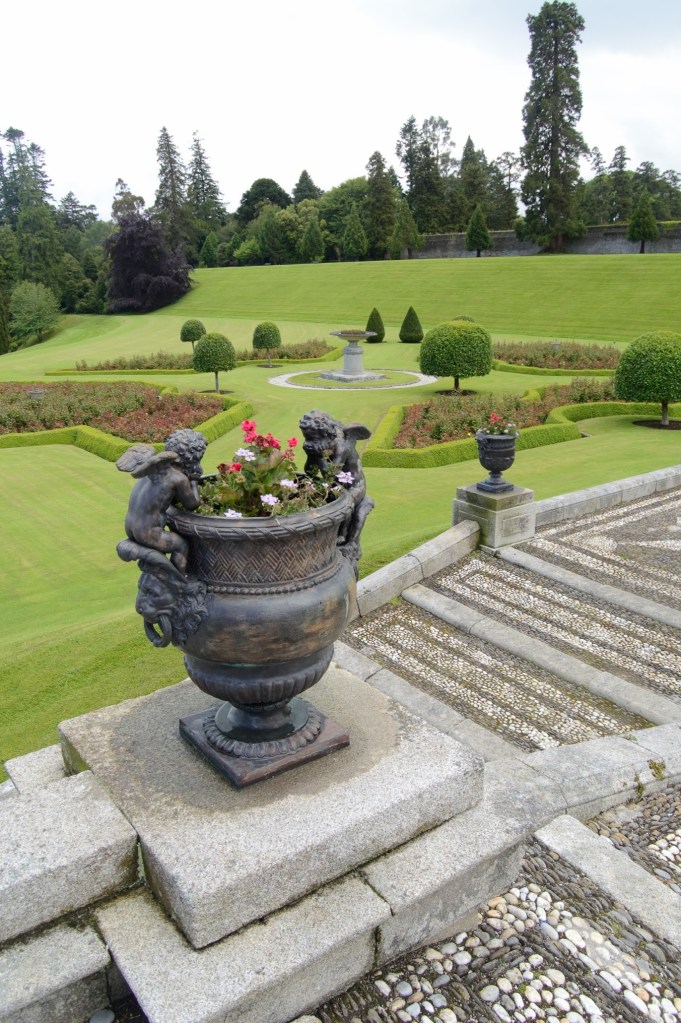
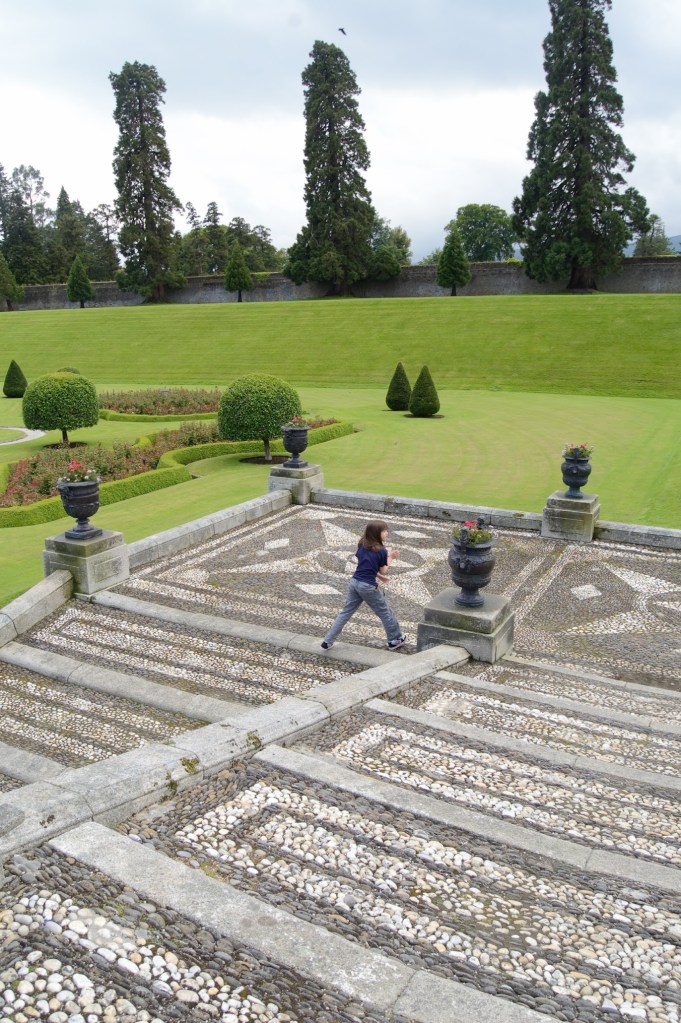
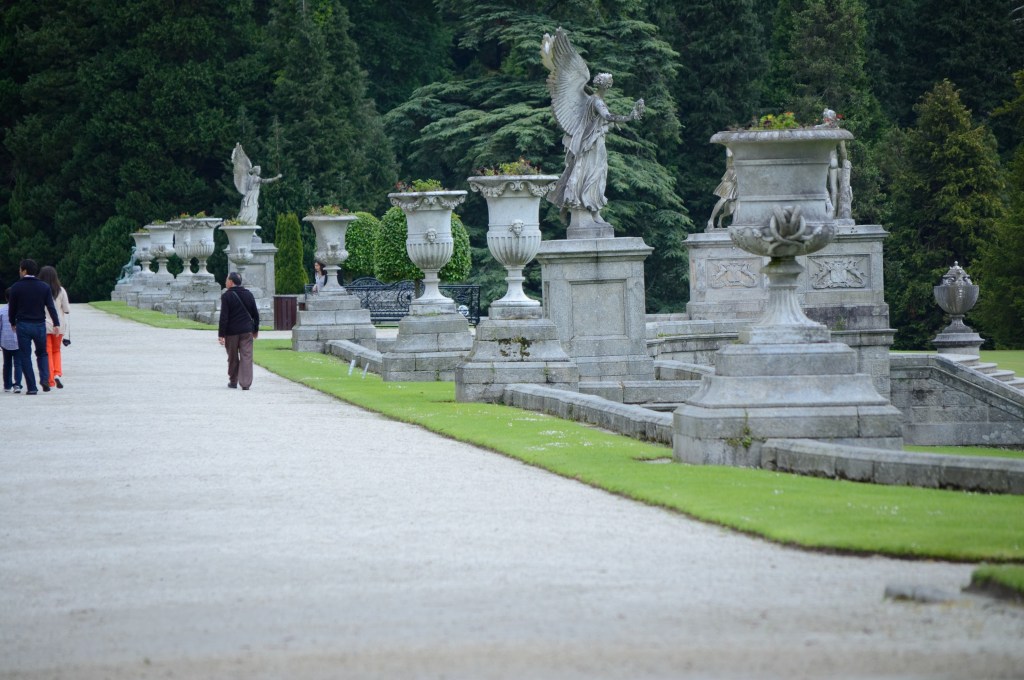


The garden work was continued by F.C. Penrose when Daniel Robertson died in 1849 while working on the gardens at Lisnavagh, County Carlow. Apparently Robertson was often the worse for wear during his work, as he was fond of the sherry. He took to directing from a wheelbarrow, as he had gout and difficulty walking – maybe not just due to the gout!

Robert O’Byrne tells us that Daniel Robertson was born in America, and that he was one of the most influential garden designers to work in Ireland in the second quarter of the 19th century.


Mervyn Wingfield, 7th Viscount Powerscourt sought to create gardens similar to those he had seen in the Schonbrunn Palace in Vienna and at the Palace of Versailles. His task took twenty years, completed in 1880. He enlisted the help of Alexander Robertson.


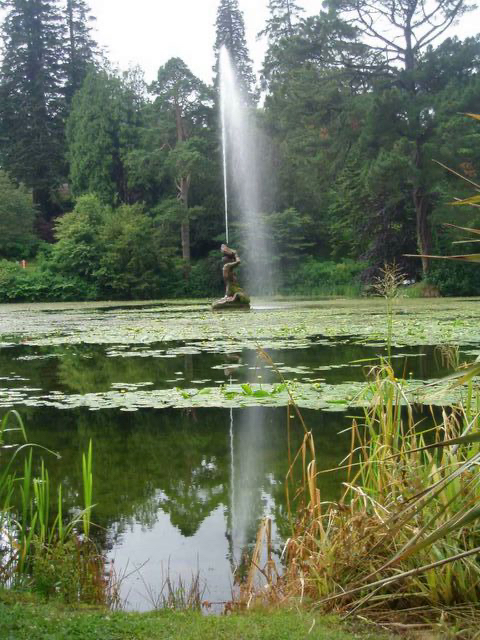
There are many more elements of the garden to explore, such as the Japanese gardens, the pet cemetery, the pepperpot tower, and the walled gardens. I only recently discovered the pepperpot tower! When I visited the gardens with my parents, we must have always been too tired as a family, after exploring the rest, to walk up from the Japanese gardens to the pepperpot tower!
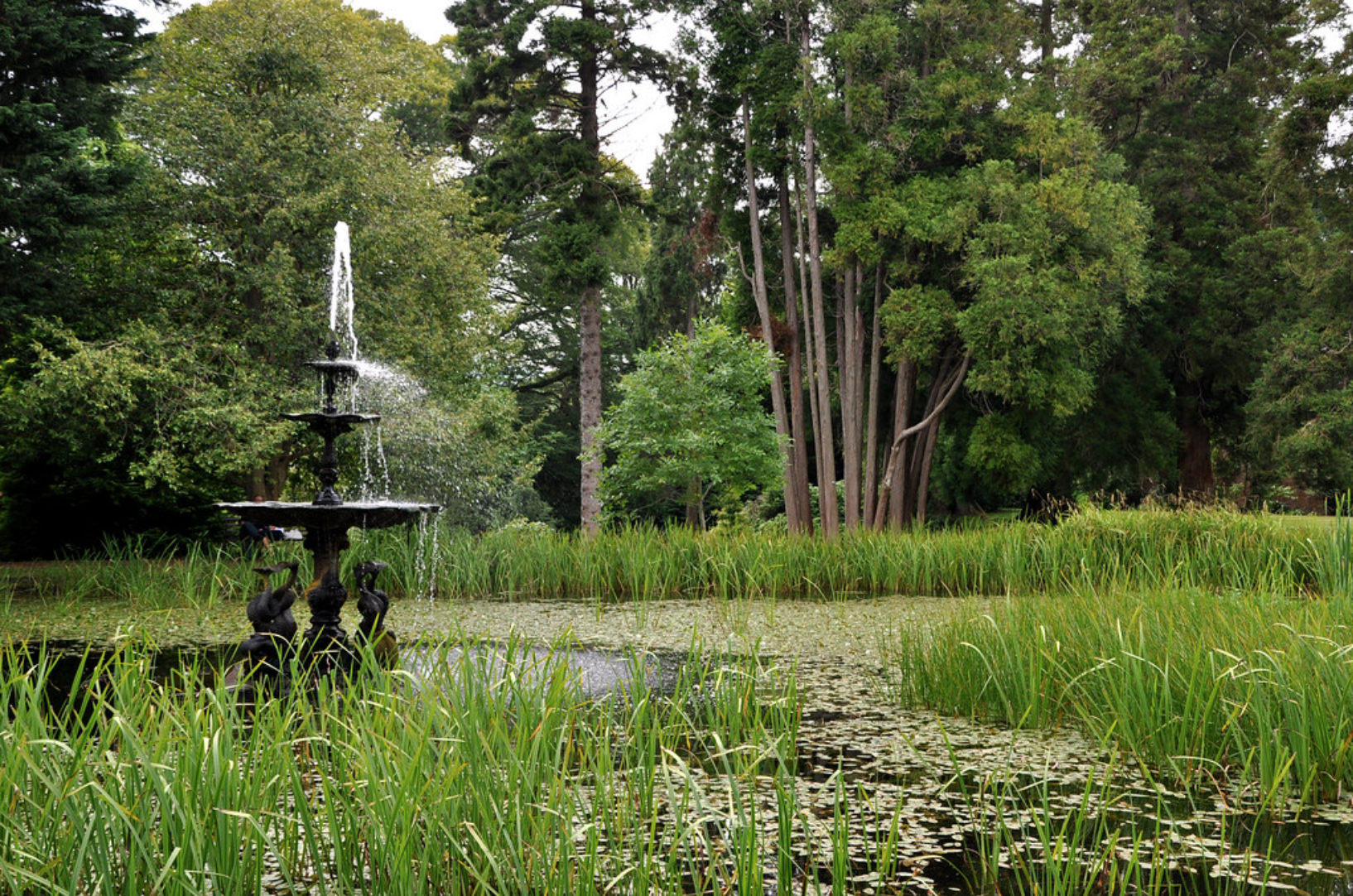
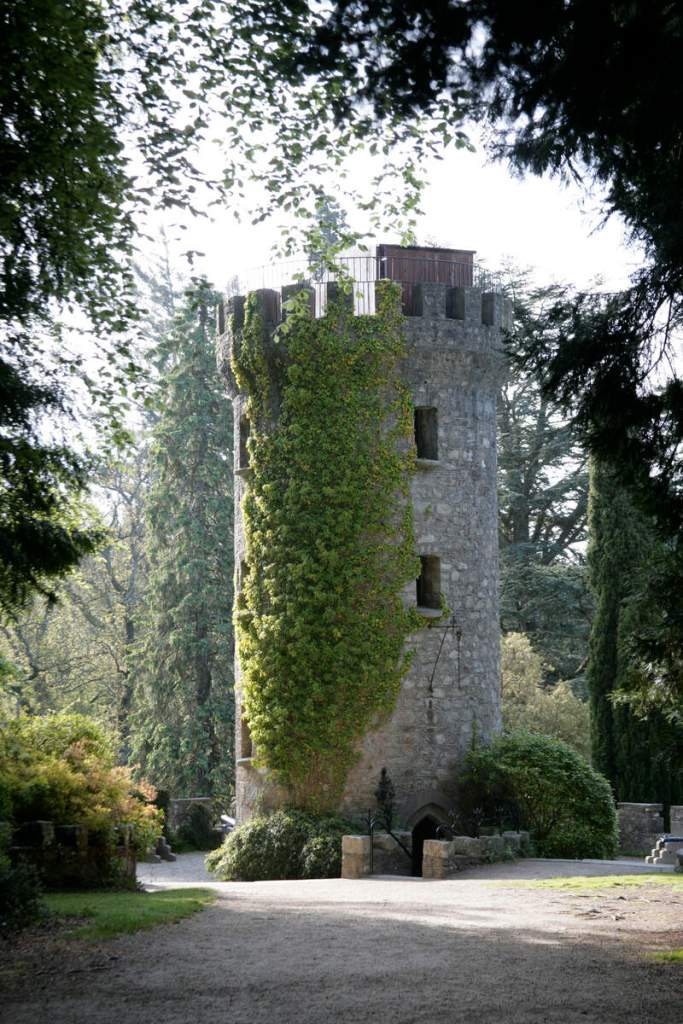
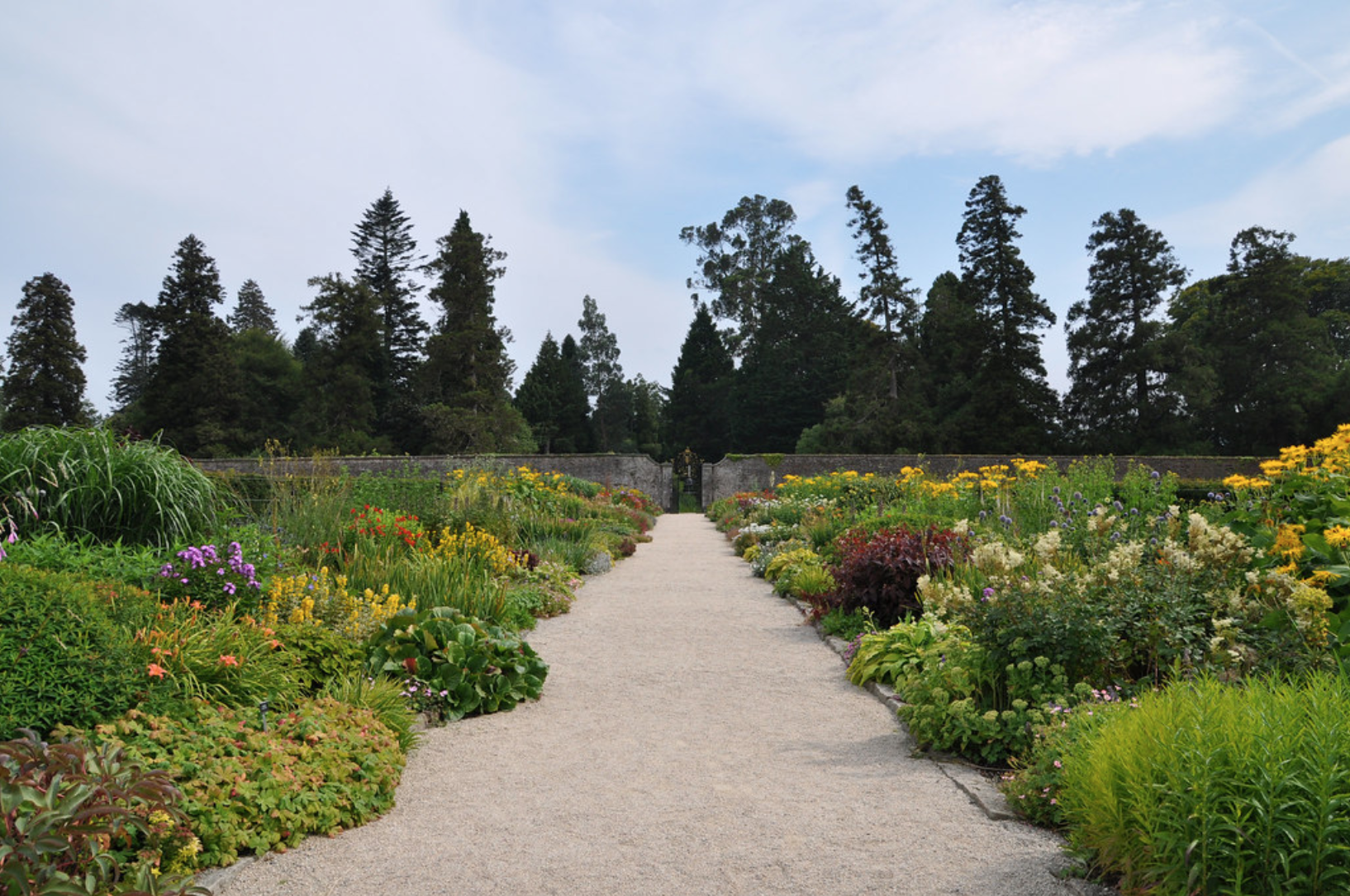
I have always loved the Japanese gardens, which remind me of the Japanese tea gardens in San Francisco’s Golden Gate Park. I have a lovely memory of having a cup of tea and a fortune cookie in San Francisco’s Japanese gardens, and the cookie contained the fortune I’d seen photographed earlier that day in a large photograph on display in a museum: “You will have many interesting and artistic people to your home.” It seemed too much to me at the time to be a coincidence – and it would be, I thought, at the age of about twenty, a dream come true. I sellotaped the fortune onto a small bookshelf on my desk, hoping it would come true. And indeed it has!
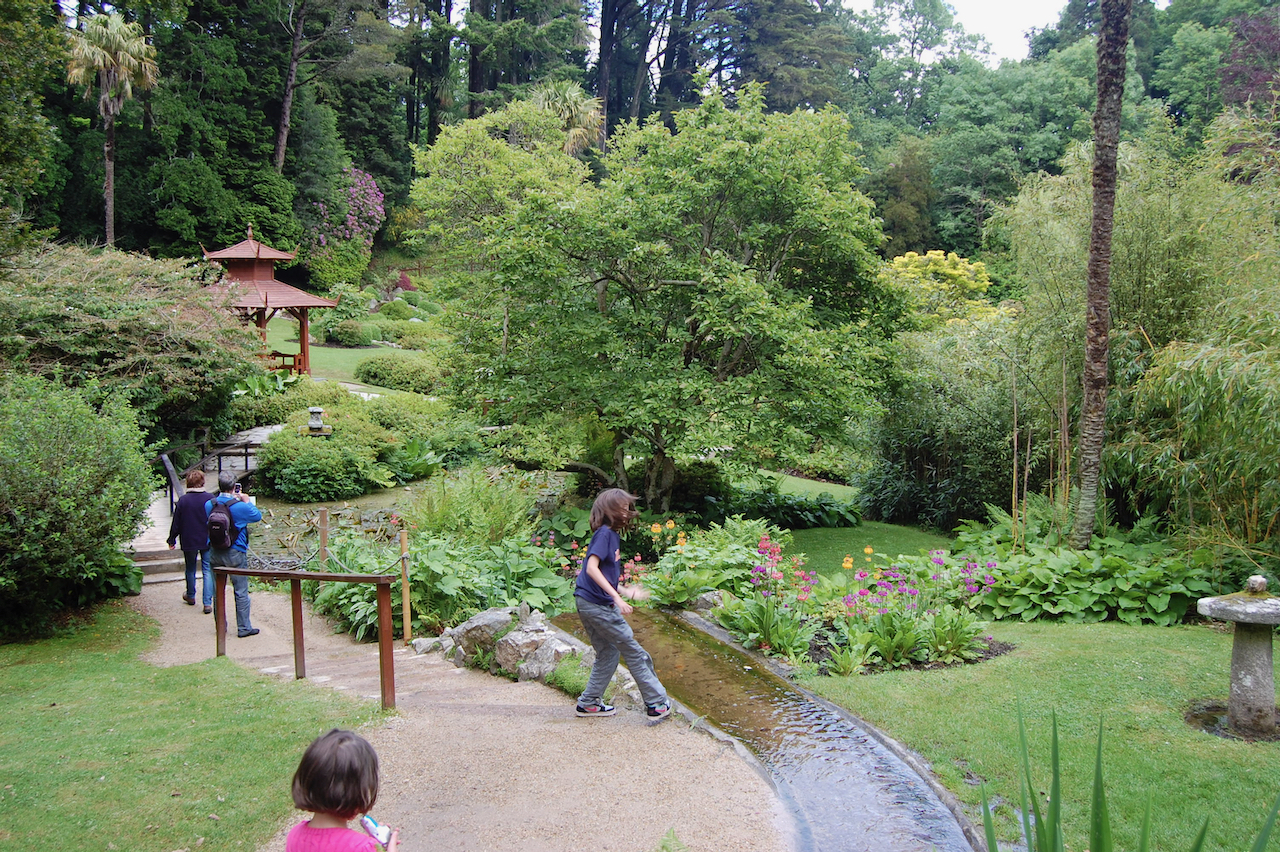
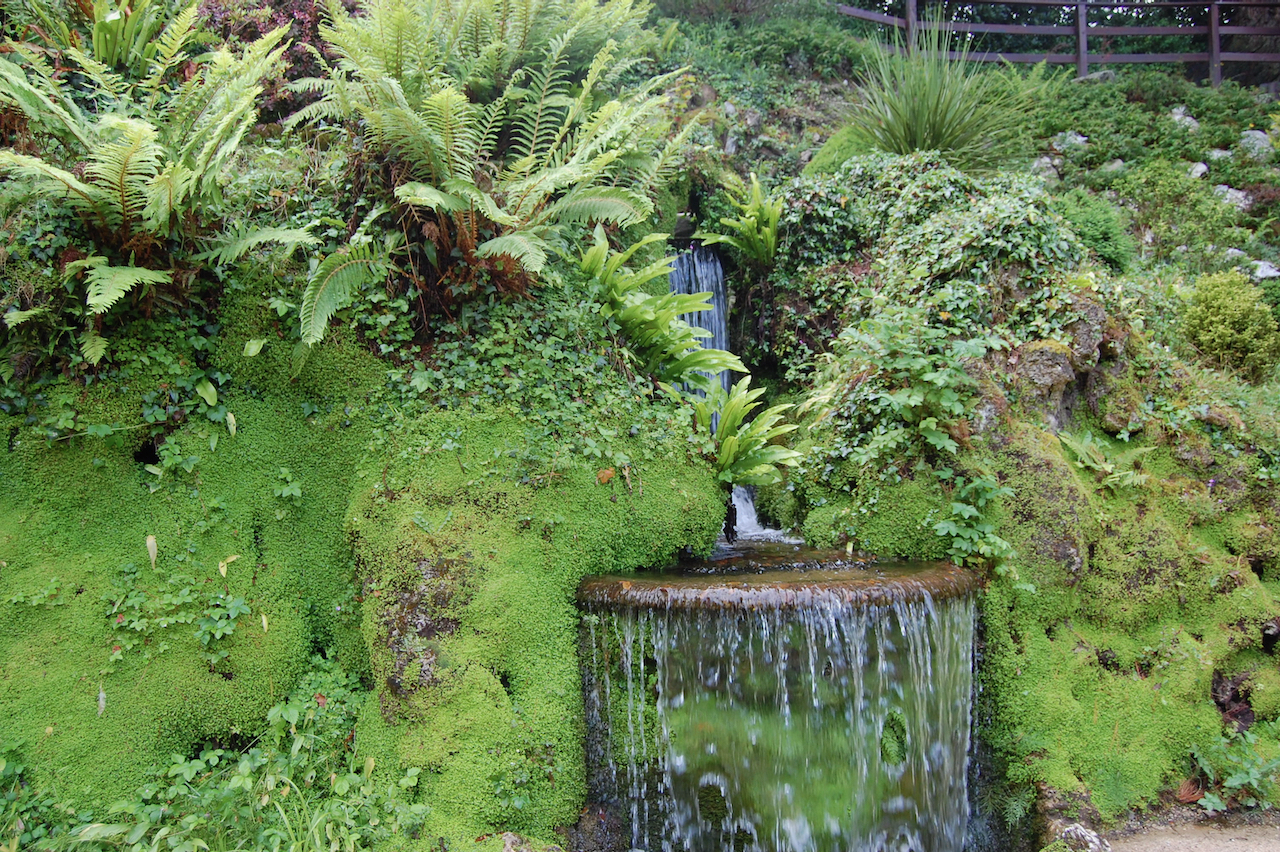
Bence-Jones writes of an incident about Powerscourt Waterfall, which is further out on the estate:
“the waterfall, the highest in the British Isles, which, when George IV came to Powerscourt 1821, was dammed up in order that the monarch might have an even more exciting spectacle; the idea being to open the sluice while the Royal party watched from a specially-constructed bridge. The King took too long over his dinner and never got to the waterfall, which was fortunate; for when eventually the water was released, the bridge was swept away.“

The collection of statues, and the wrought iron gates, are beautiful.
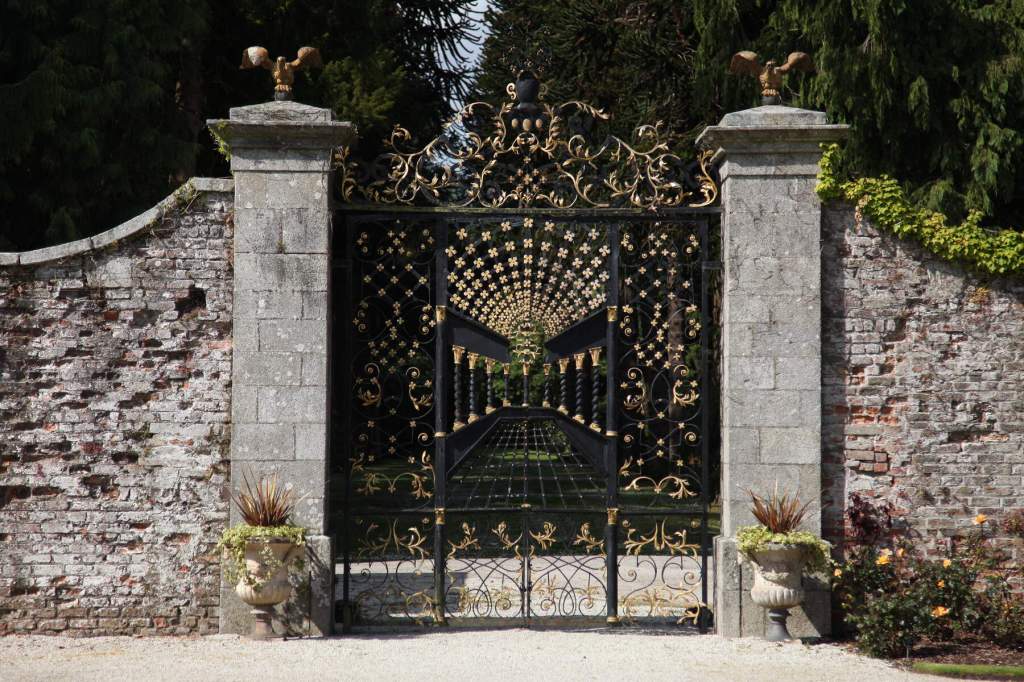
The Irish Aesthete tells us that the Bamberg Gate:
“was originally constructed in Vienna in 1770 and installed in Bamberg Cathedral, Northern Bavaria. Probably in the late 1820s, when all Baroque additions were stripped from the building, the gate was removed and sold: around 1870 Mervyn Wingfield, 7th Viscount Powerscourt bought it from a London dealer and placed it in the present position. On the opposite side of the walled garden is the so-called Chorus Gate, the design supposedly based on a 17th century original (although this has not been found) and likewise purchased in London. Its intricate ironwork features myriad winged seraphim blowing trumpets. Both gates have recently been cleaned and re-gilded.” [10]
The National Inventory has two good pictures of the interior of the house, which is gradually being restored since the 1974 fire:
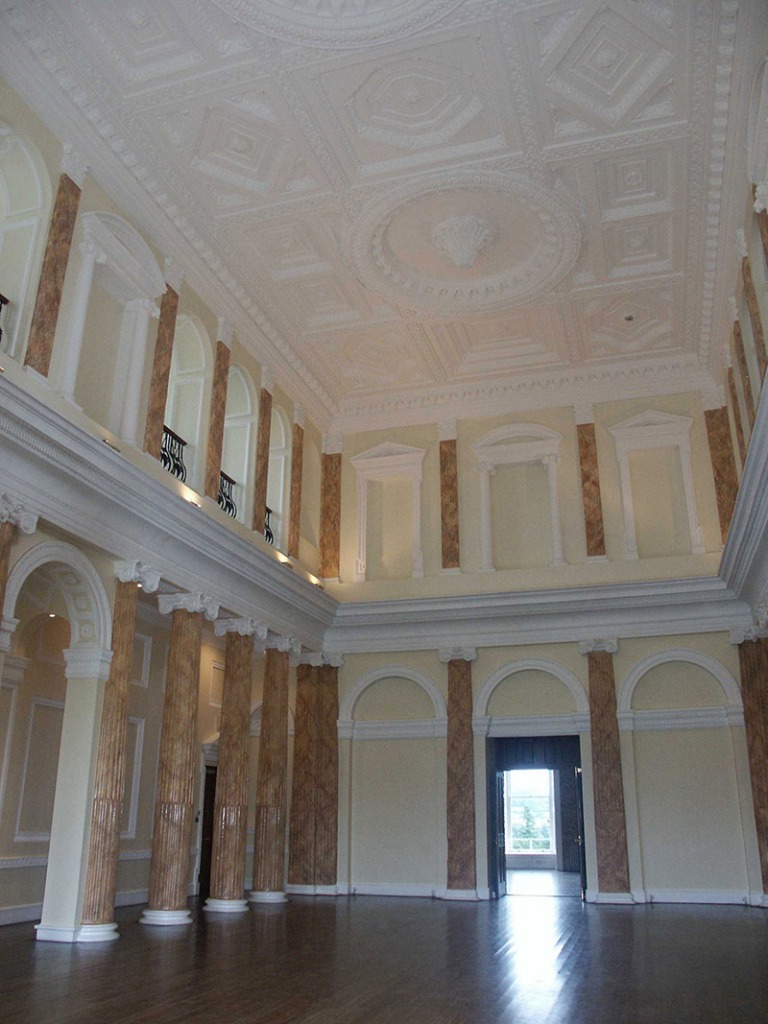
The interior of Powerscourt before the fire was magnificently sumptuous and slightly crazy! Fortunately photographs exist, and some are in the National Library archives:

I have never seen shells on a ceiling decoration such as these, although I know the famous letter writer Mary Delaney made similar decoration on a fireplace as well as filling an outdoor shell house, similar to the one at Curraghmore [see my entry about Curraghmore]. The Wingfields must have prided themselves on their military connection, with their display of armour and guns, and their hunting prowess, with all the deer head and antler trophies and the skin rugs. There is even an antler chandelier, which Sean O’Reilly tells us is called an Austrian “Lusterweiblen.” Some of the antlers were made of papier-mache! O’Reilly published other old photographs of the interior in Irish Houses and Gardens, including of the saloon, which he explains is more in the Roman Renaissance than Palladian style, which is reflected somewhat in the rest of the house. (see [1])
The house was occupied by the Slazenger family in 1974 when the fire broke out on the top floor, leaving the main building completely destroyed. They had purchased the house complete with all of its contents. Fortunately, nobody was injured. The house was left abandoned for twenty years, but they opened the gardens to the public. In 1996 the family started the renovation process with a new roof and restoration of the windows. [13] (Surely not) coincidentally, Ralph Slazenger’s daughter Wendy (Ann Pauline) Slazenger married Mervyn Niall Wingfield, the 10th Viscount Powerscourt, in 1962. They divorced, however, the same year as the fire, in 1974.
Christies held a sale of the rescued contents of Powerscourt in 1984. Many of the belongings were purchased by Ken Rohan, owner of nearby Charleville House. When I visited Charleville, another section 482 house, the tour guide pointed out the grand decorative curtain pelments purchased in the Powerscourt sale. [see my entry on Charleville House https://irishhistorichouses.com/2020/09/18/charleville-county-wicklow/
Finally, there is a Bagot connection to the Wingfields, albeit indirectly, and I haven’t found any connection (yet!) of my family with this Irish Bagot family. Christopher Neville Bagot (1821-1877) married Alice Emily Verner. When Christopher died, he left a large estate. His son was born less than nine months after he married, and his brother contested the will, claiming that the son, William Hugh Neville Bagot (1875-1960) was not really Christopher Bagot’s son. Alice Emily and her son won the trial to the extent that her son inherited Christopher’s money, but Christopher’s brother inherited the land. Alice Emily came from a well-connected family. Her mother was a Pakenham. Her grandmother was Harriet Wingfield (1801-1877), a daughter of Edward Wingfield (1772-1859), who was the son of Richard Wingfield, 3rd Viscount Powerscourt – the one who built Powerscourt Townhouse!
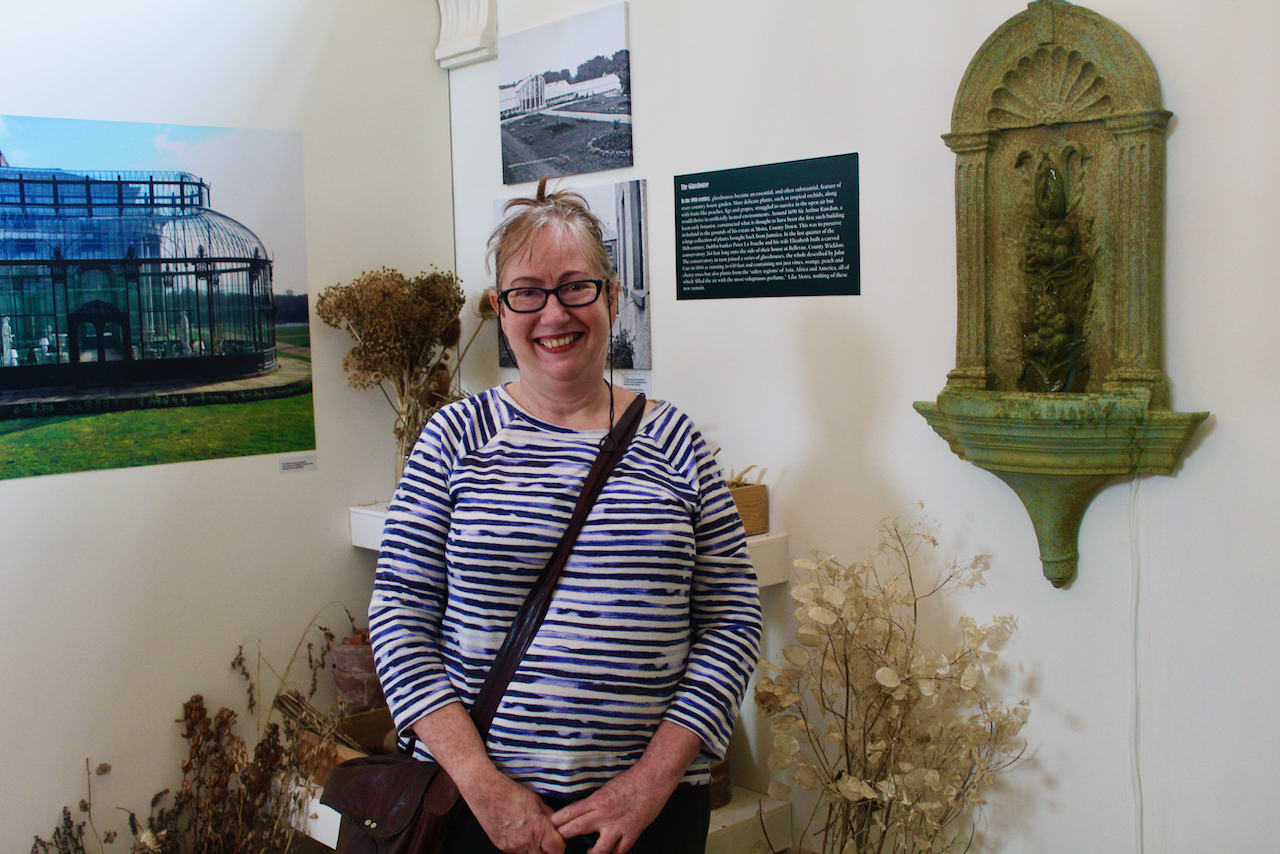
Donation
Help me to fund my creation and update of this website. It is created purely out of love for the subject and I receive no payment so any donation is appreciated! For this entry I paid for petrol and entrance fee for myself and Stephen.
€10.00
[1] http://lordbelmontinnorthernireland.blogspot.com/search/label/County%20Wicklow%20Landowners
[2] A Bagot married into the Herbert family, who owned Durrow Abbey before the Slazenger family. John Bagot married Mary Herbert, daughter of the 2nd Baronet of Durrow Abbey in 1728.
[3] For more on the ownership of Durrow Abbey, see the Irish Aesthete: https://theirishaesthete.com/2018/04/23/in-limbo-2/
[4] https://www.dib.ie/biography/wingfield-sir-richard-a9091
[5] O’Reilly, Sean. Irish Houses and Gardens. From the Archives of Country Life. Arurum Press Limited, London, published 1998, paperback edition 2008.
[6] page 3200, volume 2. Mosley, Charles, editor. Burke’s Peerage, Baronetage & Knightage, 107th edition, 3 volumes. Wilmington, Delaware, U.S.A.: Burke’s Peerage (Genealogical Books) Ltd, 2003. Quoted on http://www.thepeerage.com
[2] p. 111, O’Reilly, Sean.
[8] Mark Bence-Jones. A Guide to Irish Country Houses.[originally published as Burke’s Guide to Country Houses volume 1 Ireland by Burke’s Peerage Ltd. 1978]; Revised edition 1988 Constable and Company Ltd, London.
[9] Powerscourt Townhouse, 59 South William Street, Dublin 2
[10] For the continuation of the Wingfield line who lived in Powerscourt, I refer to Burke’s Peerage, and to the website of Timothy William Ferres, otherwise known as Lord Belmont:
http://lordbelmontinnorthernireland.blogspot.com/search/label/County%20Wicklow%20Landowners
The Wingfields married well. The 3rd Viscount’s son inherited the title and estate: Richard Wingfield, 4th Viscount (1762-1809).
He married firstly, in 1789, Catherine, second daughter of John Meade, 1st Earl of Clanwilliam, by whom he had his successor, Richard.
RICHARD, 5th Viscount (1790-1823), married Frances Theodosia, eldest daughter of Robert Jocelyn, 2nd Earl of Roden, and their son, Richard, became his successor.
RICHARD, 6th Viscount (1815-44), who married, in 1836, his cousin, the Lady Elizabeth Frances Charlotte Jocelyn, daughter of Robert Jocelyn, 3rd Earl of Roden. He was succeeded by his son, Mervyn Edward Wingfield.
MERVYN EDWARD, 7th Viscount (1836-1904), KP, Privy Counsellor, who wedded, in 1864, the Lady Julia Coke, daughter of Thomas William Coke, 2nd Earl of Leicester (of the seventh creation!). According to Turtle Bunbury [14], Mervyn published two books: “Wingfield Memorials” (1894) and “A History of Powerscourt” (1903). He was elected president of the Royal Dublin Society and was also a member of the Royal Irish Academy of Science. He was made a Knight of the Order of St. Patrick in 1871. He was later appointed to the Privy Council of Ireland, acting as one of the Lord Justices of Ireland in 1902.
Mervyn Edward and Julia’s son, Mervyn Wingfield (1880-1947), become the 8th Viscount and succeeded to Powerscourt. The 8th Viscount was the last Lord-Lieutenant of County Wicklow, from 1910 until 1922. After Irish Independence, he was elected by W.T. Cosgrave to serve as a Senator in 1921. His son, Mervyn Patrick Wingfield (1905–73) became the 9th Viscount.
The 9th Viscount followed in the family’s military tradition and served in WWII and was captured and became a prisoner of war. According to wikipedia [15], he suffered from shell shock. His wife and children moved to Bermuda during the war and returned to Powerscourt afterwards but their marriage fell apart, and Mervyn Patrick sold Powerscourt.
According to Turtle Bunbury, Richard Wingfield 1st Viscount had a daughter, Isabella, who in 1722 married Sir Henry King, MP for Boyle and Roscommon, who built King House in County Roscommon, another section 482 property.
Turtle Bunbury also tells us that the 6th Viscount Powerscourt purchased Luggala, also in County Wicklow, in 1840, from the “financially challenged” La Touche family. We will come across the La Touch family when I write about Harristown, another Section 482 property.
[9] https://www.irelandscontentpool.com/en/media-assets/media/68565
https://www.irelandscontentpool.com/en/media-assets/media/132165
[10] https://theirishaesthete.com/2017/09/13/another-perspective/
[13] http://www.britainirelandcastles.com/Ireland/County-Wicklow/Powerscourt-House.html
[14] http://www.turtlebunbury.com/history/history_family/hist_family_powerscourt.html
[15] https://en.wikipedia.org/wiki/Mervyn_Patrick_Wingfield,_9th_Viscount_Powerscourt
Text © Jennifer Winder-Baggot, www.irishhistorichouses.com

https://www.powerscourtcentre.ie/
Open in 2025: all year, except New Year’s Day, Christmas Day, 10am-6pm
Fee: Free
This house was built for the 3rd Viscount Powerscourt, Richard Wingfield (1730-1788), in 1771, as his city residence. He already owned the Wicklow estate and grand house of Powerscourt in Enniskerry (see my entry for more about the Wingfield family and the Viscounts Powerscourt). I came across the Wingfield family first on my big house travels in 2019, when Stephen and I visited Salterbridge House in Cappoquin, County Waterford, which is owned by Philip and Susan Wingfield (Philip is the descendent of the 3rd Viscount Powerscourt, by seven generations! [1]).
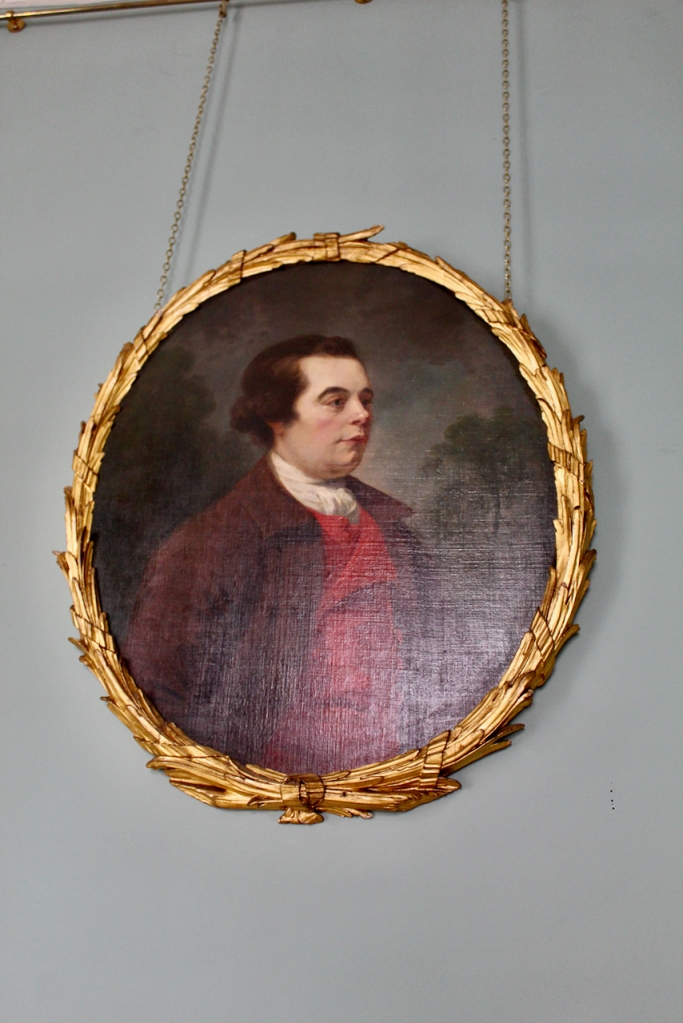
Kevin O’Connor writes in his Irish Historic Houses that “The palazzo was originally laid out around an open square. This has now been fitted (and covered) in to provide a centre specialising as a grand emporium for crafts, antiques, shopping and restaurants.”

I am writing this blog during the Covid-19 lockdown in March 2020! I started to take pictures of Powerscourt townhouse last December, when it was in its full glory inside with Christmas decorations, knowing that it is listed in section 482. Today I will write about the history of this house and share my photographs, although I have not yet contacted Mary Larkin, who must manage the Townhouse Centre. Last week before the lockdown, when most of Ireland and the world were already self-isolating and most shops were closed, Stephen and I walked into town. It was a wonderful photographic opportunity as the streets were nearly empty.

Above, by the wall of our favourite pub, Grogans, is the picture of the James Malton engraving (1795) of the neo-Palladian Powerscourt Townhouse. This sign tells us that the house was begun in 1771 and completed in 1774 and cost £8000.
Architectural historian Christine Casey describes Powerscourt Townhouse to be reminiscent of Richard Castle’s country-house practice, although she writes that it was designed by Robert Mack. [3] Mack was an amateur architect and stonemason. The west front of the house, Malton tells us, is faced with native stone from the Wicklow estate, with ornament of the more expensive Portland stone, from England.

The house is historically and architecturally one of the most important pre-Union mansions of the Irish nobility. The Wingfields, Viscount Powerscourt and his wife Lady Amelia Stratford (daughter of John, Earl of Aldborough), would have stayed in their townhouse during the “Season,” when Parliament sat, which was in the nearby College Green in what is now a Bank of Ireland, and they would have attended the many balls and banquets held during the Season.
Richard was the younger son of the 1st Viscount Powerscourt, and he inherited the title after his older brother, Edward, died. He was educated in Trinity College, Dublin, and the Middle Temple in London. He served in the Irish House of Commons for Wicklow County from 1761-1764. In 1764 he became 3rd Viscount after the death of his brother, and assumed his seat in the Irish House of Lords.
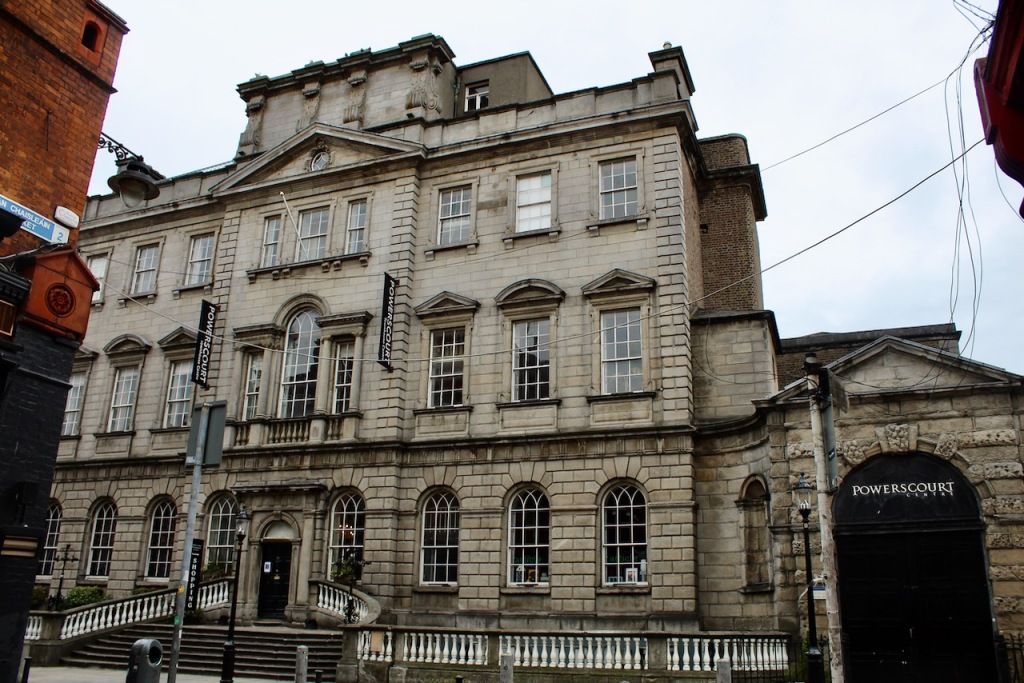
The arch to the left of the house was a gateway leading to the kitchen and other offices and there is a similar gateway on the right, which led to the stables.
The house has four storey over basement frontage to South William Street, with “stunted and unequal niched quadrants” (see this in the photograph above, between the main block of the house, and the gateway) and pedimented rusticated arches. [4][5] Christine Casey describes the nine bay façade as faced with granite, and it has an advanced and pedimented centrepiece crowned by a solid attic storey with enormous volutes like that of Palladio’s Villa Malcontenta [5].
The attic storey housed an observatory. From this level, one could see Dublin Bay.
The ground floor has round-headed windows, while the piano nobile has alternating triangular and “segment-headed” pediments. A “Piano nobile” is Italian for “noble floor” or “noble level”, also sometimes referred to by the corresponding French term, bel étage, and is the principal floor of a large house. This floor contains the principal reception and bedrooms of the house. There is a Venetian window and tripartite window over the doorcase. Mark Bence-Jones tells us a Venetian window had three openings, that in the centre being round-headed and wider than those on either side; it is a very familiar feature of Palladian architecture.



The ground floor contained the grand dining room, the parlour, and Lord Powerscourt’s private rooms. Ascending to the first floor up the magnificent mahogany staircase, one entered the rooms for entertaining: the ballroom and drawing room.
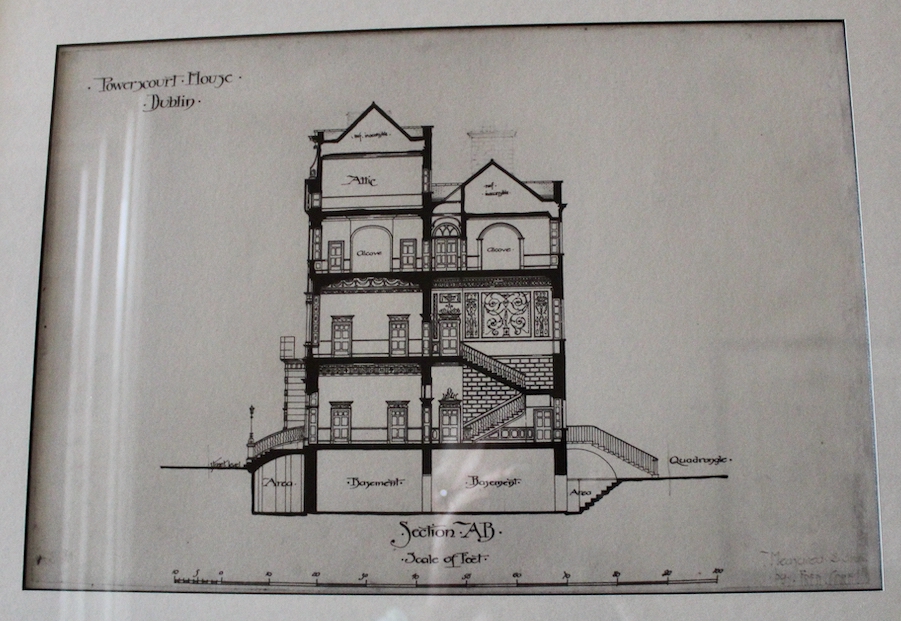

An information board inside the house quotes the “Article of Agreement” between Lord Powerscourt and the stonemason Robert Mack:
“Two shillings for each foot of the moulded window stooles and cornice over the windows, two shillings and eight pence for the Balusters under the windows… three shillings and three pence for the great cornice over the upper storey. Three shillings for each foot of flagging in the Great Hall to be of Portland Stone, and black squares or dolles, one shilling and six pence for each yard of flagging in the kitchen and cellars of mountmellick or black flagges.”
This information board also tells us that the original setting of the house would have been a garden to the rear of the house, laid out in formal lawns with box hedging and gravel walks.
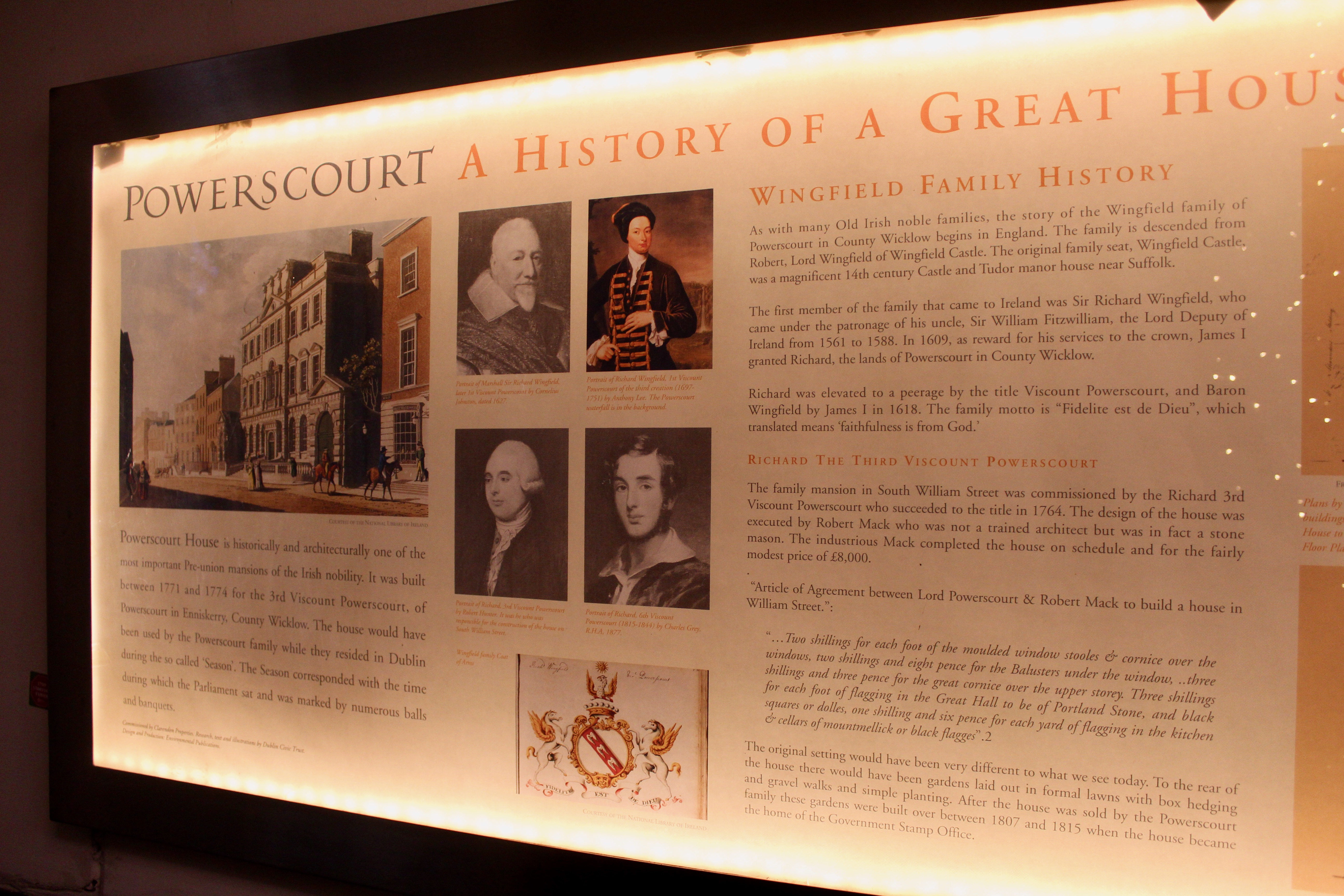
When one walks up the balustraded granite steps leading to the front door, through the hall and past the mahogany staircase, one enters what was the courtyard of the house.


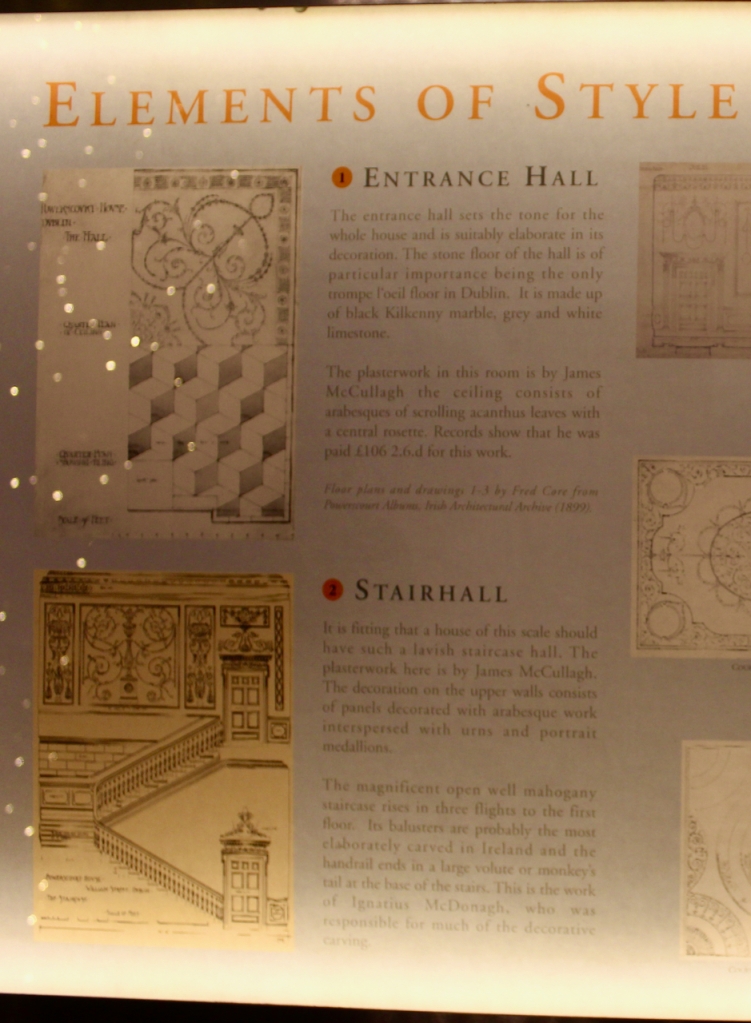
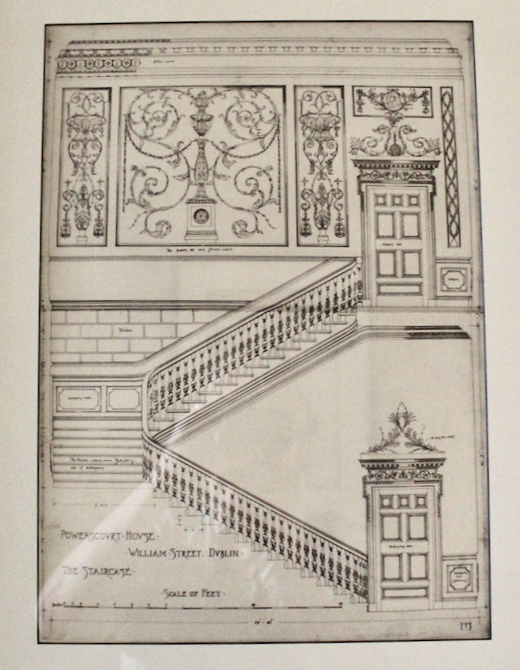
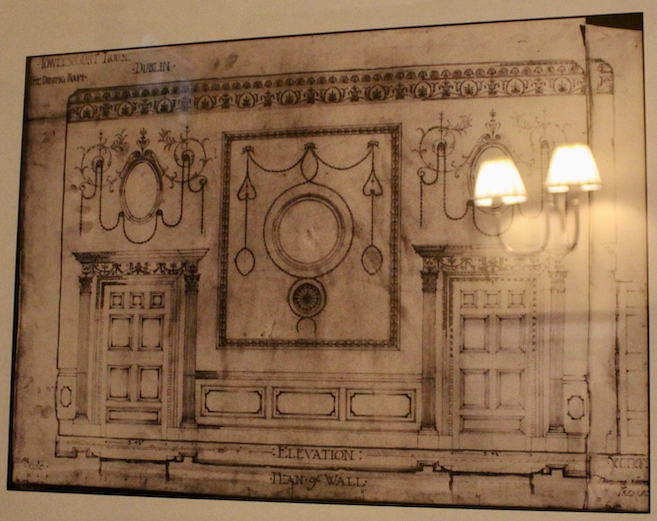
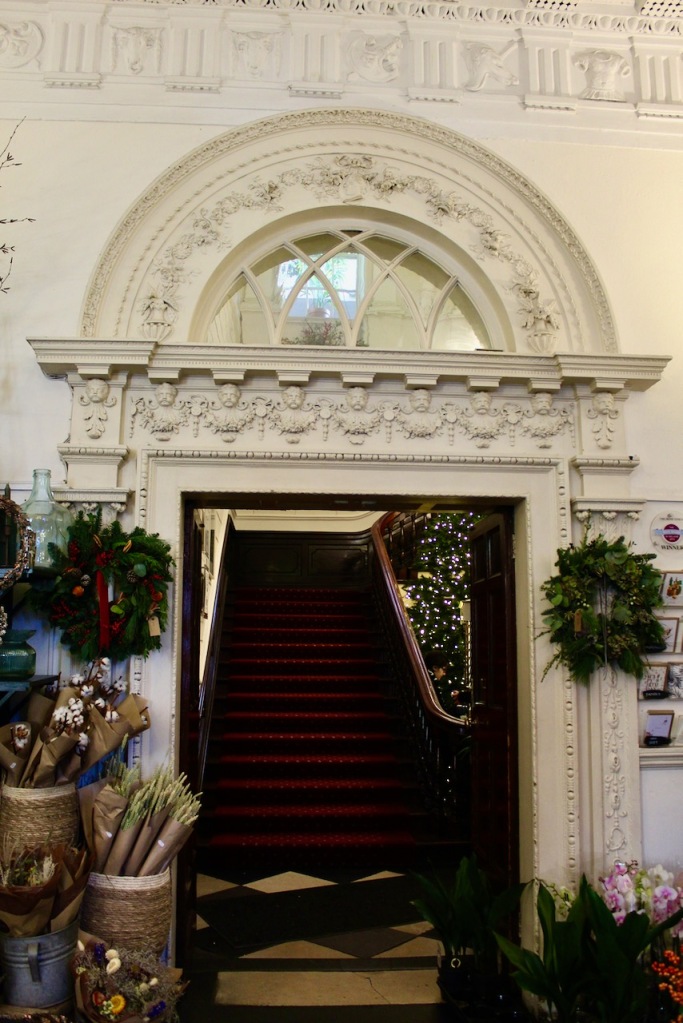

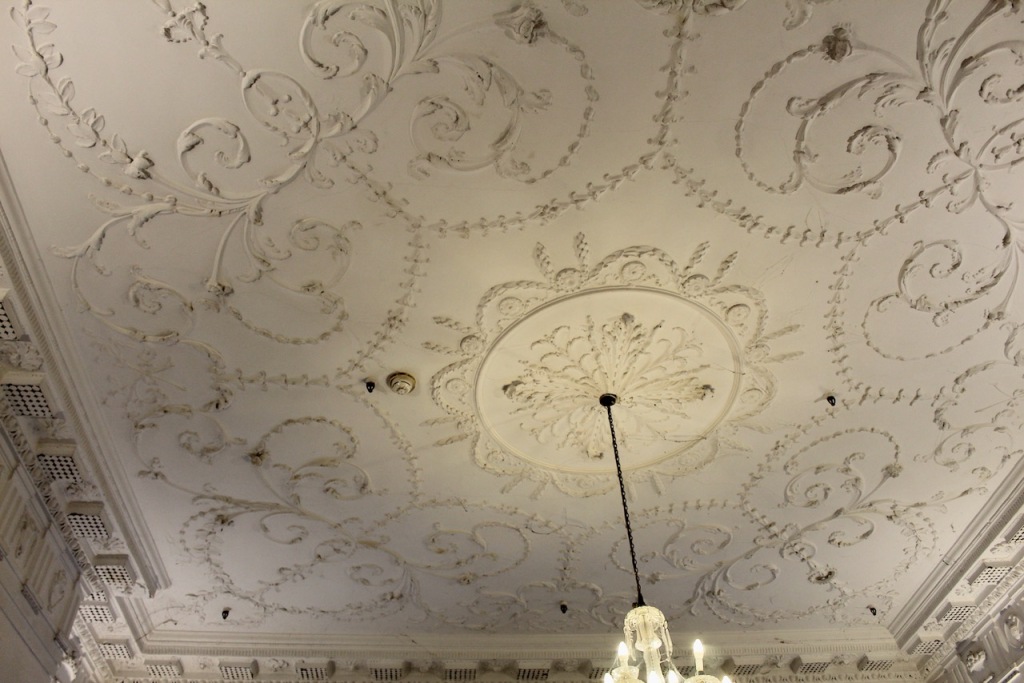

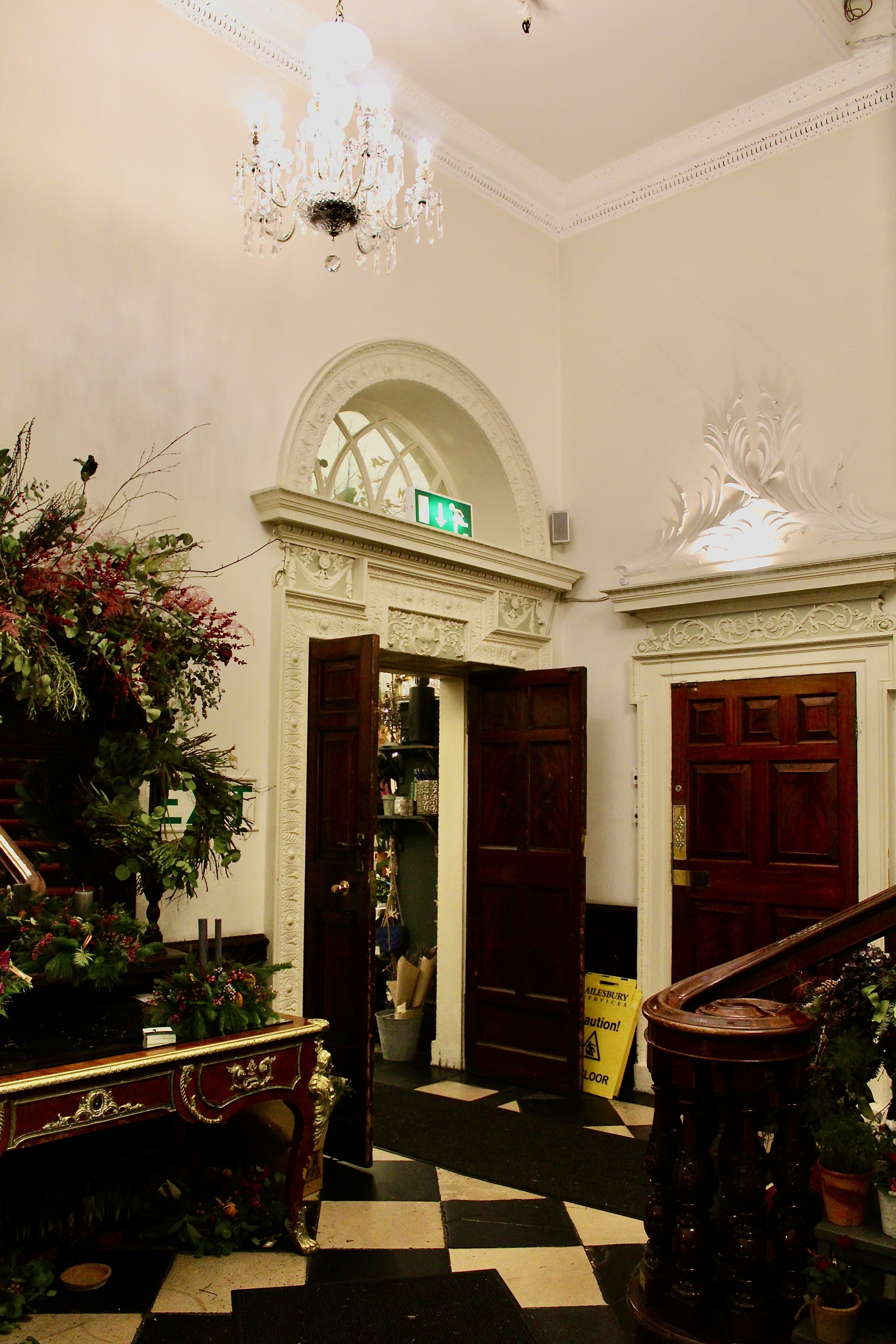
You can see the “trompe l’oeil” floor in the entrance hall in the photo below, made up of black Kilkenny marble, grey and white limestone.
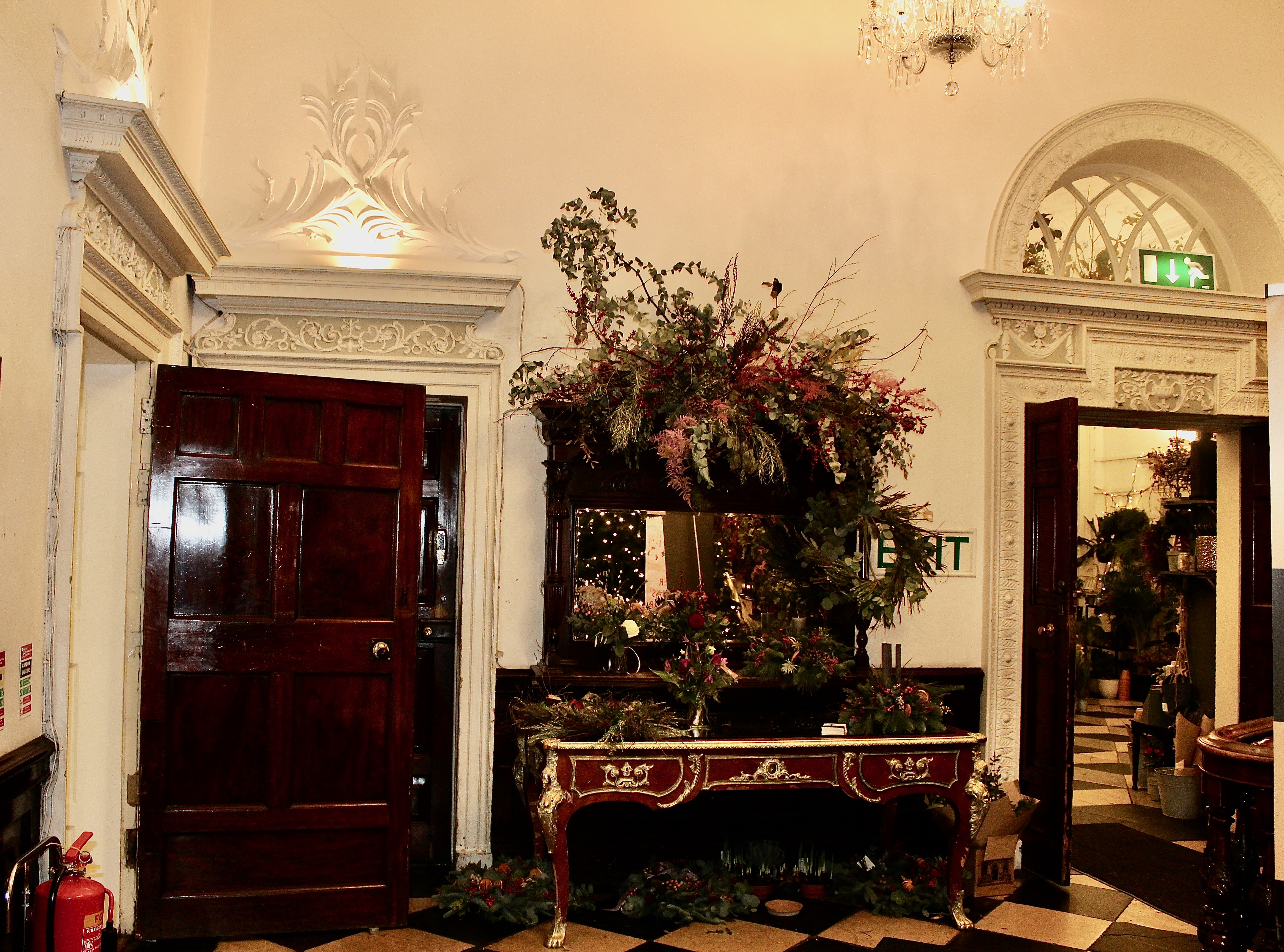
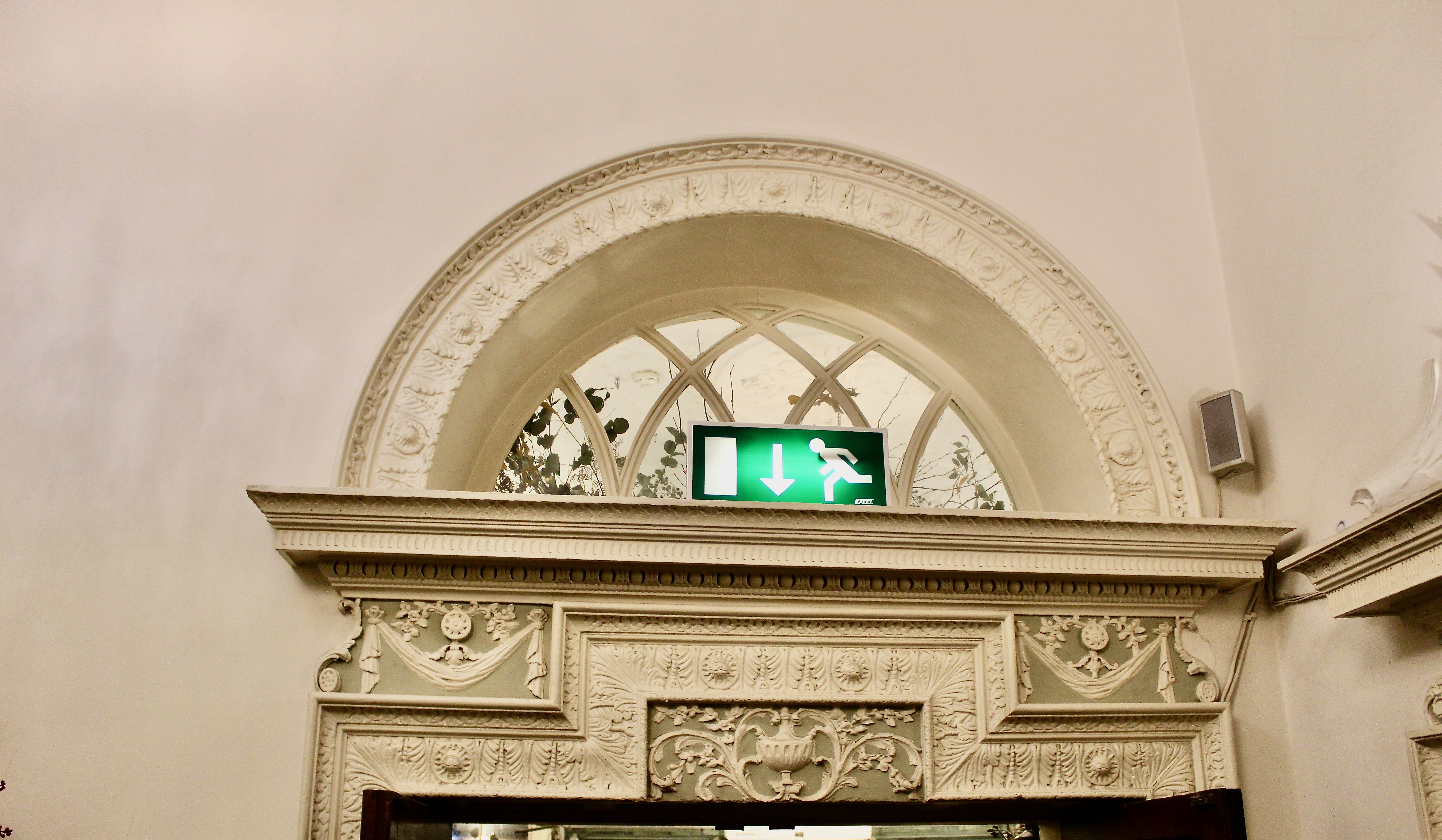
The mahogany staircase rises in three flights to the first floor. The balusters are probably the most elaborately carved in Ireland, and the handrail ends in a large volute or “monkey’s tail” at the base of the stairs. The woodwork carving is by Ignatius McDonagh. I need to go back to take a better picture of the balustrade. We saw an even larger “monkey tail” volute end of a staircase in Barmeath (another section 482 property, see my entry), more like a dragon’s tail than a monkey, it was so large!

The Wingfield family descended from Robert, Lord Wingfield of Wingfield Castle in England, near Suffolk. The first member of the family who came from England was Sir Richard Wingfield, who came under the patronage of his uncle, Sir William Fitzwilliam, the Lord Deputy of Ireland from 1561 to 1588. In 1609 King James I granted Richard Wingfield, in reward for his services to the Crown, the lands of Powerscourt in County Wicklow. Richard was a military adventurer, and fought against the Irish, and advanced to the office of Marshal of Ireland. In May 1608 he marched into Ulster during “O’Doherty’s Rebellion” against Sir Cahir O’Doherty, and killed him and dispersed O’Doherty’s followers. For this, he was granted Powerscourt Estate, in 1609. [7]
In 1618 James I raised Richard to the Peerage as Viscount Powerscourt, Baron Wingfield. The family motto is “Fidelite est de Dieu,” faithfulness is from God.
Richard the 3rd Viscount Powerscourt succeeded to the title in 1764. He was not a direct descendant of the 1st Viscount Powerscourt. Richard the 1st Viscount had no children, so the peerage ended with the death of the 1st Viscount.
The Powerscourt estate in Wicklow passed to his cousin, Sir Edward Wingfield, a distinguished soldier under the Earl of Essex (Robert Devereux, 2nd Earl of Essex), and a person of great influence in Ireland. [8] Essex came to Ireland to quell a rebellion that became the Nine Years’ War. Sir Edward Wingfield married Anne, the daughter of Edward, 3rd Baron Cromwell (descendent of Henry VIII’s Thomas Cromwell). [9] It was this Edward Wingfield’s grandson Folliot (son of Richard Wingfield), who inherited the Powerscourt estates, for whom the Viscountcy was revived, the “second creation,” in 1665. [10]
However, once again the peerage expired as Folliot also had no offspring. Powerscourt Estate passed to his cousin, Edward Wingfield. Edward’s son Richard (1697-1751) of Powerscourt, MP for Boyle, was elevated to the peerage in 1743, by the titles of Baron Wingfield and Viscount Powerscourt (3rd Creation).
This Richard Wingfield was now the 1st Viscount (3rd creation). He married, first, Anne Usher, daughter of Christopher Usher of Usher’s Quay, but they had no children. He married secondly Dorothy, daughter of Hercules Rowley of Summerville, County Meath. Their son, Edward, became the 2nd Viscount. When he died in 1764, Richard, his brother, became 3rd Viscount. Seven years after inheriting the title, Richard 3rd Viscount began the building of Powerscourt Townhouse.
Inside just past the entrance hall, we can still climb the staircase and see the wonderful plasterwork by stuccodores James McCullagh assisted by Michael Reynolds.
The decoration on the upper walls consists of panels decorated with arabesque work interspersed with urns, acanthus scrolls [6], palms and portrait medallions. I haven’t discovered who is pictured in the portraits! Neither Christine Casey nor the Irish Aesthete tell us in their descriptions.
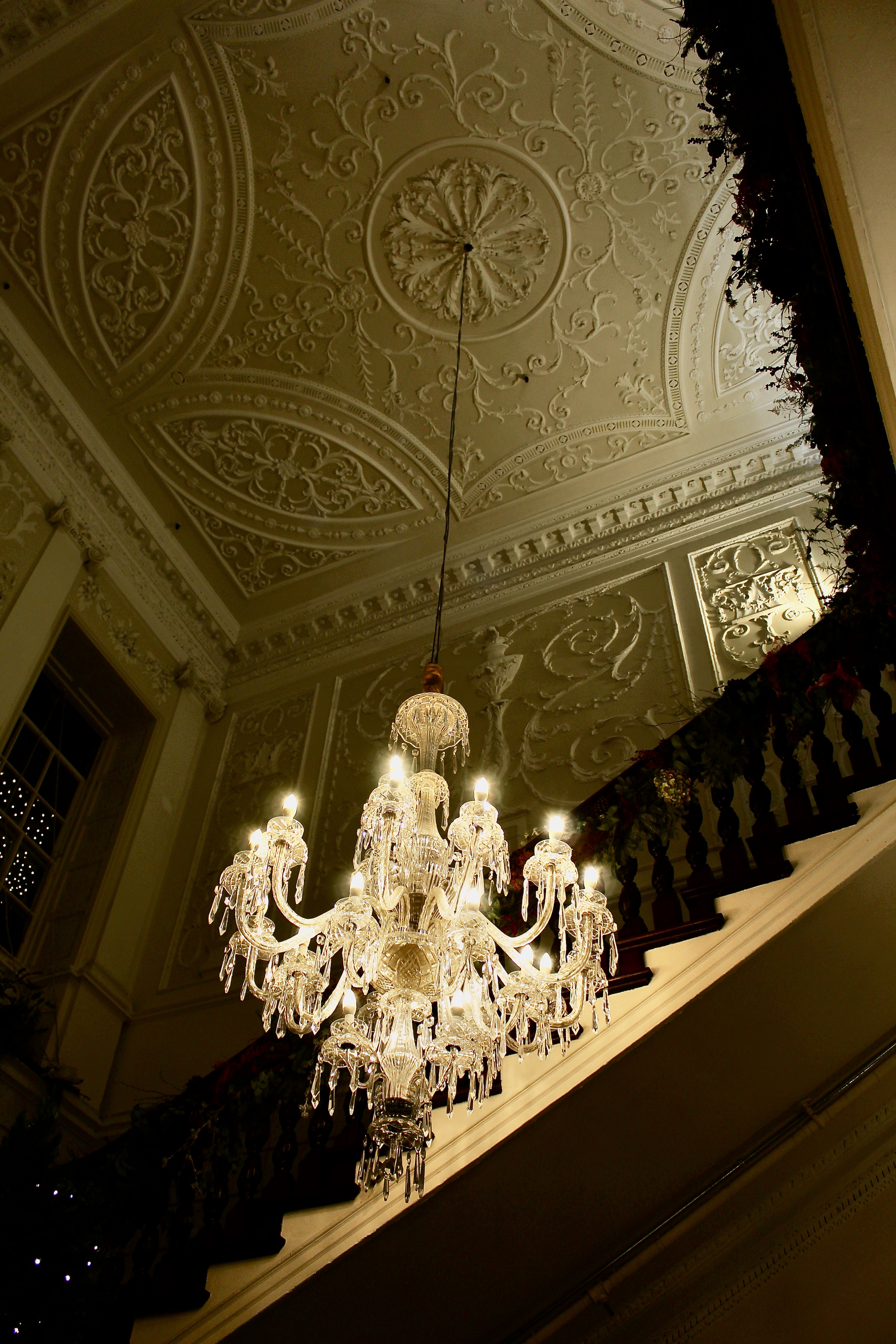
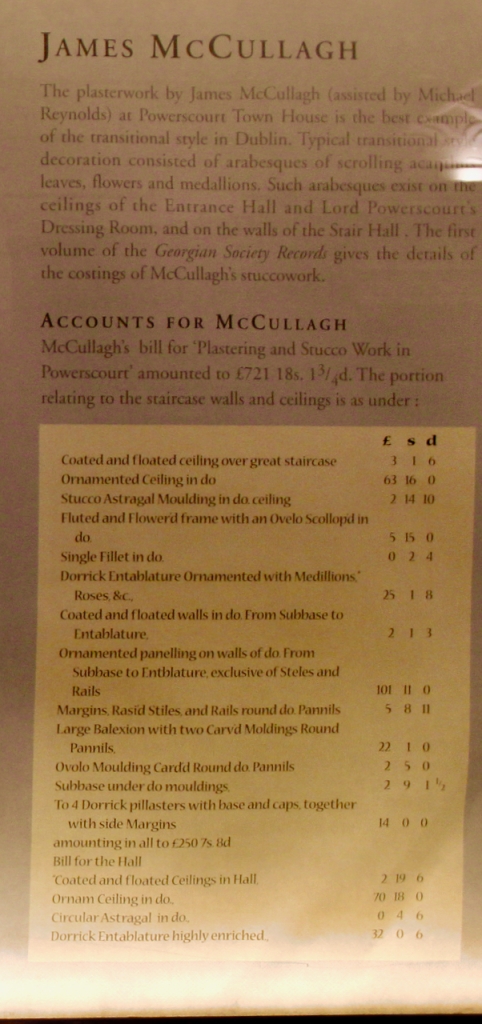






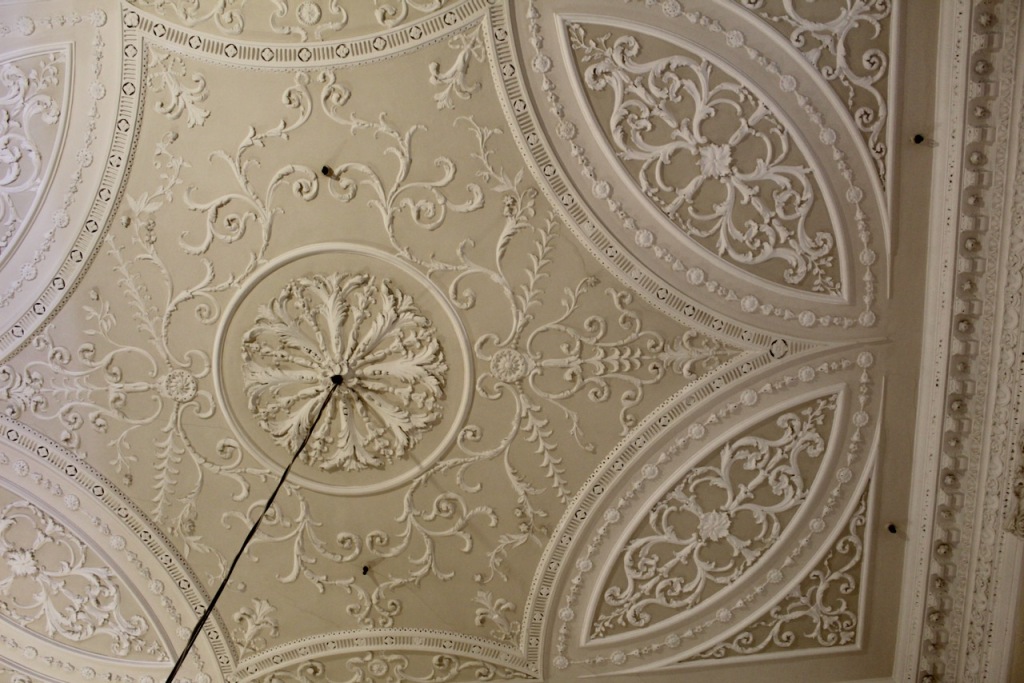

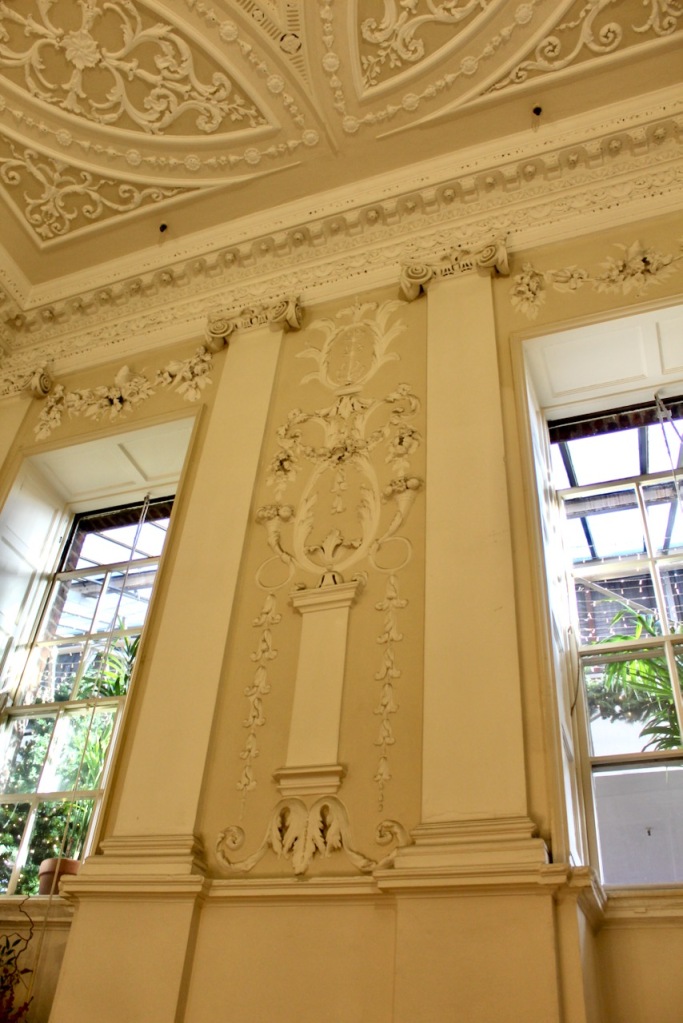
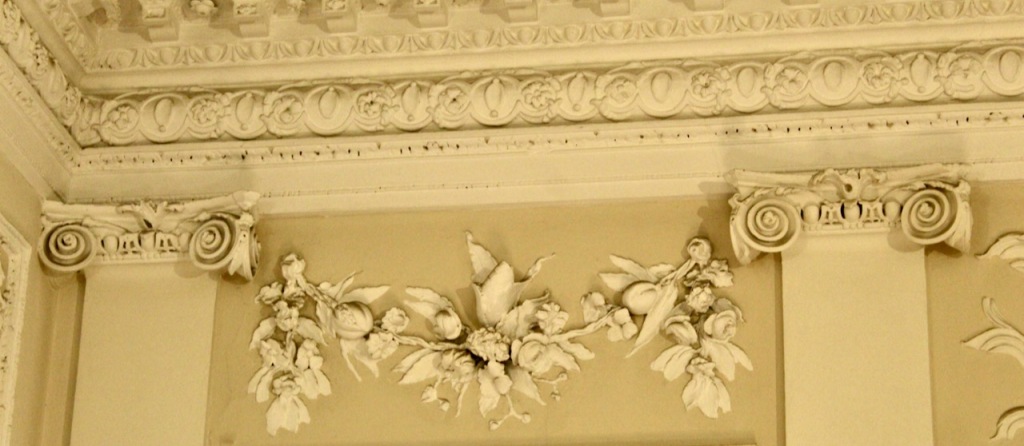
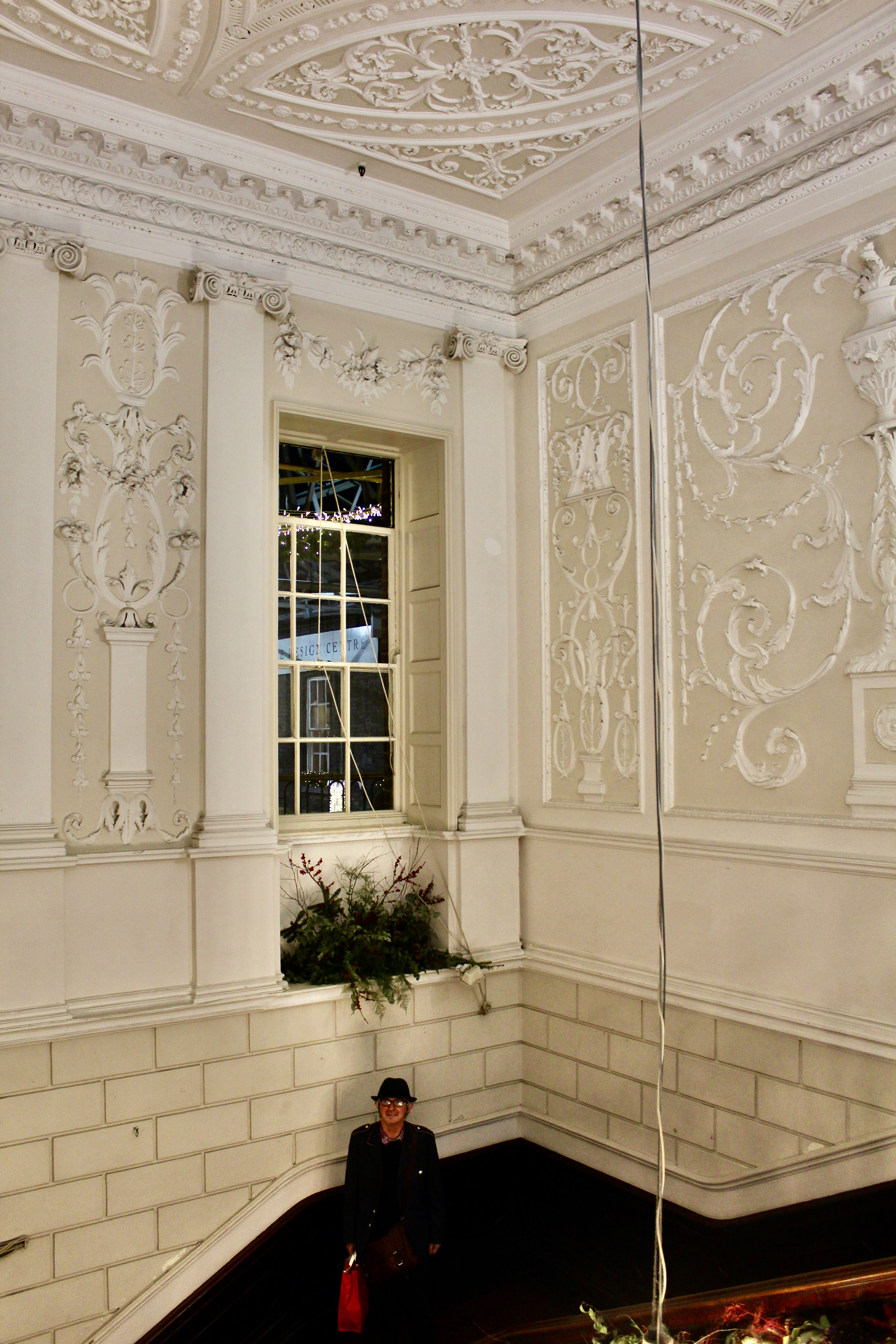
Ionic pilasters frame two windows high up in the east wall – we can see one in the photograph above. The lower walls are “rusticated in timber to resemble stone,” Casey tells us. I would have assumed that the brickwork was of stone, not of timber.
No expense was spared in furnishing the house. As well as the rococo plasterwork on the stairs there was neo-Classical work by stuccodore Michael Stapleton. According to the information board, much of the more sober neo-Classical work was cast using moulds, no longer created freehand the way the rococo plasterwork was done. The neo-Classical work was called the Adams style and in Powerscourt Townhouse, was created between 1778-1780. Stapleton’s work could have been seen in the Dining Room, Ballroom, Drawing room and Dome Room.


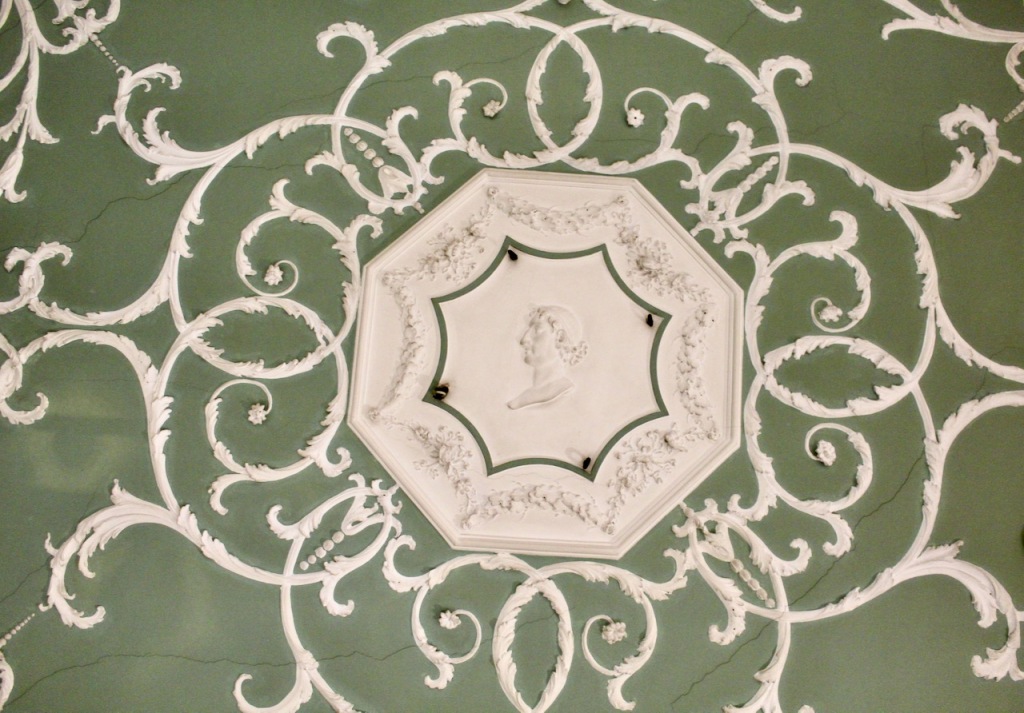
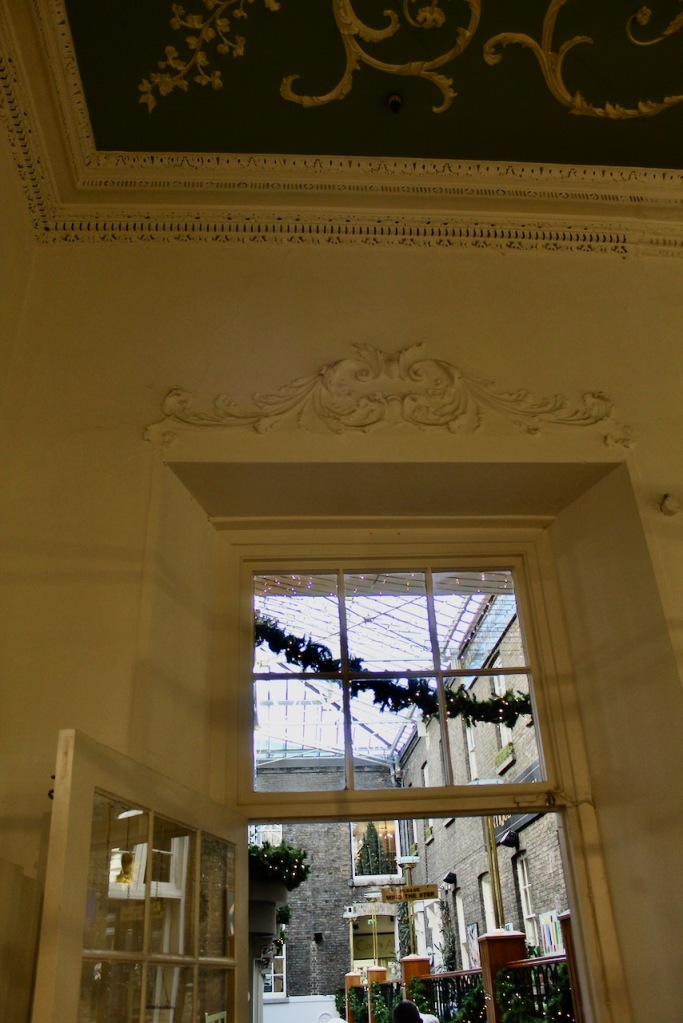

The ceiling in a room now occupied by The Town Bride, which was the original music room, and the ballroom, now occupied by the Powerscourt Gallery, contain Stapleton’s work.
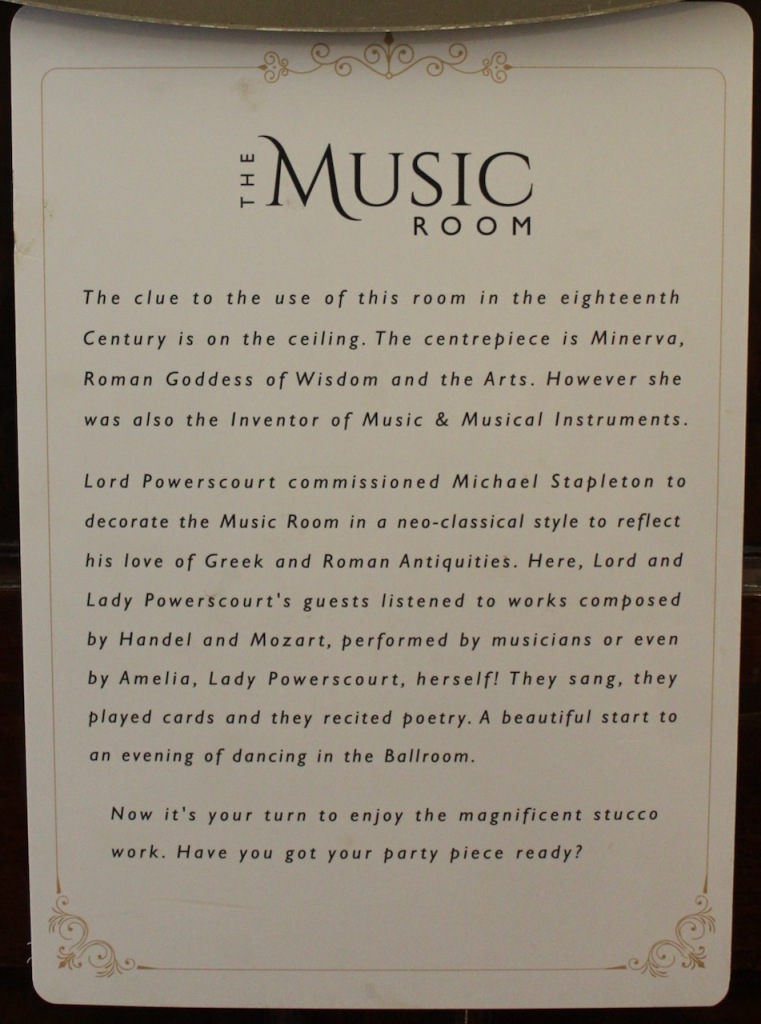
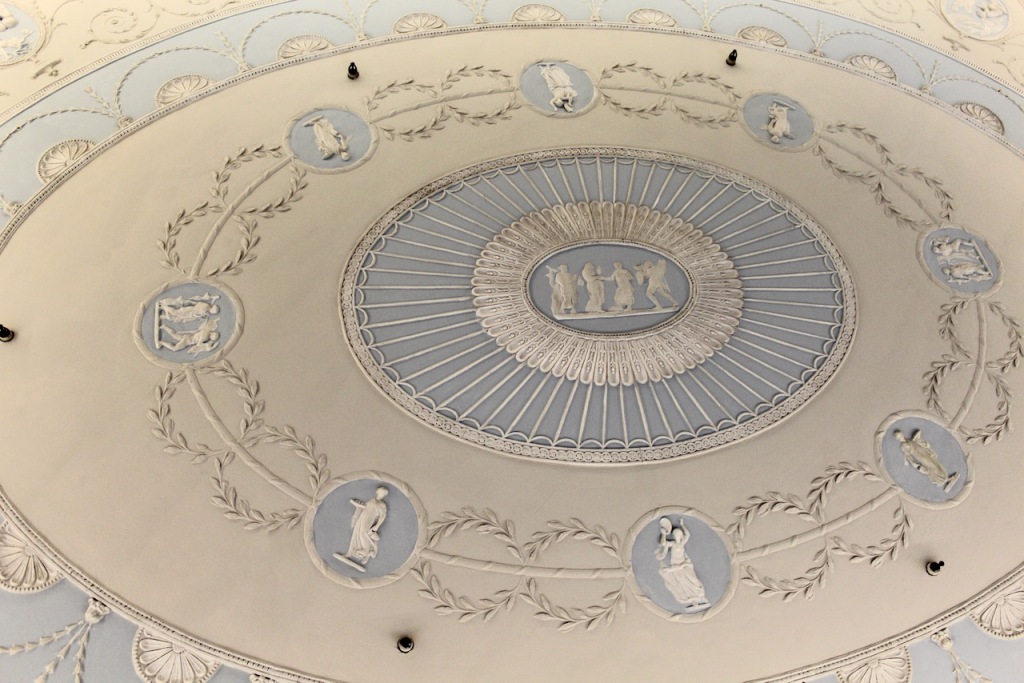


The Dome Room is now behind glass.
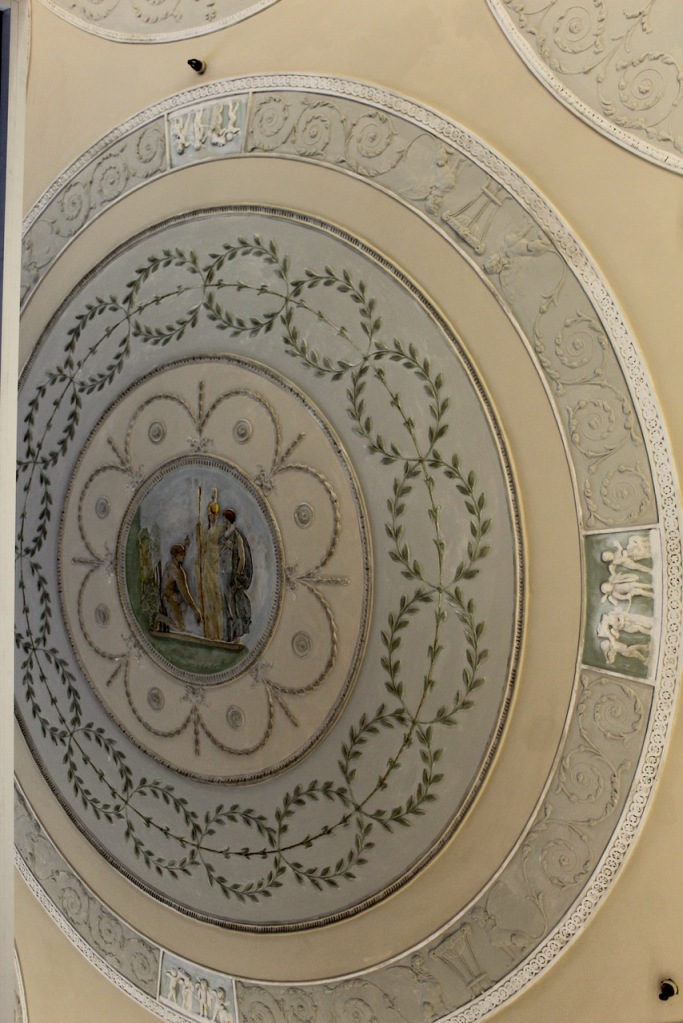
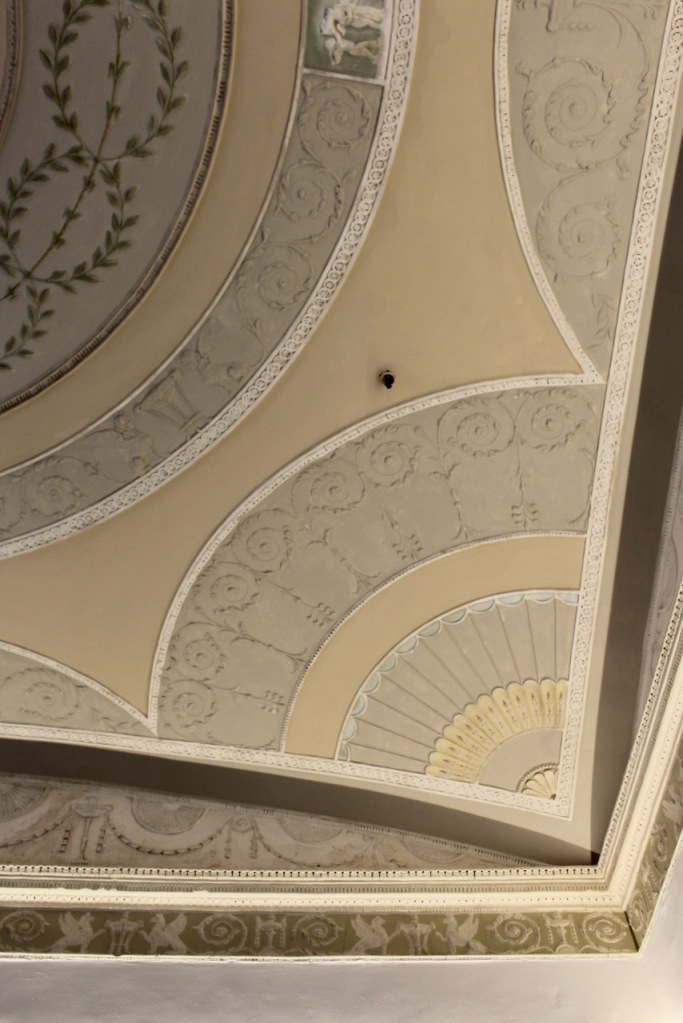


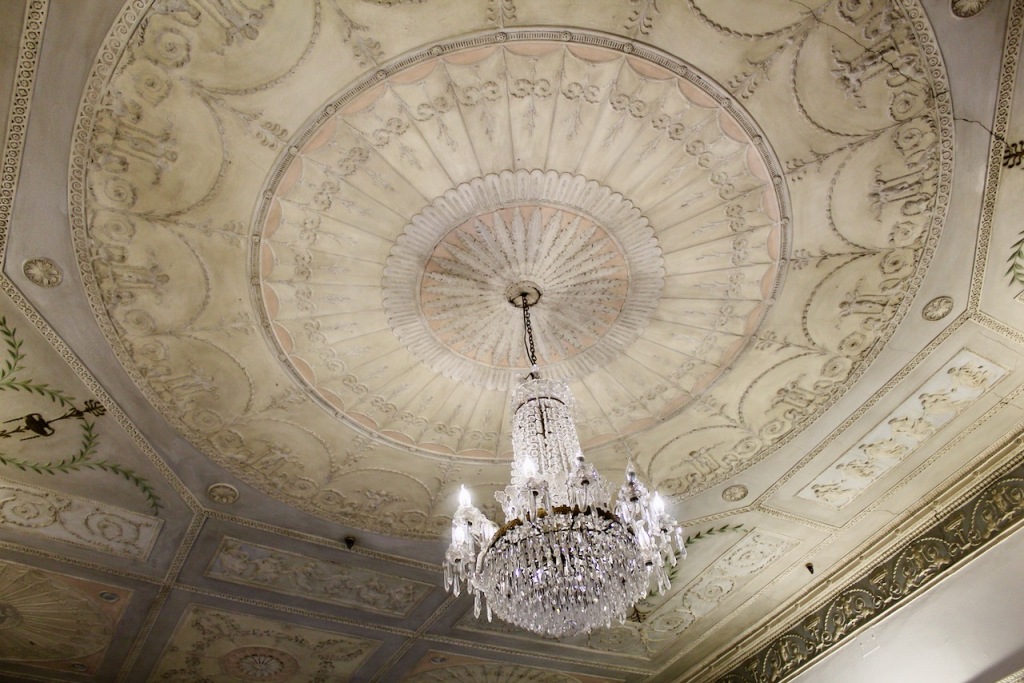
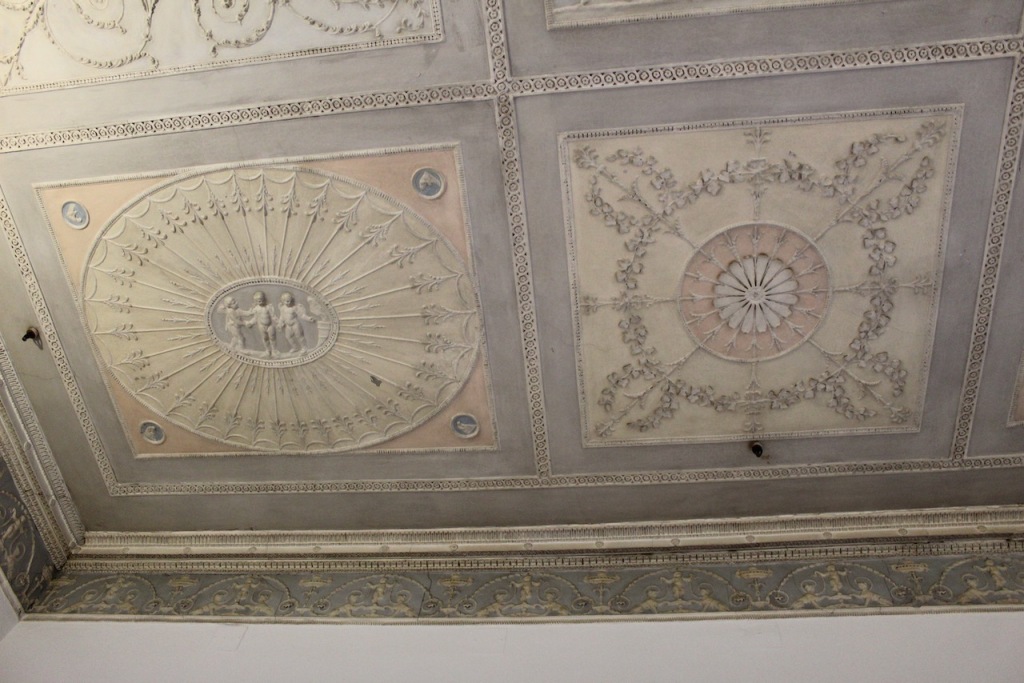


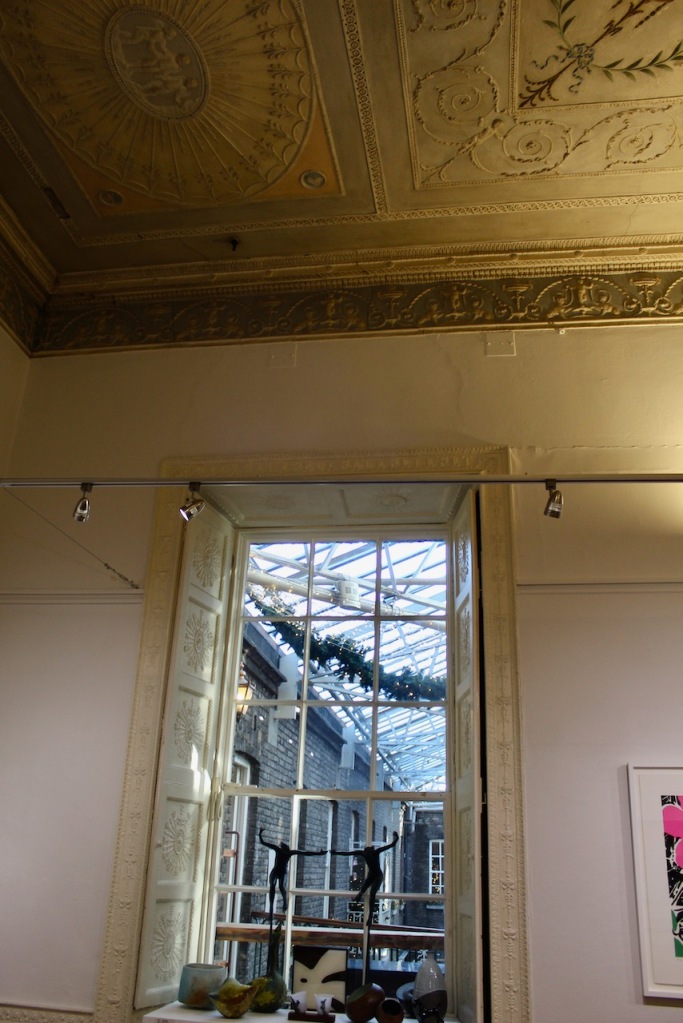



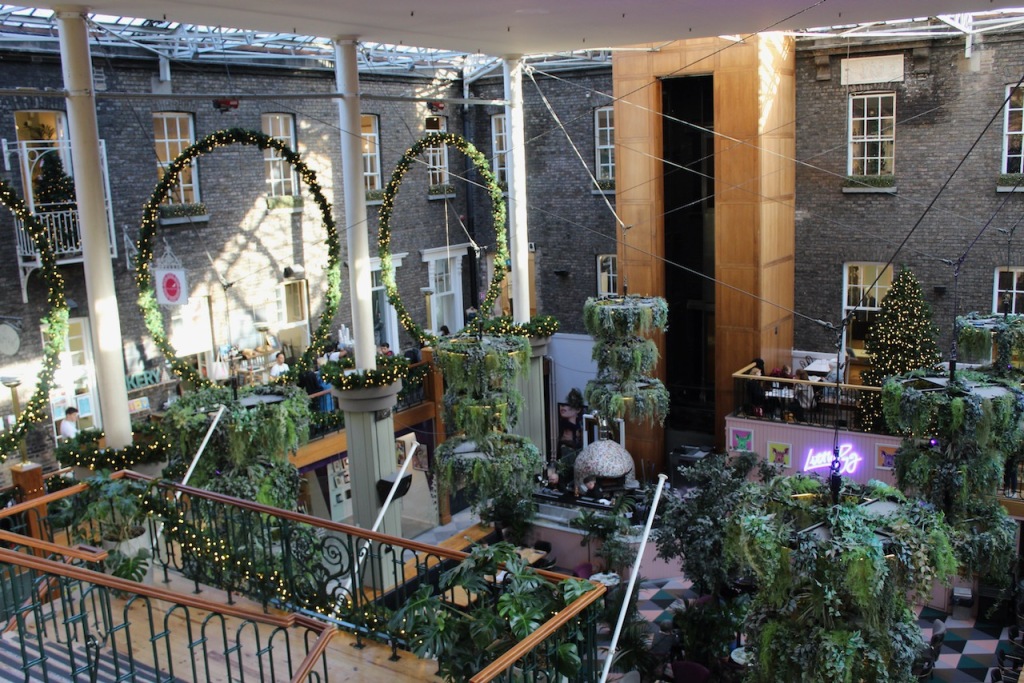
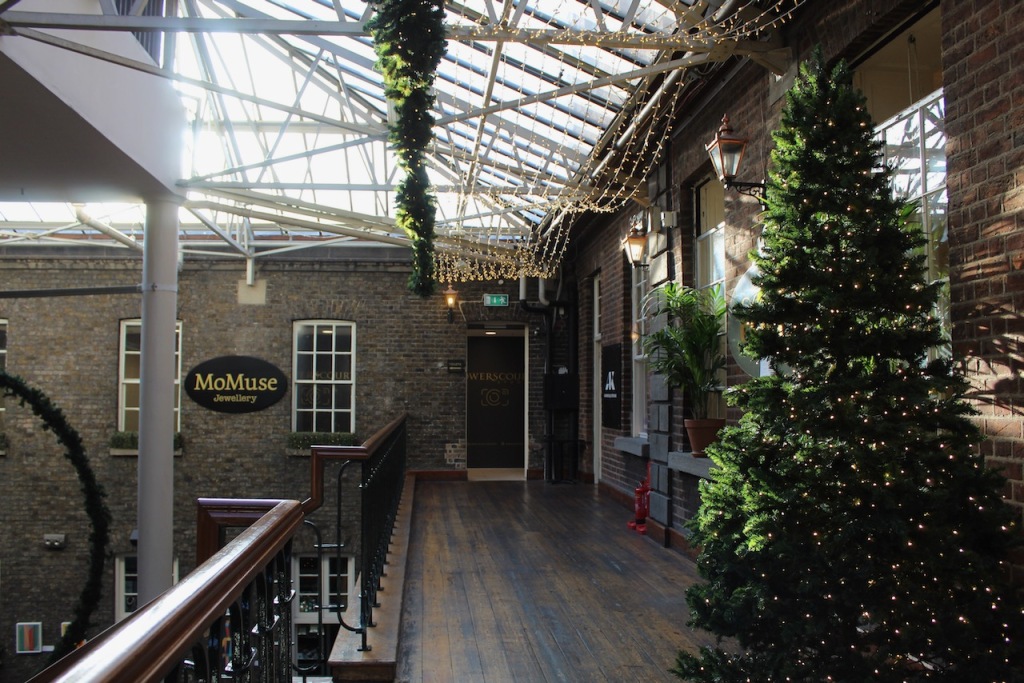
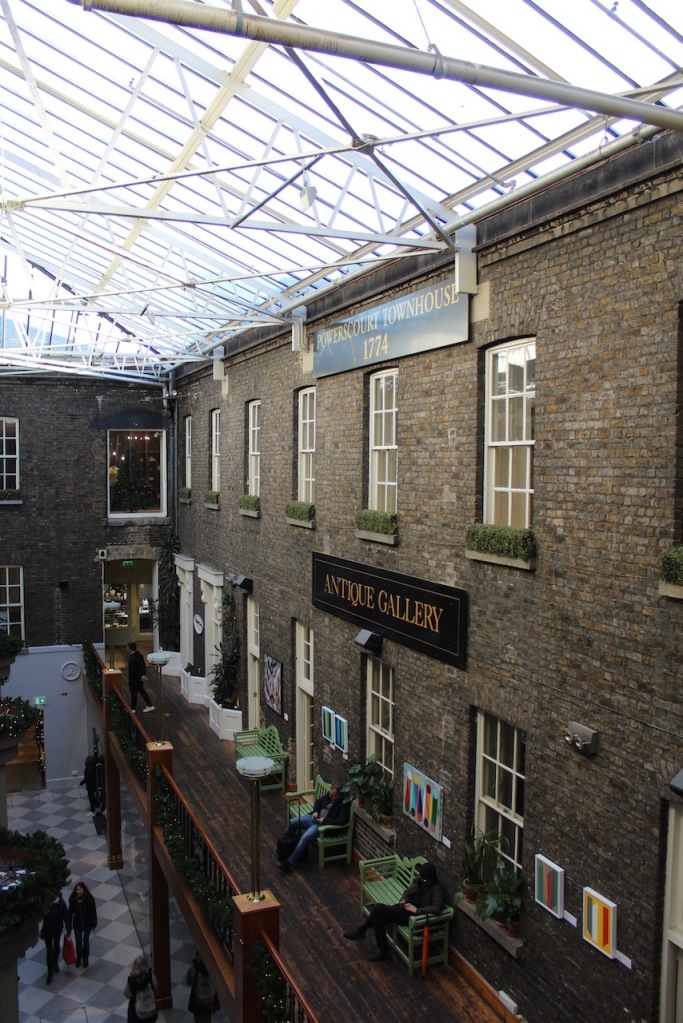
To see the Dining Room and Parlour, you must enter through one of the side carriage entrances, to the restaurant Farrier and Draper.
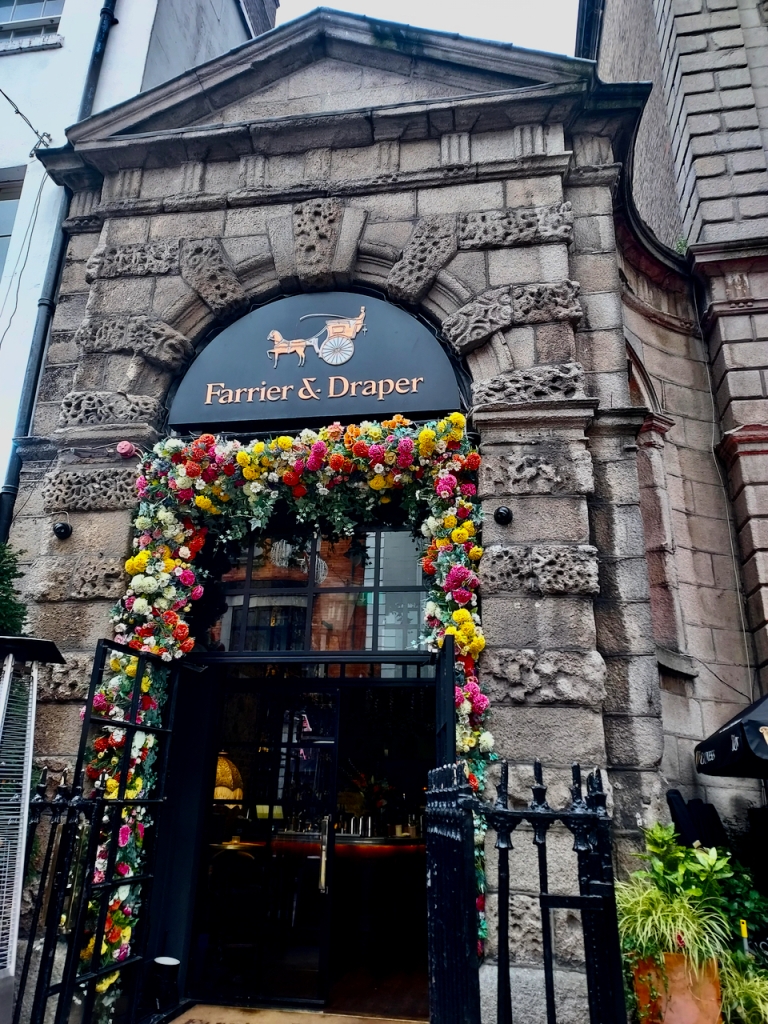
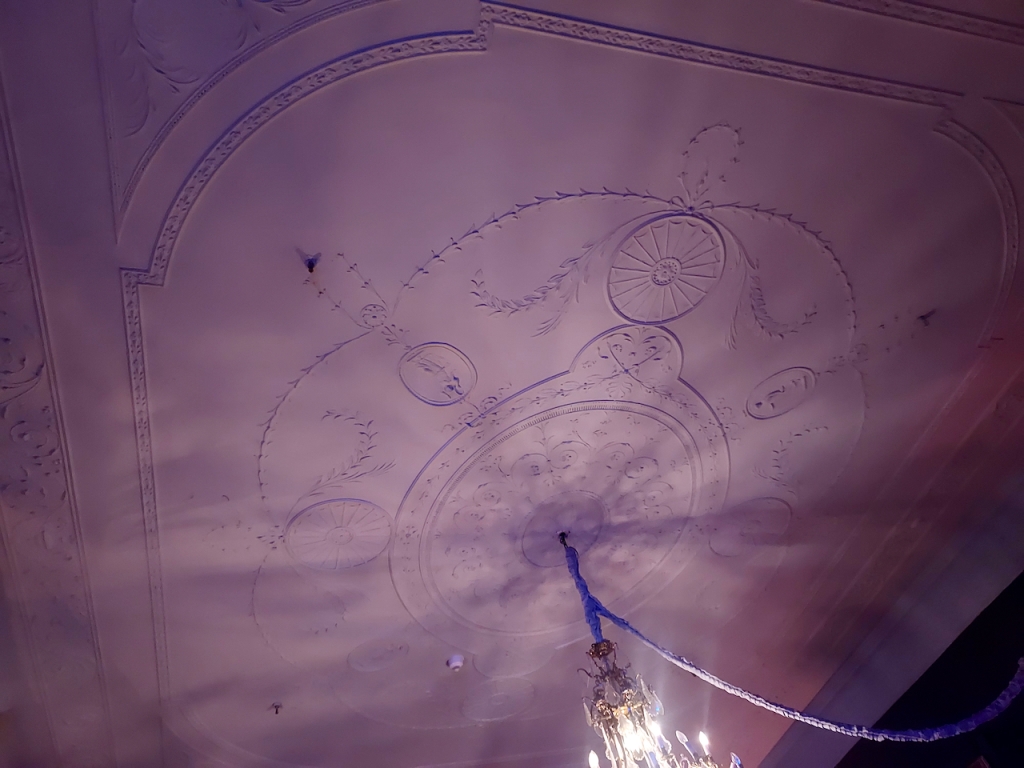
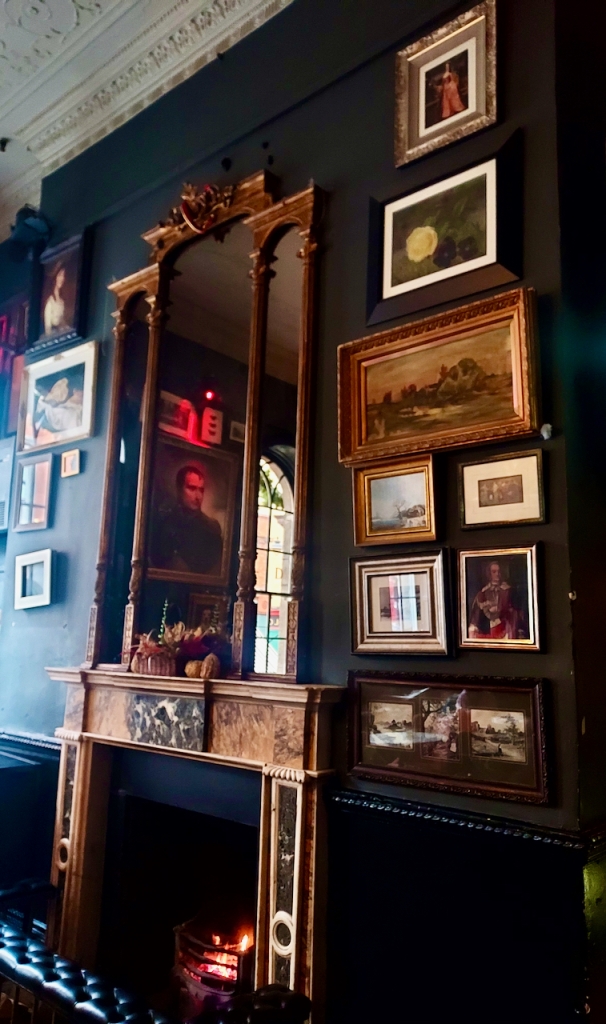

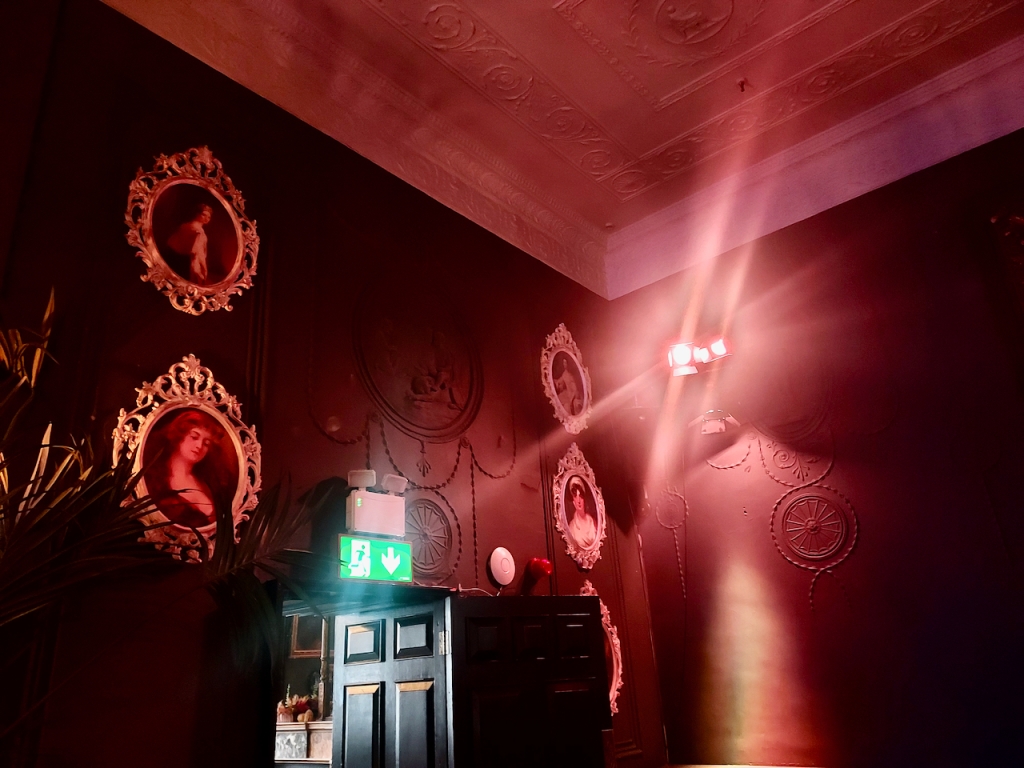
The townhouse website tells us that Richard Wingfield was known as the “French Earl” because he made the Grand Tour in Europe and returned wearing the latest Parisian fashions. He died in 1788 and was laid out in state for two days in his townhouse, where the public were admitted to view him! His son Richard inherited the title and estates.
The garden front is of seven bays rather than nine, and has a broader three-bay advanced centrepiece.

After the house was sold by the Powerscourt family the gardens were built over between 1807 and 1815, when the house became the home of the Government Stamp Office. After the Act of Union, when the Irish Parliament was abolished and Ireland was ruled by Parliament in England, many Dublin mansions were sold. In July 1897 Richard 4th Lord Powerscourt petitioned Parliament to be allowed to sell his house to the Commissioner of Stamp Duties. The house was described as black from “floating films of soot” produced by the city’s coal fires. I can remember when Trinity was blackened by soot also before smoky coal was banned from Dublin, and extensive cleaning took place.

Several alterations were made to make the house suitable for its new purpose. This work was carried out by Francis Johnston, architect of the Board of Works, who designed the General Post Office on O’Connell Street. He designed additional buildings to form the courtyard of brown brick in Powerscourt townhouse, which served as offices. This consisted of three ranges of three storeys with sash windows. He also designed the clock tower and bell on Clarendon Street.
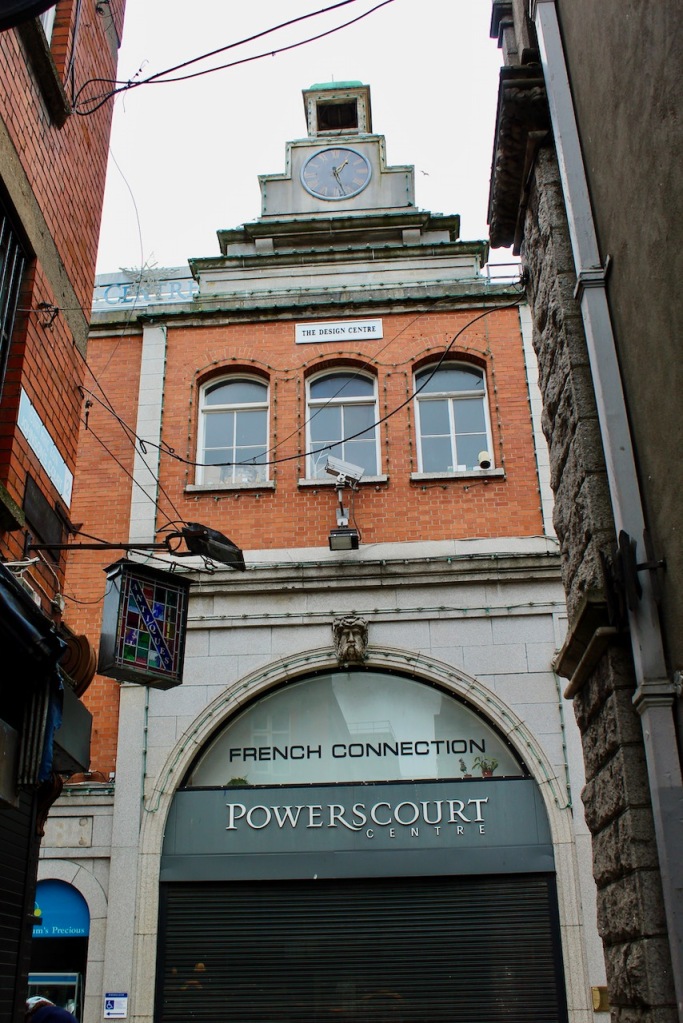
In 1835, the Government sold the property to Messrs Ferrier Pollock wholesale drapers, who occupied it for more than one hundred years. It was used as a warehouse. I’m sure the workers in the warehouse enjoyed going up and down the grand staircase!
In 1981 the buildings were converted into a shopping centre, by architect James Toomey, for Power Securities. The courtyard was glazed over to make a roof.
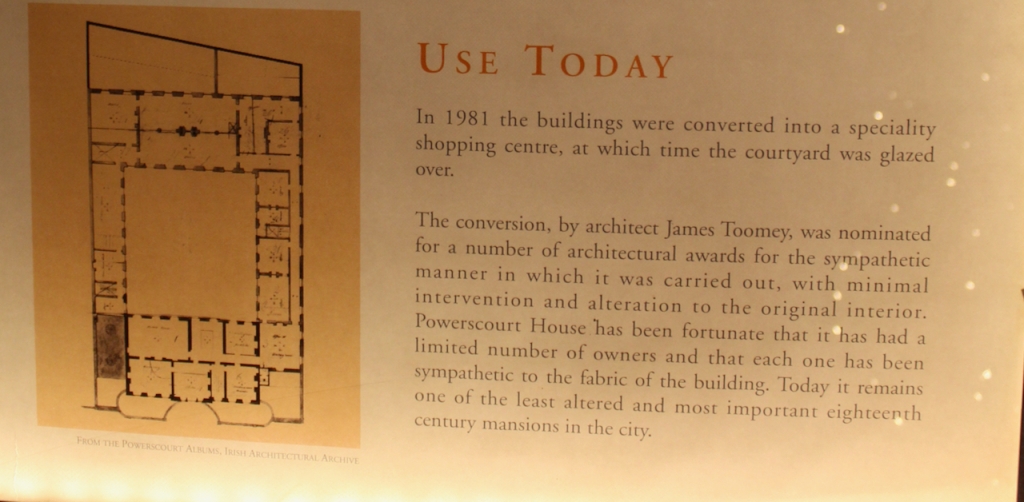


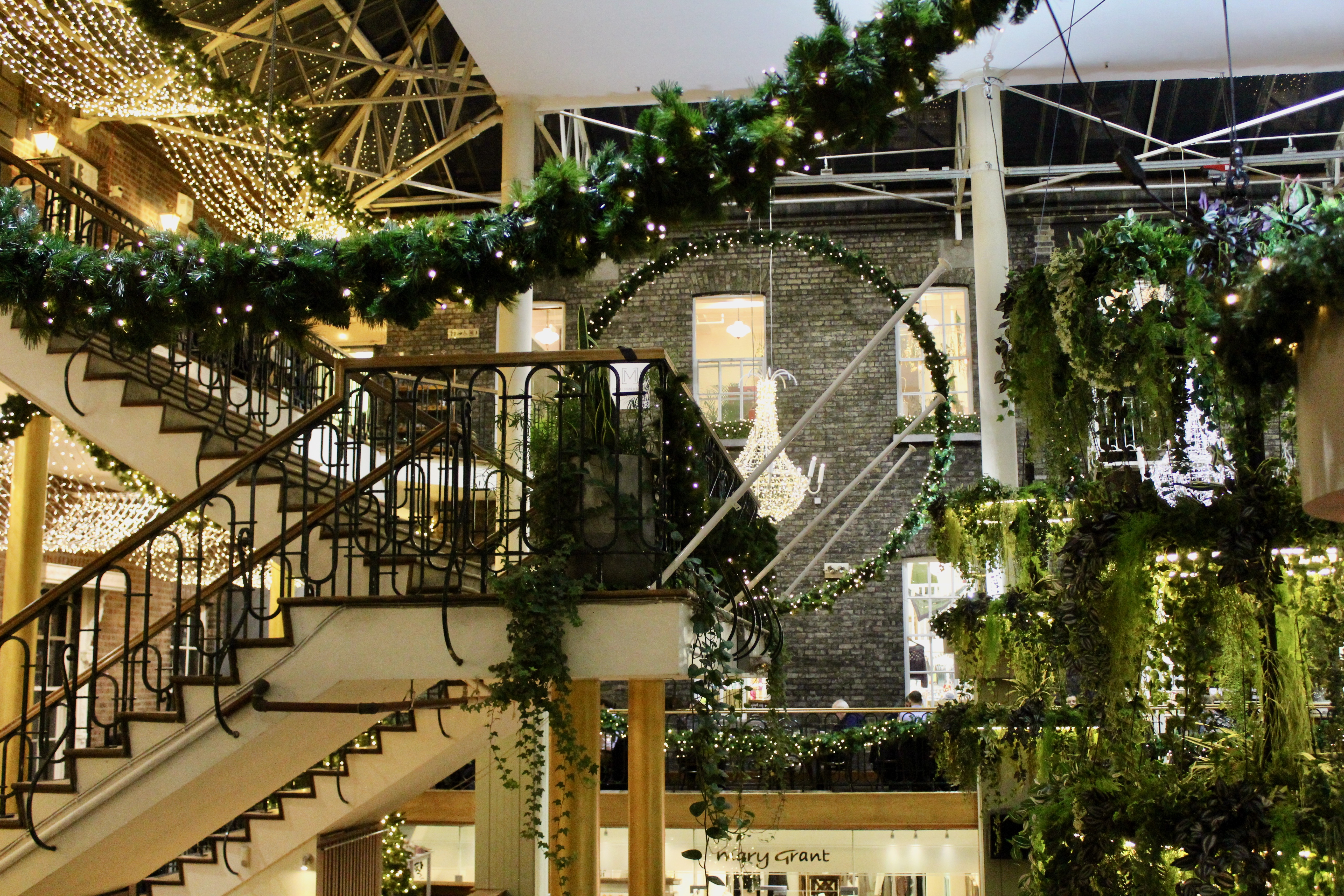
Powerscourt Townhouse was one of my haunts when I first moved to Dublin in 1986 (after leaving Dublin, where I was born, in 1969, at eight months old). I loved the antique stores with their small silver treasures and I bought an old pocket watch mounted on a strap and wore it as a watch for years. My sister, our friend Kerry and I would go to Hanky Pancakes at the back of the town centre, downstairs, for lemon and sugar coated thin pancakes, watching them cook on the large round griddle, being smoothed with a brush like that used to clean a windshield. For years, it was my favourite place in Dublin. Pictured below is the pianist, an old friend of Stephen’s, Maurice Culligan. My husband bought my engagement ring in one of the antique shops!
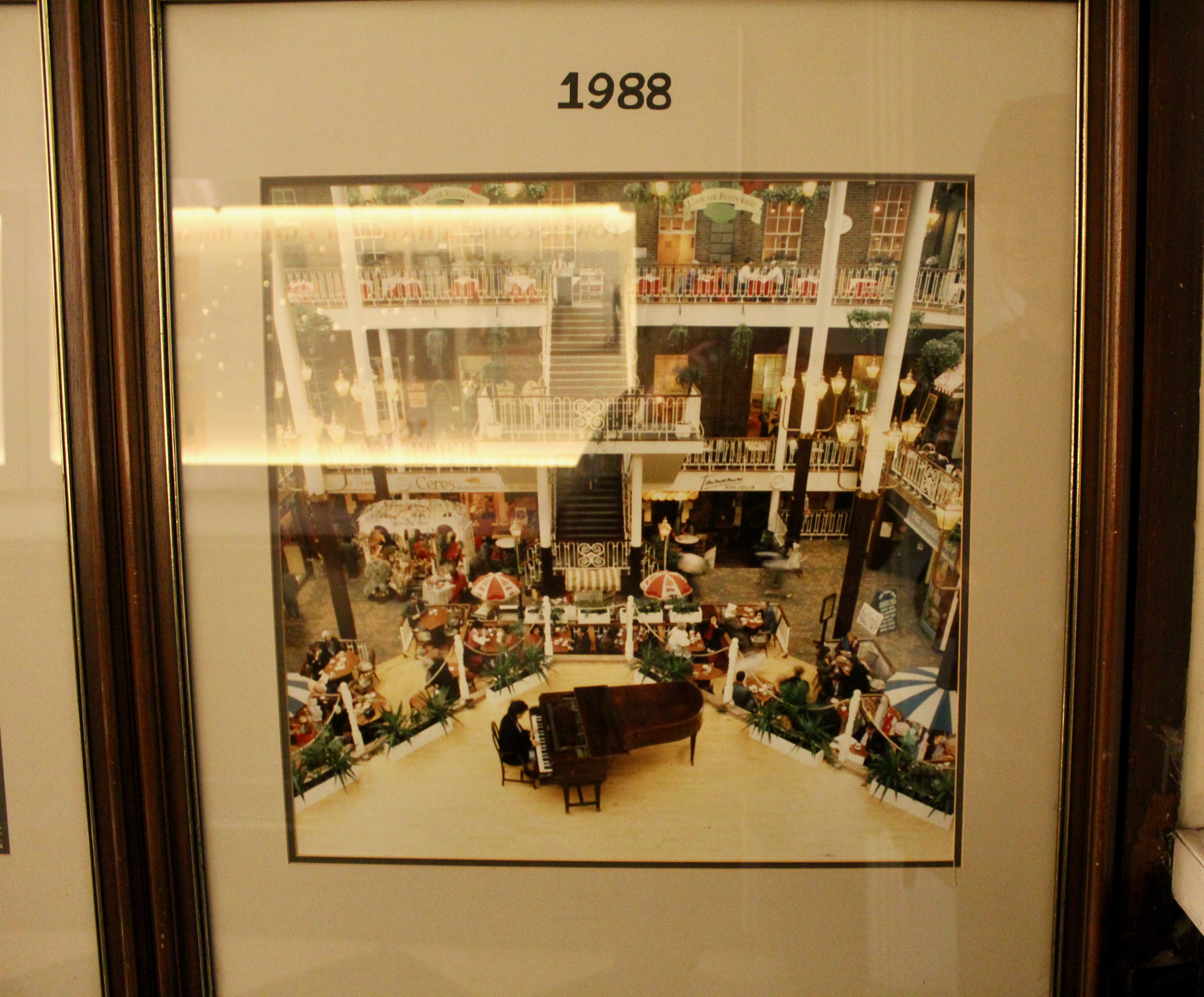

Despite the very helpful information boards, I find it impossible to imagine what the original house looked like. I took pictures walking around the outside of the shopping centre.



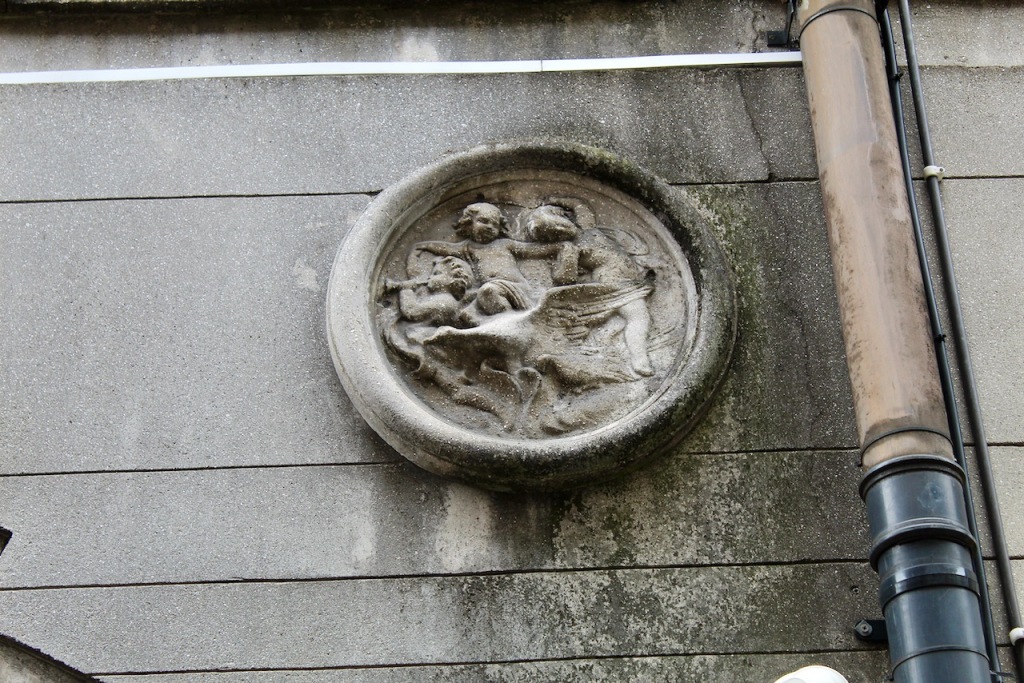
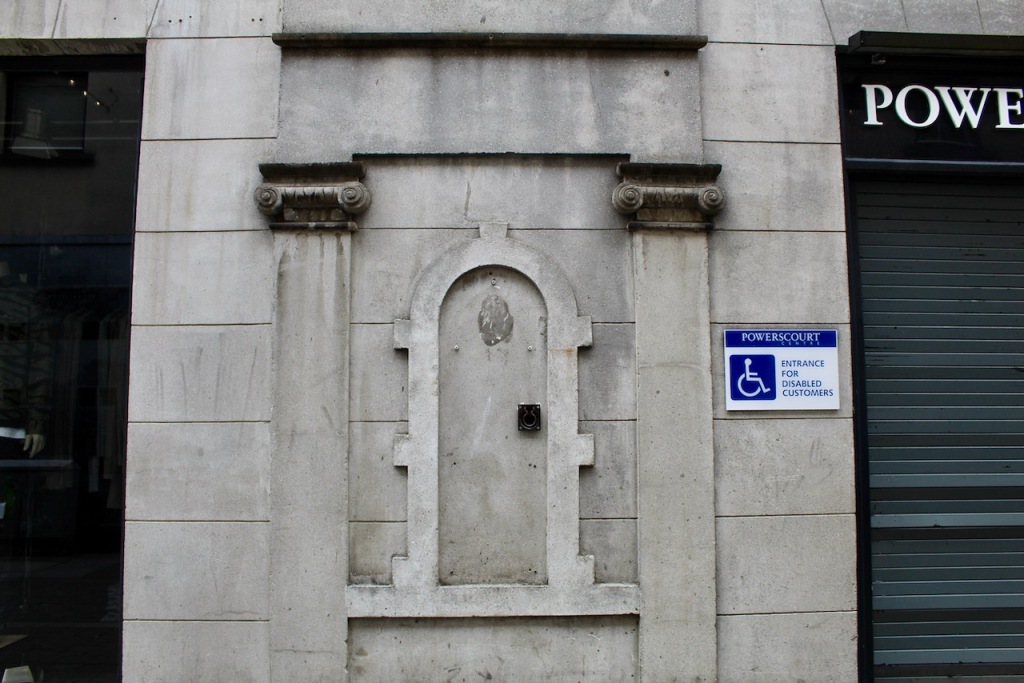
The French Connection entrance side is opposite the Westbury Mall.
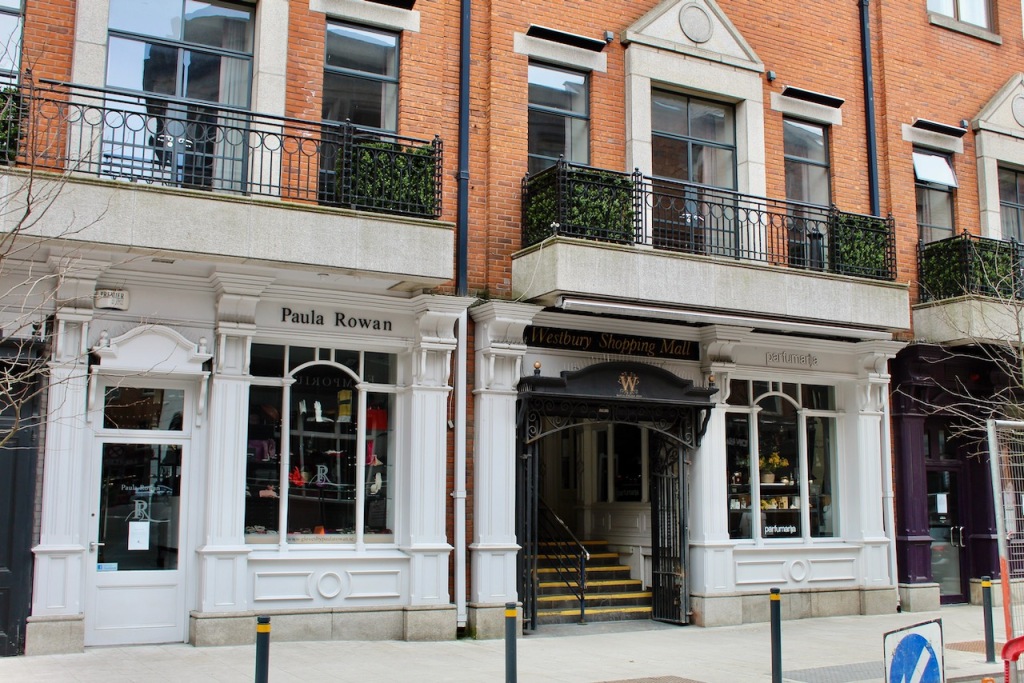
The grander side is opposite from Grogans, and next to the old Assembly House which is now the headquarters of the Irish Georgian Society. The walkway by Grogans leads down to the wonderful Victorian George’s Arcade buildings.
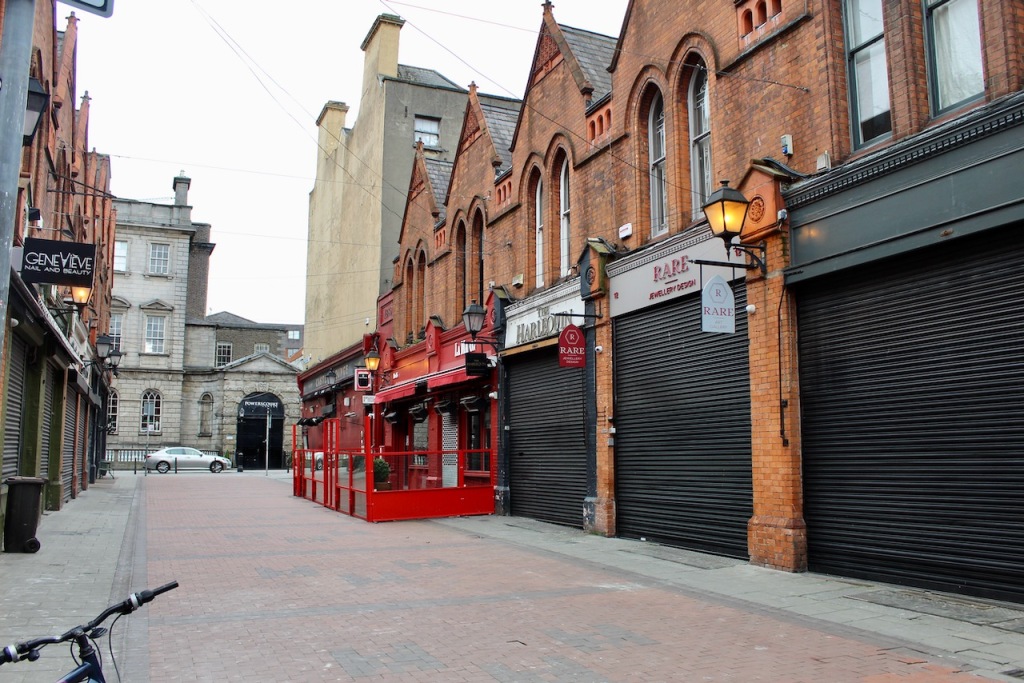
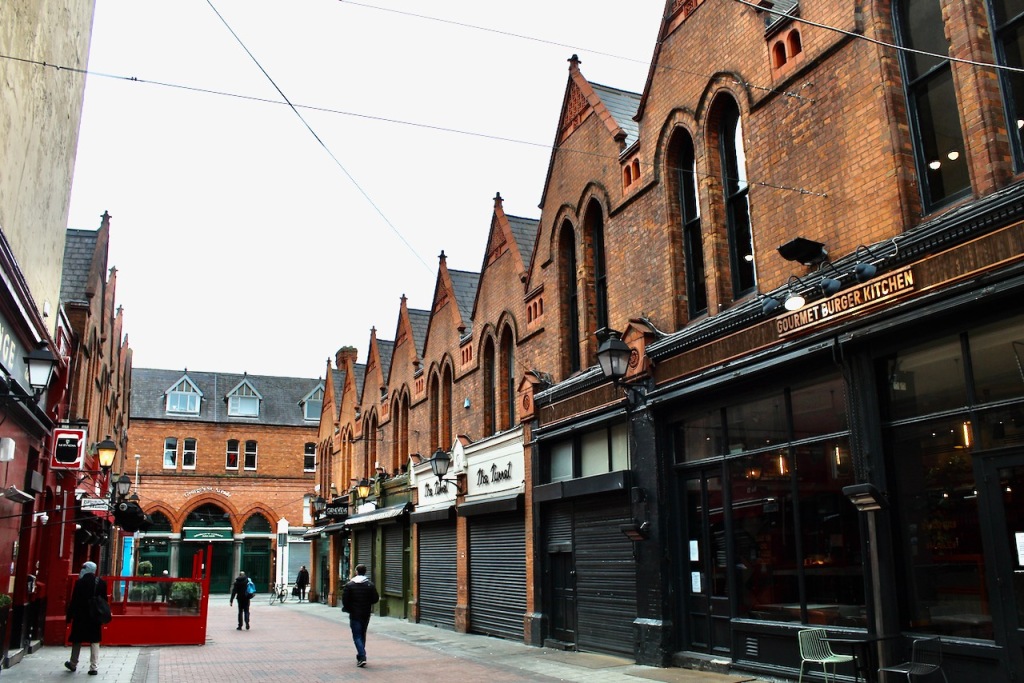

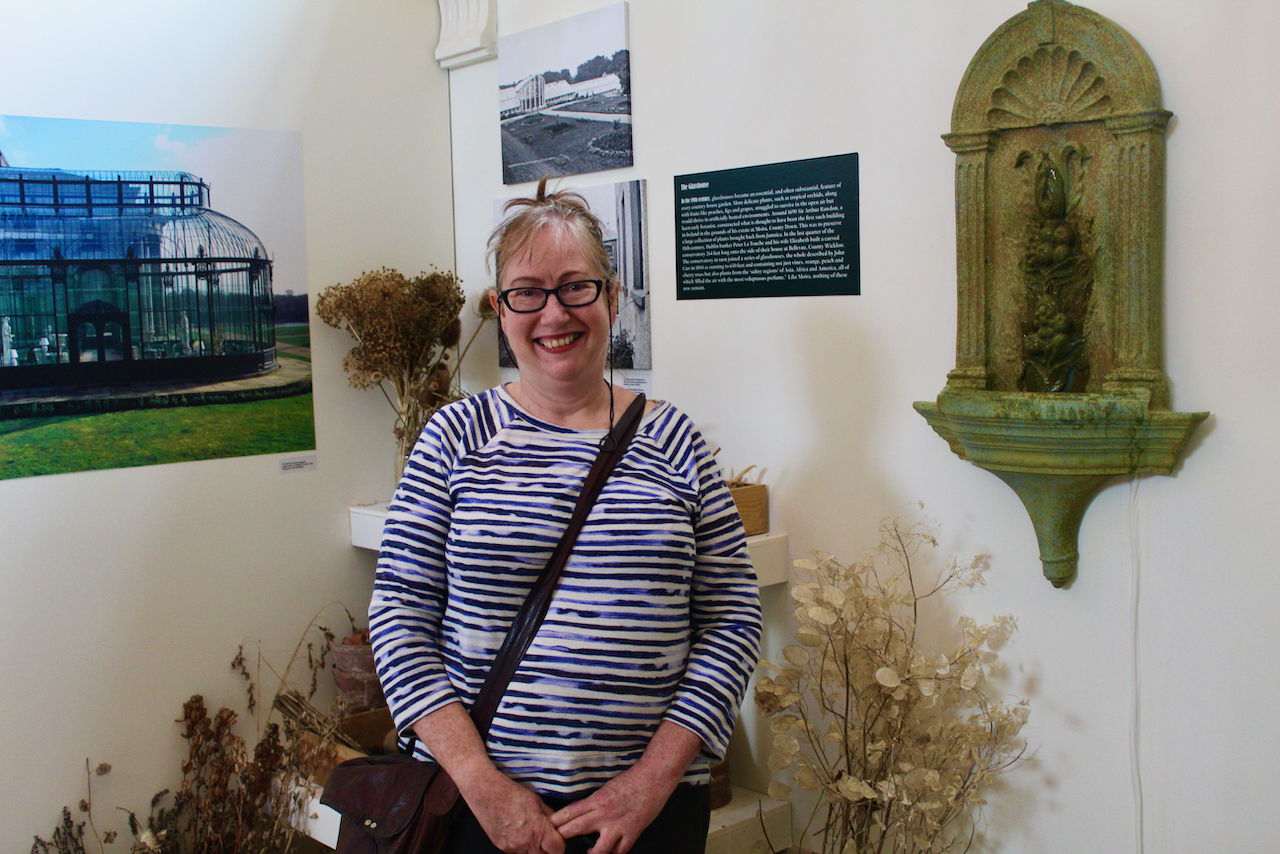
Donation
Help me to fund my creation and update of this website. It is created purely out of love for the subject and I receive no payment so any donation is appreciated!
€10.00
[1] I traced the genealogy of the owner of Salterbridge, Philip Wingfield. I traced him back to the owners of Powerscourt Townhouse. Richard 4th Viscount Powerscourt (1762-1809) has a son, Reverend Edward Wingfield (his third son) (b. 1792). He marries Louise Joan Jocelyn (by the way, he is not the only Wingfield who marries into the Jocelyn family, the Earls of Roden). They have a son, Captain Edward Ffolliott Wingfield (1823-1865). He marries Frances Emily Rice-Trevor, and they have a son, Edward Rhys Wingfield (1848-1901). He marries Edith Caroline Wood, and they have a son, Captain Cecil John Talbot Rhys Wingfiend. He marries Violet Nita, Lady Paulett, and they have a son, Major Edward William Rhys Wingfield. It is he who buys Salterbridge, along with his wife, Norah Jellicoe. They are the parents of Philip Wingfield.
[3] Archiseek seems mistaken as identifying the architect to be Richard Castle/Cassells
http://archiseek.com/2010/1774-powerscourt-house-south-william-street-dublin/
[4] Casey, Christine. The Buildings of Ireland: Dublin. The City within the Grand and Royal Canals and the Circular Road with the Phoenix Park. Founding editors: Nikolaus Pevsner and Alistair Rowan. Yale University Press, New Haven and London, 2005.
pediment: “Originally the low-pitched triangular gable of the roof of a Classical temple, and of the roof of a portico; used as an ornamental feature, generally in the centre of a facade, without any structural purpose.”
portico: “an open porch consisting of a pediment or entablature carried on columns.”
entablature: “a horizontal member, properly consisting of an architrave, frieze and cornice, supported on columns, or on a wall, with or without columns or pilasters.”
architrave: “strictly speaking, the lowest member of the Classical entablature; used loosely to denote the moulded frame of a door or window opening.”
frieze: “strictly speaking, the middle part of an entablature in Classical architecture; used also to denote a band of ornament running round a room immediately below the ceiling.”
cornice: “strictly speaking, the crowning or upper projecting part of the Classical entablature; used to denote any projecting moulding along the top of a building, and in the angle between the walls and the ceiling of a room.”
pilasters: “a flat pillar projecting from a wall, usually with a capital of one of the principal Orders of architecture.”
volute: “a scroll derived from the scroll in the Ionic capital.”
Ionic Order: “the second Order of Classical architecture.”
Acanthus – decoration based on the leaf of the acanthus plant, which forms part of the Corinthian capital
[7]https://en.wikipedia.org/wiki/Richard_Wingfield,_1st_Viscount_Powerscourt_(first_creation)
[8]http://lordbelmontinnorthernireland.blogspot.com/search/label/County%20Wicklow%20Landowners
I did further research in Burke’s Peerage to discover the exact relationship of these cousins. https://ukga.org/cgi-bin/browse.cgi?action=ViewRec&DB=33&bookID=227&page=bp189401283
Lewis Wingfield of Southampton married a Ms. Noon. He had a son Richard who married Christiana Fitzwilliam, and a son George. Richard the 1st Viscount who moved to Ireland is the son of Richard and Christiana. Edward Wingfield, who inherited Powerscourt Estate from Richard 1st Viscount, was the grandson of George (son of Lewis of Southampton), son of Richard Wingfield of Robertstown, County Limerick, who married Honora O’Brien, daughter of Tadh O’Brien (second son of Muragh O’Brien, 1st Lord Inchiquin).
[9] There was much intermarrying between the Cromwells and the Wingfields at this time! 1st Viscount Richard Wingfield, of the first creation, married Frances Rugge (or Repps), daughter of William Rugge (or Repps) and Thomasine Townshend, who was the widow of Edward Cromwell, 3rd Baron Cromwell. Frances Rugge and Edward Cromwell had two daughters, Frances and Anne. Frances Cromwell married Sir John Wingfield of Tickencote, Rutland, and Anne Cromwell married Sir Edward Wingfield of Carnew, County Wicklow. Anne and Edward’s grandson Folliott became the 1st Viscount Powerscourt of the 2ndcreation.
[10] Wikipedia has a different genealogy from Lord Belmont’s blog. Folliott Wingfield, 1st Vt of 2nd creation (1642-1717), according to Wikipedia, is the son of Richard Wingfield and Elizabeth Folliott, rather than the son of Anne Cromwell and Edward Wingfield of Carnew, County Wicklow, as the Lord Belmont blog claims. Burke’s Peerage however, agrees that Folliott Wingfield, 1st Vt 2nd Creation is not the son of Edward Wingfield of Carnew.
According to Burke’s Peerage, Edward Wingfield of Carnew, who married Anne Cromwell, and who inherits Powerscourt Estate, dies in 1638. They have six sons:
I. Richard is his heir;
II. Francis
III. Lewis, of Scurmore, Co Sligo, who married Sidney, daughter of Paul Gore, 1st Bart of Manor Gore, and they have three sons: Edward*, Lewis and Thomas. This Edward inherits Powerscourt Estate.
IV. Anthony, of London
V. Edward, of Newcastle, Co Wickow, d. 1706
Richard (d. 1644 or 1645), the heir, married Elizabeth Folliott, and is succeeded by his son Folliott Wingfield, who becomes 1st Vt, 2nd Creation. When he dies, the peerage ends again. However, his first cousin, Edward* inherits Powerscourt. Edward Wingfield Esq, of Powerscourt, Barrister-at-Law, marries first Eleanor Gore, daughter of Arthur Gore of Newtown Gore, County Mayo, and by her has a son, Richard. Richard inherited Powerscourt, became an MP and was elevated to the peerage in 1743, and became (1st) Viscount Powerscourt of the 3rd creation.
Text © Jennifer Winder-Baggot, www.irishhistorichouses.com
www.number11dublin.ie
Open dates in 2025: April 7th – 11th, 21st – 25th, May 6-10, June 2-7, July 7-12, Aug 4-9, 16-25, Sept 1-7, Oct 6-10, 20-24,
12 noon-4pm
Fee: adult €7, students/OAP €3, child up to 12 years, free

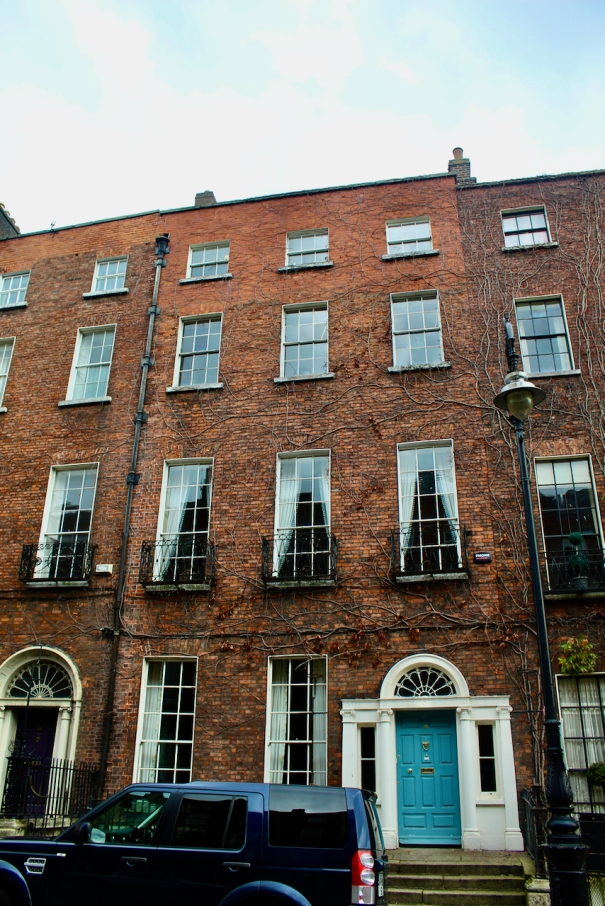
I visited 11 North Great George’s Street in 2012 during Open House, run by the Irish Architectural Foundation. I went with my husband Stephen and my Dad, Desmond. There is a video of the day on the website and I am excited to see myself in it! [1]
We loved this house! It’s wonderfully decorated and we had a tour with owner John Aboud. The decor is very quirky and full of character. I loved the plaster decoration on the walls, “John Soane’s Museum” style. Like Peter Pearson, the occupant has rescued parts of old houses which are being discarded. How I’d love to come across such a skip!
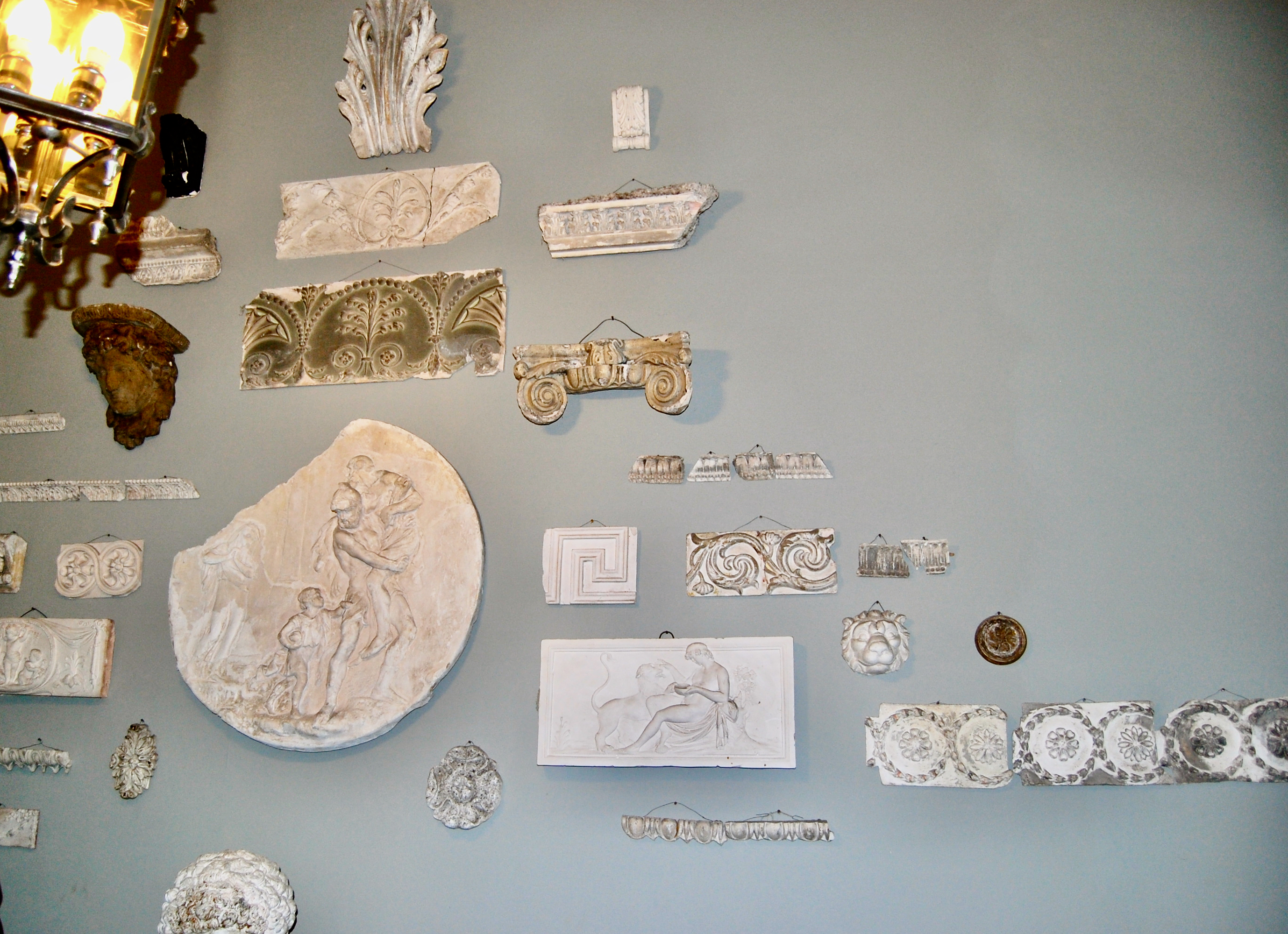
According to the Buildings of Ireland website, this house was one of the first to be built on North Great George’s Street, a street of stepped terraces built after 1768 as a result of commercial leases granted on the avenue leading to the Mount Eccles Estate and in response to the expansion of the Gardiner Estate [2]. The houses were built as townhouses for the gentry. Number 11 was completed in 1774.
The street has its own North Great George’s Street Preservation Society, which has an excellent website with a history of the street written by Conor Lucey. [3] The Preservation Society began in 1979, according to its website, by a group of resident house-owners who had become concerned about the fate of the street, which had survived almost alone amid the surrounding dereliction of North Central Dublin. The Association was formed more recently to represent the views and interests of the many long-term residents in the street.
Sir John Eccles was Lord Mayor of Dublin in 1710. He owned an extensive private estate, which contained the area which is now North Great George’s Street. Unfortunately his mansion has gone and the site where it stood is now occupied by a small two-storey building situated between the present numbers 43 and 46 North Great George’s Street.
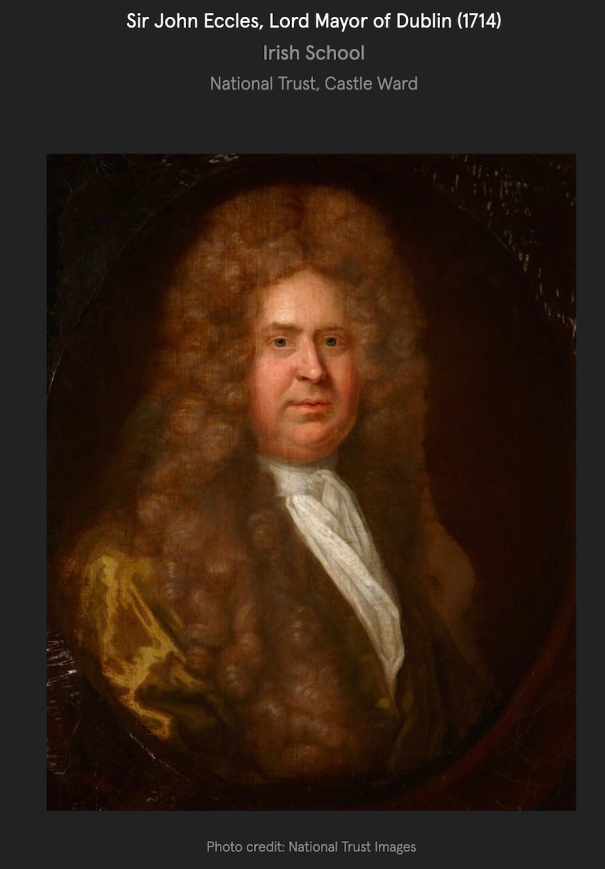
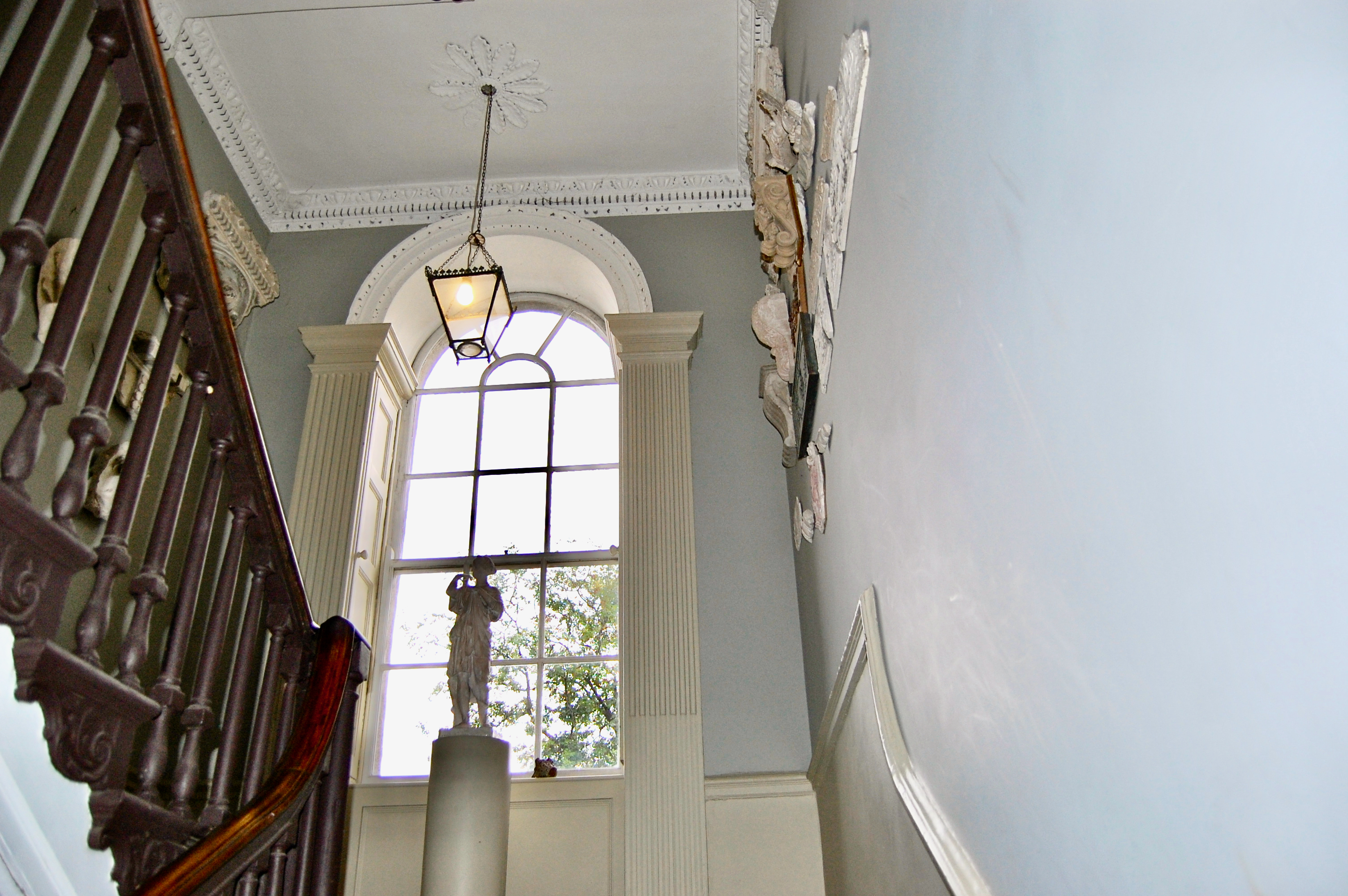
Conor Lucey tells us that Mount Eccles is clearly visible on John Rocque’s map of Dublin published in 1756, but it is labelled with the name of Nicholas Archdall Esq. Nicholas Archdall had purchased the lease for the Mount Eccles estate for 999 years, beginning 1st August 1749.
Nicholas Archdall was MP for County Fermanagh. His son, Edward Archdall, became a property developer. He built numbers 19 and 20 North Great George’s Street in the late 1780s. Nicholas Archdall’s widow Sarah (nee Spurling) petitioned the Irish Parliament in 1766 for permission to grant long leases on premises on her property. She may have been inspired by the new Gardiner estate and Gardiner’s Row. Permission was granted, and the advertisement read:
“To be Let in Lots for Building, the Lands of Mount Eccles, in Great Britain-street, opposite Marlborough-street, joining Palace-row and Cavendish-street, containing seven Acres, which for Situation, Air and Prospect, cannot be exceeded by any in or about Dublin, subject to no Manner of Tax, Hearth Money excepted. For further Particulars, enquire of Mrs. Archdale, at Mount Eccles, where a Plan of the whole may be seen.“
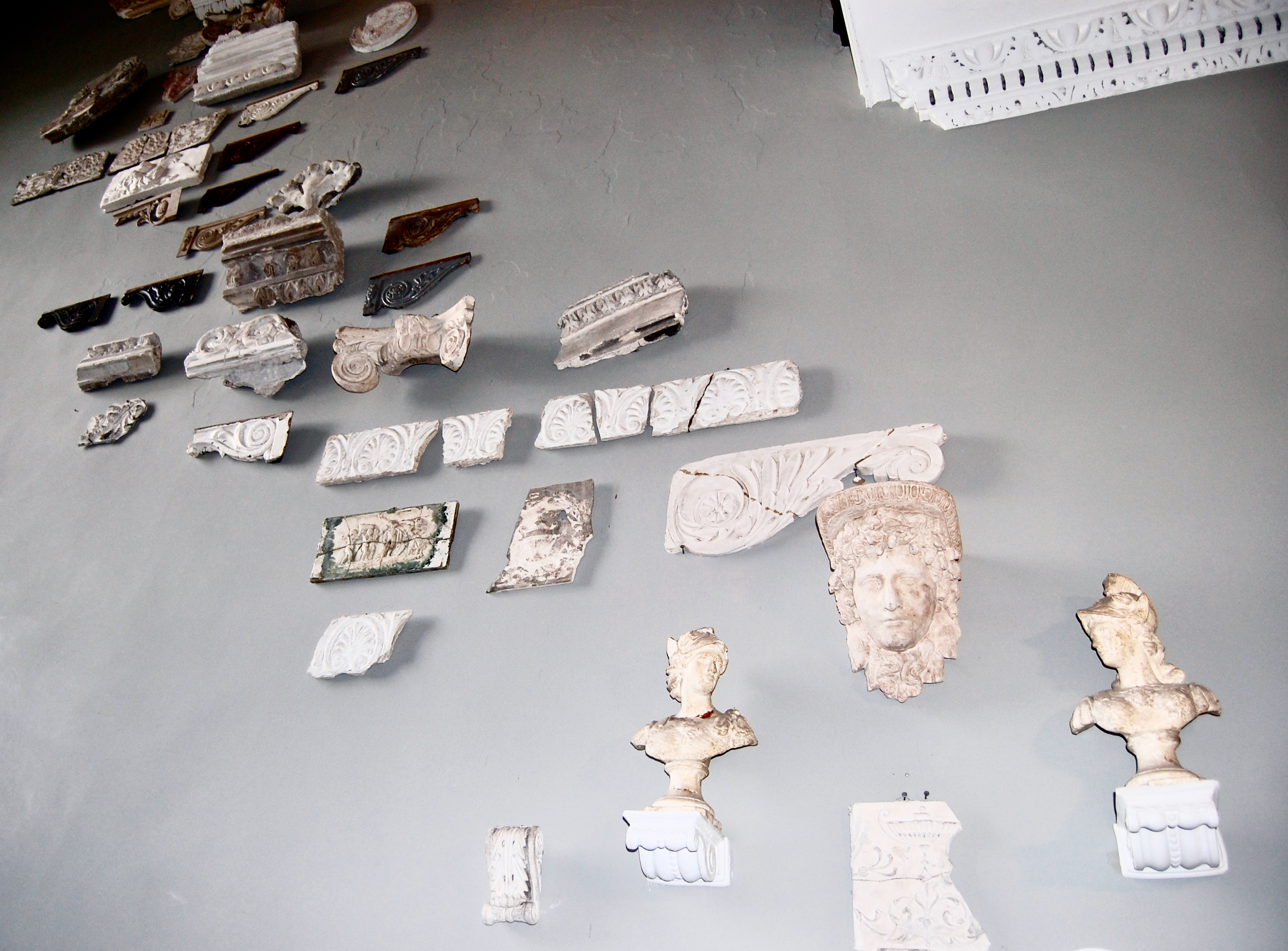
Lucey tells us that the leases for North Great George’s Street contain no covenants or specifications regarding the form of the house, except for the provision of an eight foot wide ‘area’ intended to be ‘in the front of the houses which is to be built on the said ground over and above the flagged passage which is to be 6 ft and 6 in wide’. Other developments, such as Merrion Square and Fitzwilliam square, had much more detailed specifications for the houses to be built.
Lucey describes the typical layout of the houses on the street:
“By far the most common plan type is the ‘two room’ plan, composed of an axially- aligned entrance hall and stair hall, and flanked by front and rear parlours, the latter typically serving as the formal dining room. The principal staircase, customarily of timber open-string construction, is situated at the back of the house and rises from the ground floor – by way of the piano nobile or ‘drawing room storey’ – to the ‘attic’ or bedroom storey, with admittance to the ‘garret’ alone acquired by a smaller, subordinate stair. A distinctive decorative feature of the garret storey stair is the ‘Chinese Chippendale’ balustrade, popular from mid-century and exemplified by surviving examples at Nos.4, 11, 36 and 50.”

Other properties on the street were leased to Emilia, Dowager Viscountess Powerscourt (the widow of Richard Wingfield, 3rd Viscount Powerscourt, who built Powerscourt Townhouse in Dublin – see my entry on Powerscourt Townhouse) and Valentine Browne, 1st Earl of Kenmare.
The Act of Union of 1800, however, meant that there was no longer a Parliament in Dublin and many gentry left Ireland. The house’s website states:
“Despite the drain from the city of power and money after the Act of Union in 1800, North Great George’s Street managed to hold onto some grandees till the very end of the 19th Century. In the case of no. 11, these included in 1821 a George Whitford, High Sheriff of Dublin, who was knighted in that year by George IV at the Mansion House. No doubt to celebrate his new status, he had the front doorcase re-modelled to accommodate a large new fanlight, and also had the Salon joinery replaced in the fashionable neo-classical style.”
The No.11 website tells us more about former inhabitants.
Dr. Charles Orpen lived in the house in the 1830s. He played a significant part in the development of sign language, and in the education of deaf children, founding Ireland’s first school for deaf children, in 1816, in Brunswick Street (now Pearse Street). It became The Claremont Institution for the Deaf and Dumb when it moved to a large demesne called Claremont in Glasnevin. Dr. Orpen worked at the Workhouse at the House of Industry in Dublin, where he noticed that there were 21 deaf children. He took one of the children, Thomas Collins, home to educate him, and based on his learnings about the conditions of being deaf, he gave several popular lectures in the Rotunda, which led to a public interest in the condition and of education of deaf and dumb children. [4]
Another former inhabitant of number 11 in the 1850s was a barrister named Patrick Blake. He had Nationalist leanings, and the no.11 website tells us that it is believed that Michael Davitt, one of the leaders of the Irish Republican Brotherhood and the Land League, was hidden in the house for some time before his arrest and imprisonment in 1870. By this time, and for the rest of the century, the domestic quarters of the house had retreated to the top two floors, and the rest of the house was given over to office space for barristers and land agents.
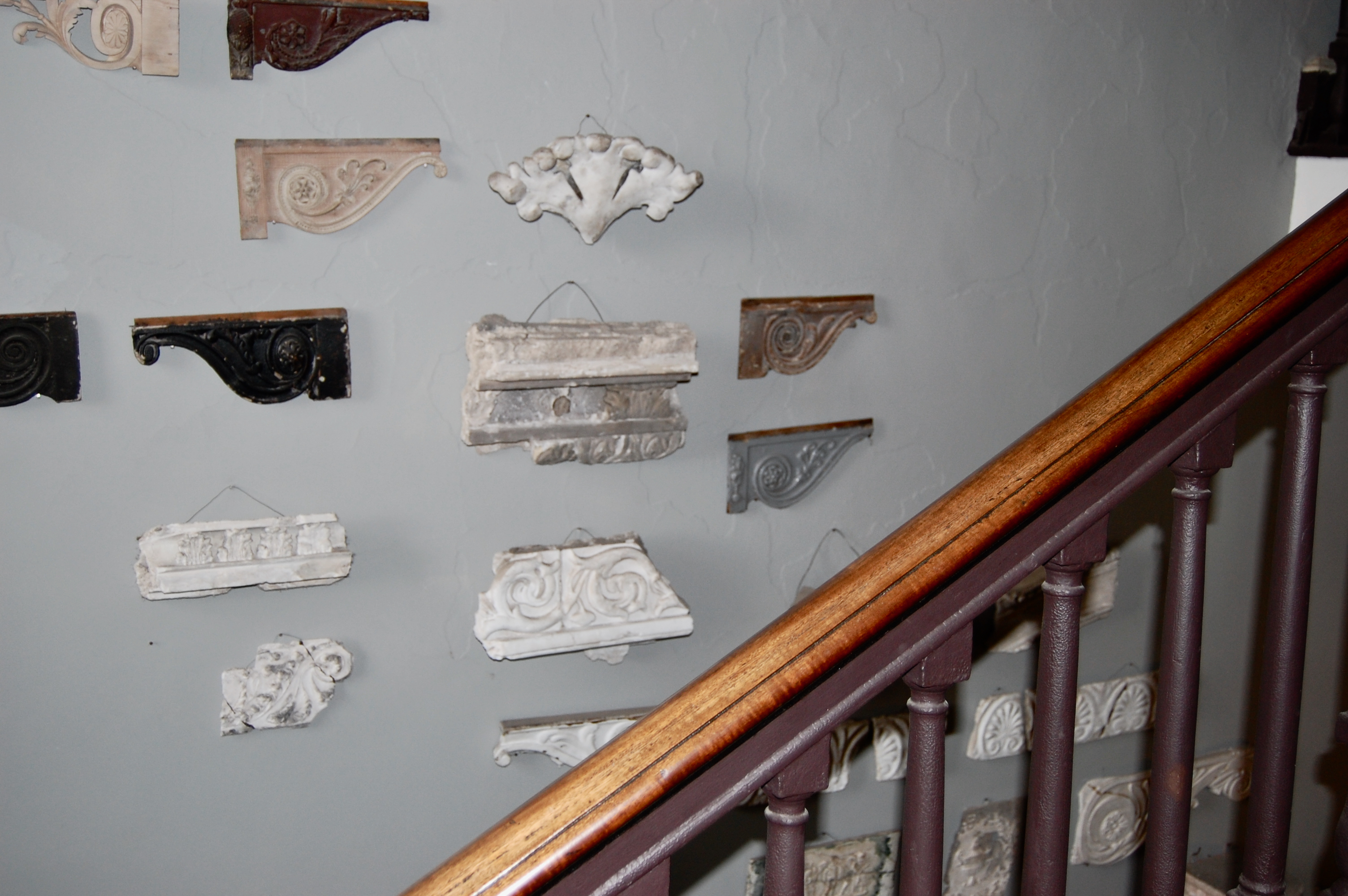
As the wealthy left the city centre for houses in the suburbs, in 1910 a Mr. Kelly bought the house and turned it into a tenement. The No.11 website tells us that unlike many houses, the landlord lived on the premises and so the house survived many of the ravages that other houses suffered at this time. Between the 1930s and 1970s every room in the house was used as a family flat.
By the early 1980s the historic centre of Dublin had been all but abandoned. The house was largely derelict with a roof that was on the point of collapse. The website tells us that a great deal of the house was saturated and pigeons inhabited the upper floors. Despite this, the last tenant, Mrs. Margaret Howard, who had moved into the house in 1921, struggled to maintain an old fashioned gentility in her tenement rooms.
The National Inventory of Architectural Heritage Buildings of Ireland website describes number 11 as a terraced three-bay four-storey house over exposed basement. It’s made of handmade red bricks and granite window sills. The website describes:
“Round-headed door opening with painted stone Doric doorcase. Original ten-panelled painted timber door flanked by engaged Doric columns on stone plinth blocks supporting deep cornice, and replacement peacock fanlight with moulded surrounds and scrolled keystone.”
The website also mentions the original plaster walls and ceiling, as well as original timber joinery and flooring. The ceilings seemed overly colourful, but the owner assured us that this is how such a ceiling would have looked originally.
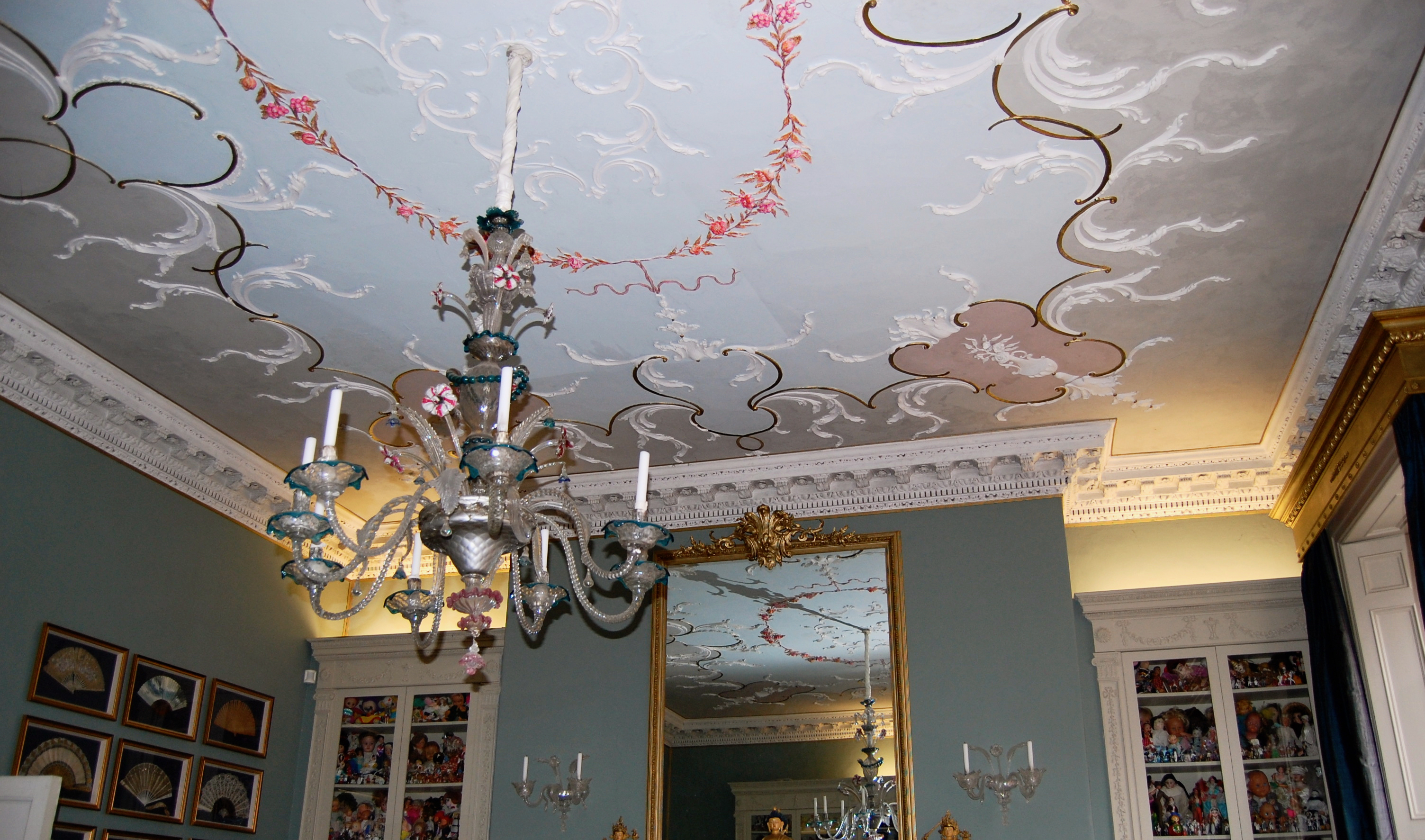
The Buildings of Ireland website describes:
“Upper floors having large amounts of surviving late Rococo plasterwork with projecting birds, acanthus leaves and flower-baskets to rear rooms. First floor saloon having ceiling with flower vases, acanthus pendants and cartouches. Neo-classical over-doors and friezes with urns and festoons. Lugged architraves throughout and moulded joinery [“lugged” is a moulded frame with horizontal projections at the top, according to wikipedia]. Imposing fluted Doric architraves to round-headed windows at each half-landing. Chinese Chippendale stair to garret floor.” [5]
The Rococo plasterwork, the number 11 website tells us, “must be amongst the very last flings of the renowned Robert West School of Rococo plasterwork.” We came across Robert West plasterwork also in Colganstown [6].

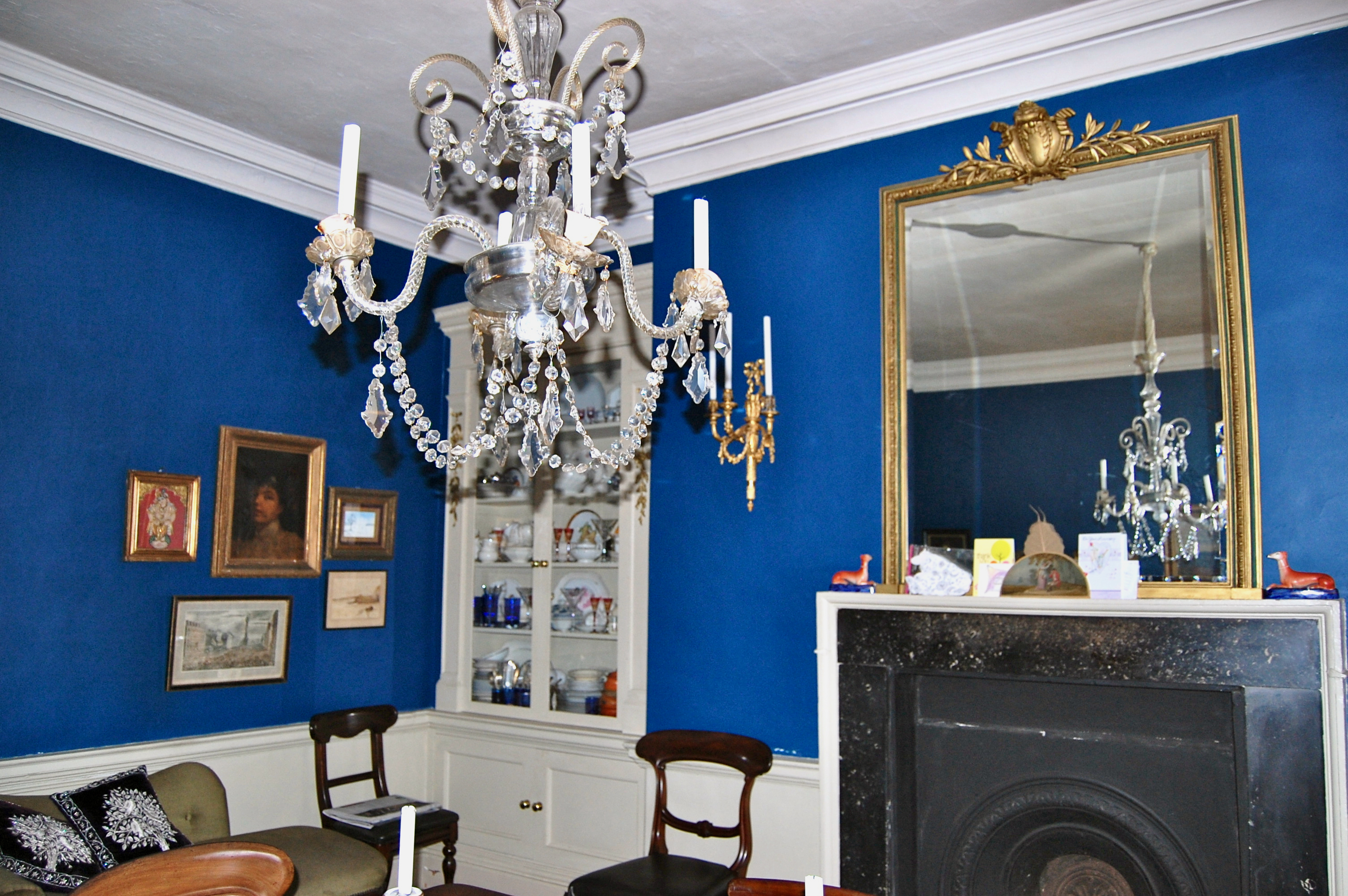
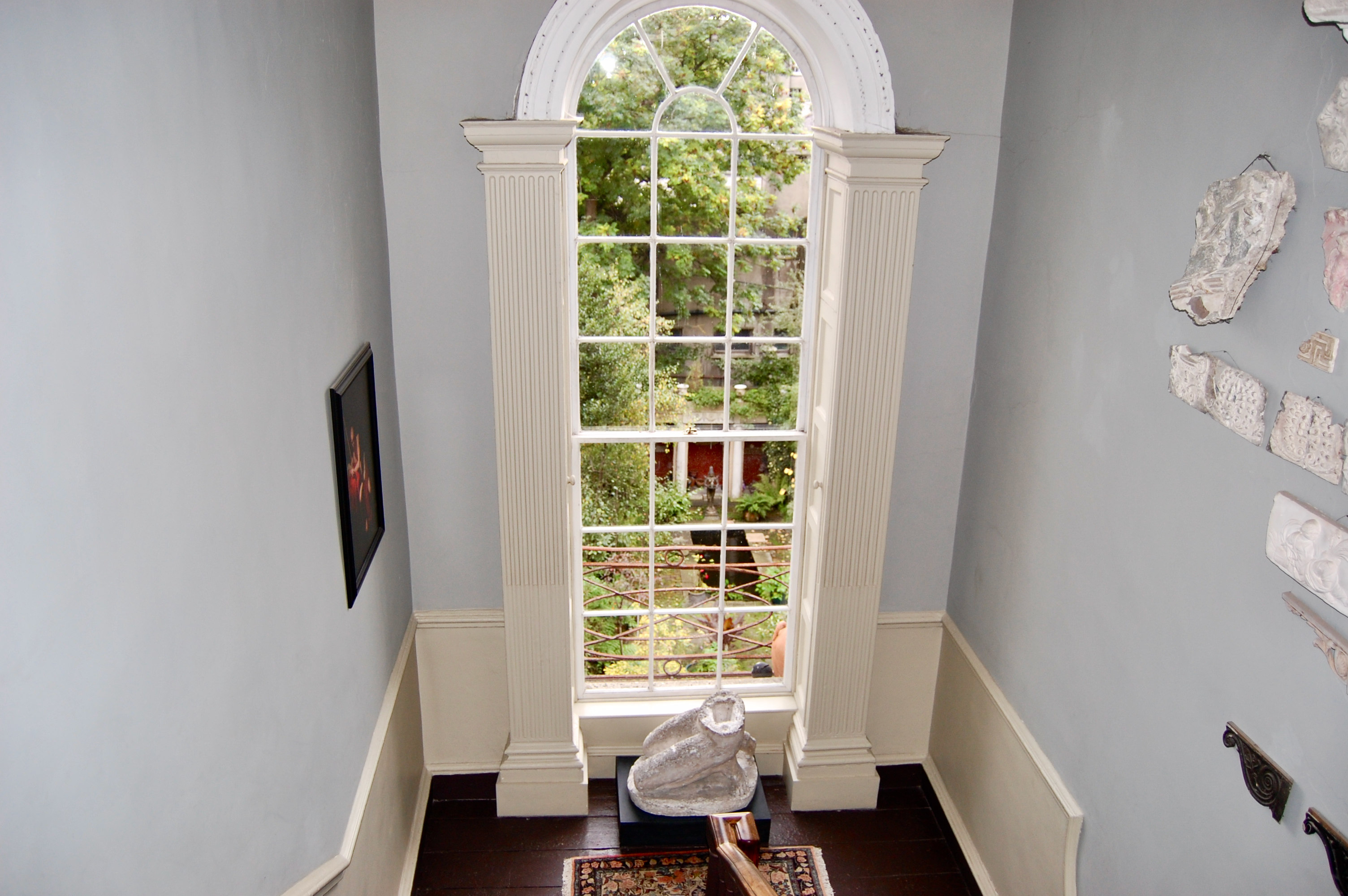
The home owner is a collector, not only of architectural pieces and masks, but of dolls:

Some of the architectural pieces are from, I believe, a church that was demolished, St. Peter’s Church on Aungier Street. These banisters might have been altar rails:
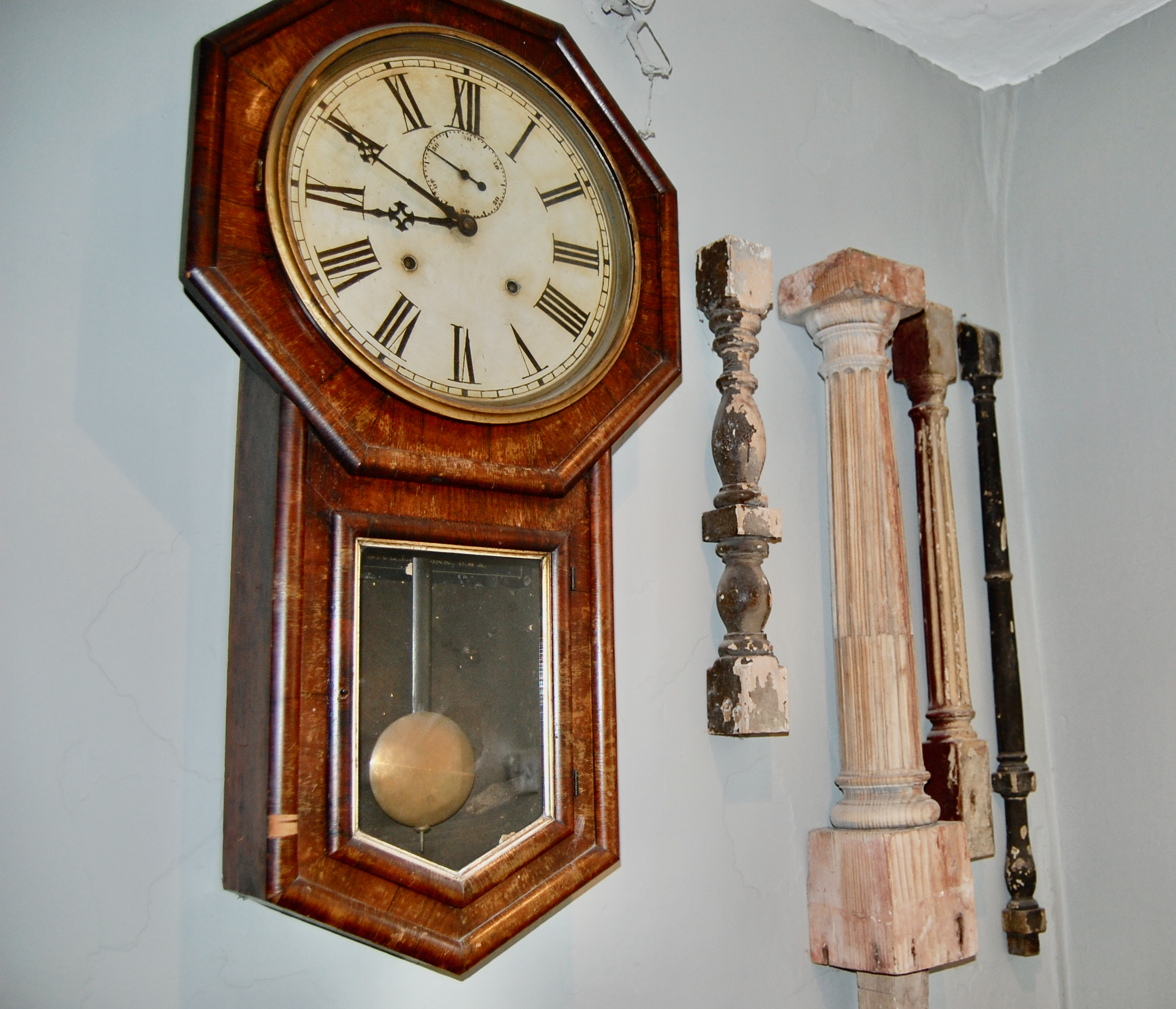
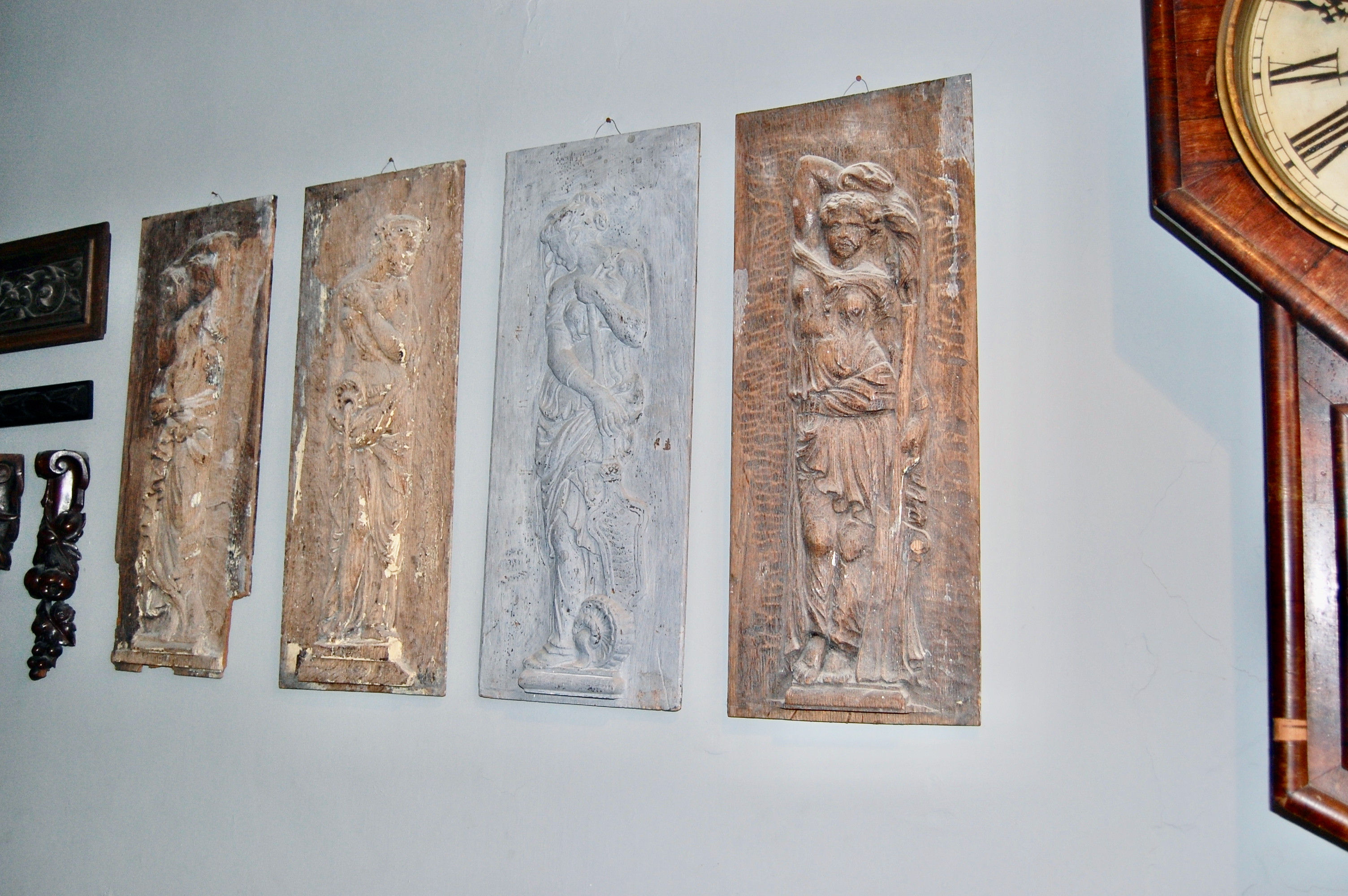
The back garden is beautifully tranquil with an Oriental vibe, with a pond and a temple at the back with more architectural pieces and sculptures.

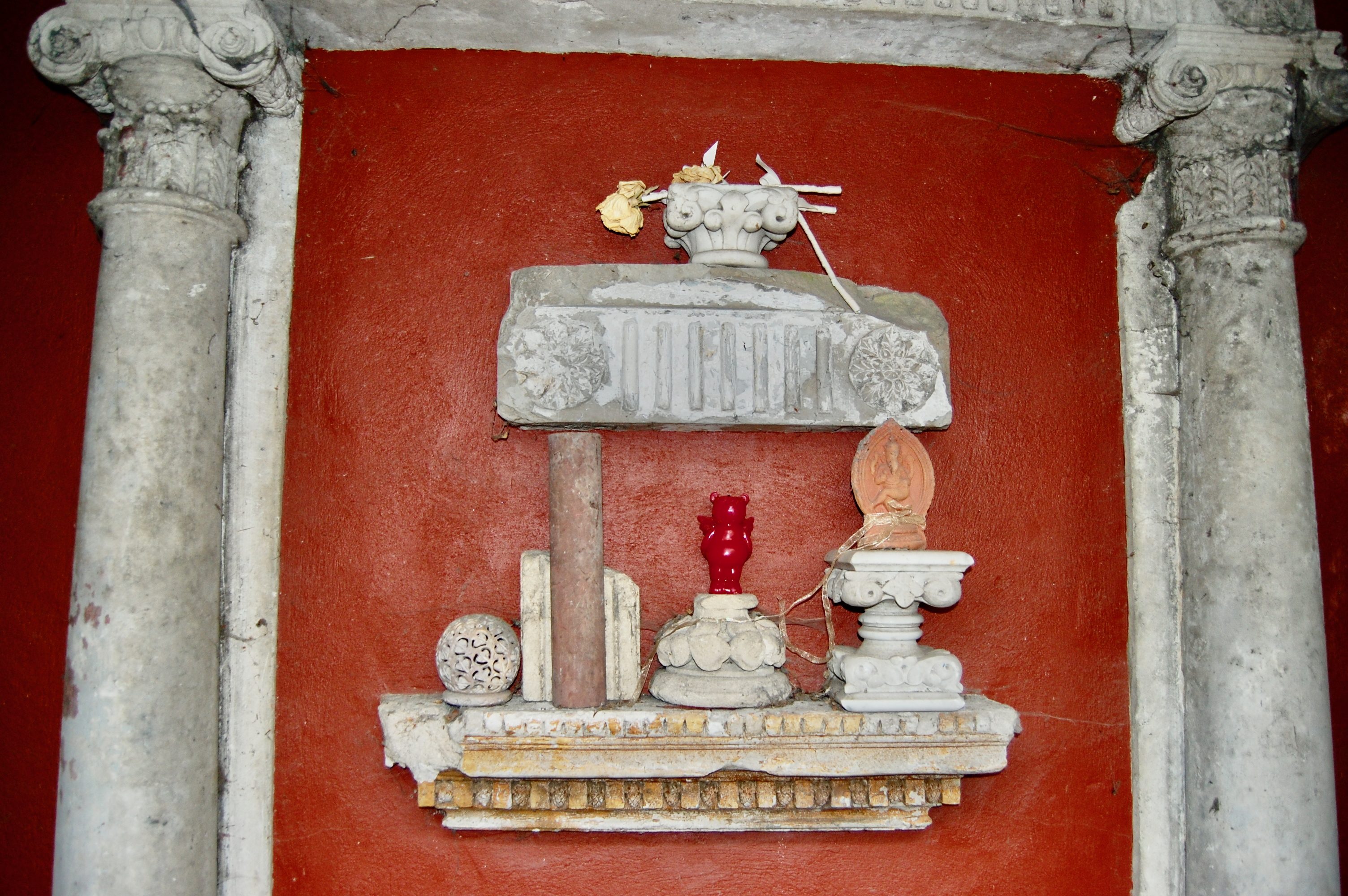
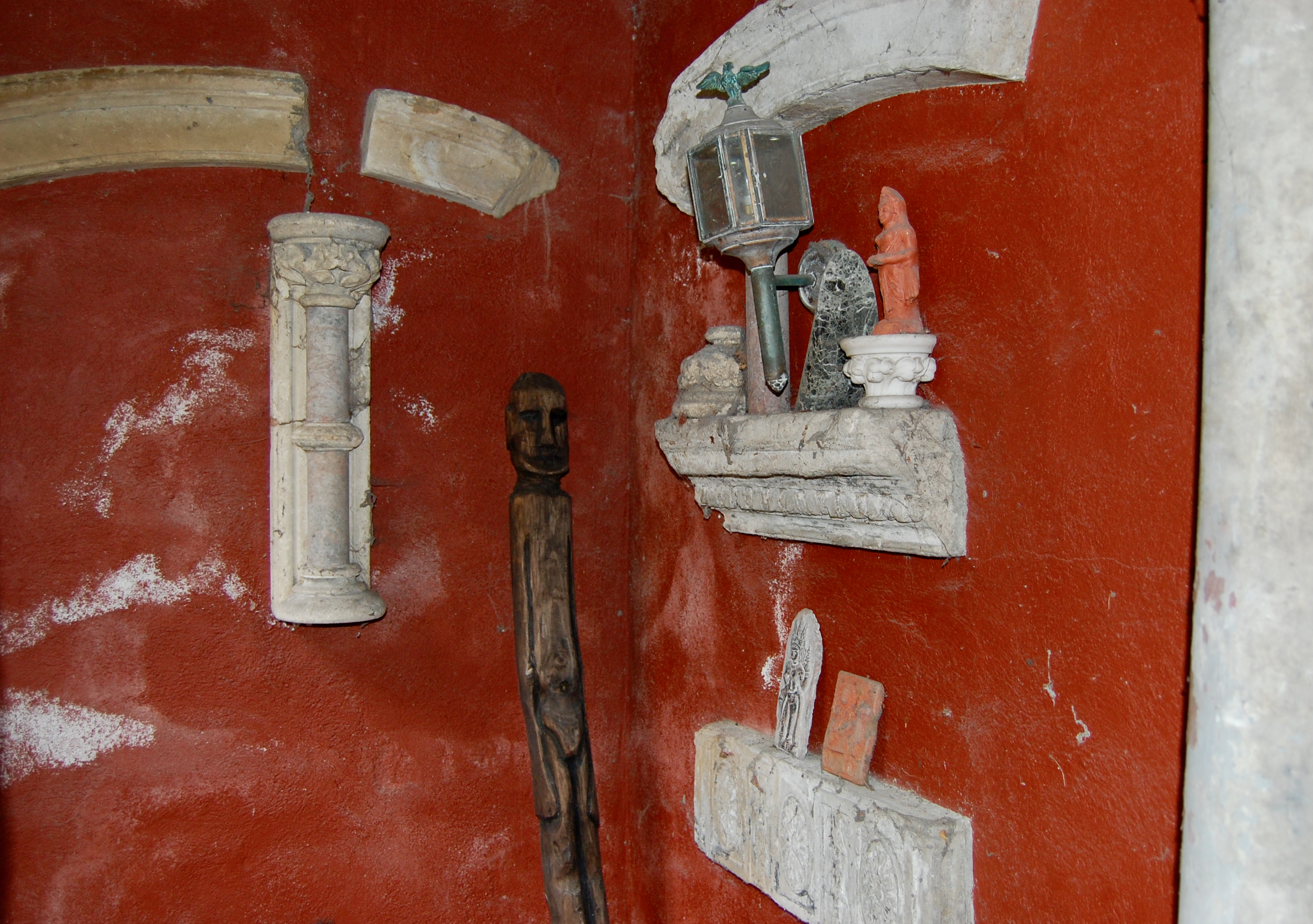
In its appraisal the National Inventory website states:
“Largely dilapidated by the early 1980s, it was carefully conserved by the owner and is now a residence and venue for weddings and other events. The surviving early plasterwork is a fine example of the traditional ‘Dublin school’ Rococo style and its juxtaposition with the Neo-classical embodies the stylistic developments of the late eighteenth century. The oversailing lintel of c.1820 is one of few on the street and the restored light posts add a further element of interest in the public realm of the street. The retention of timber sash windows and of the granite and iron work to the entrance and basement enhances the architectural heritage quality of this house and of the street in general.”
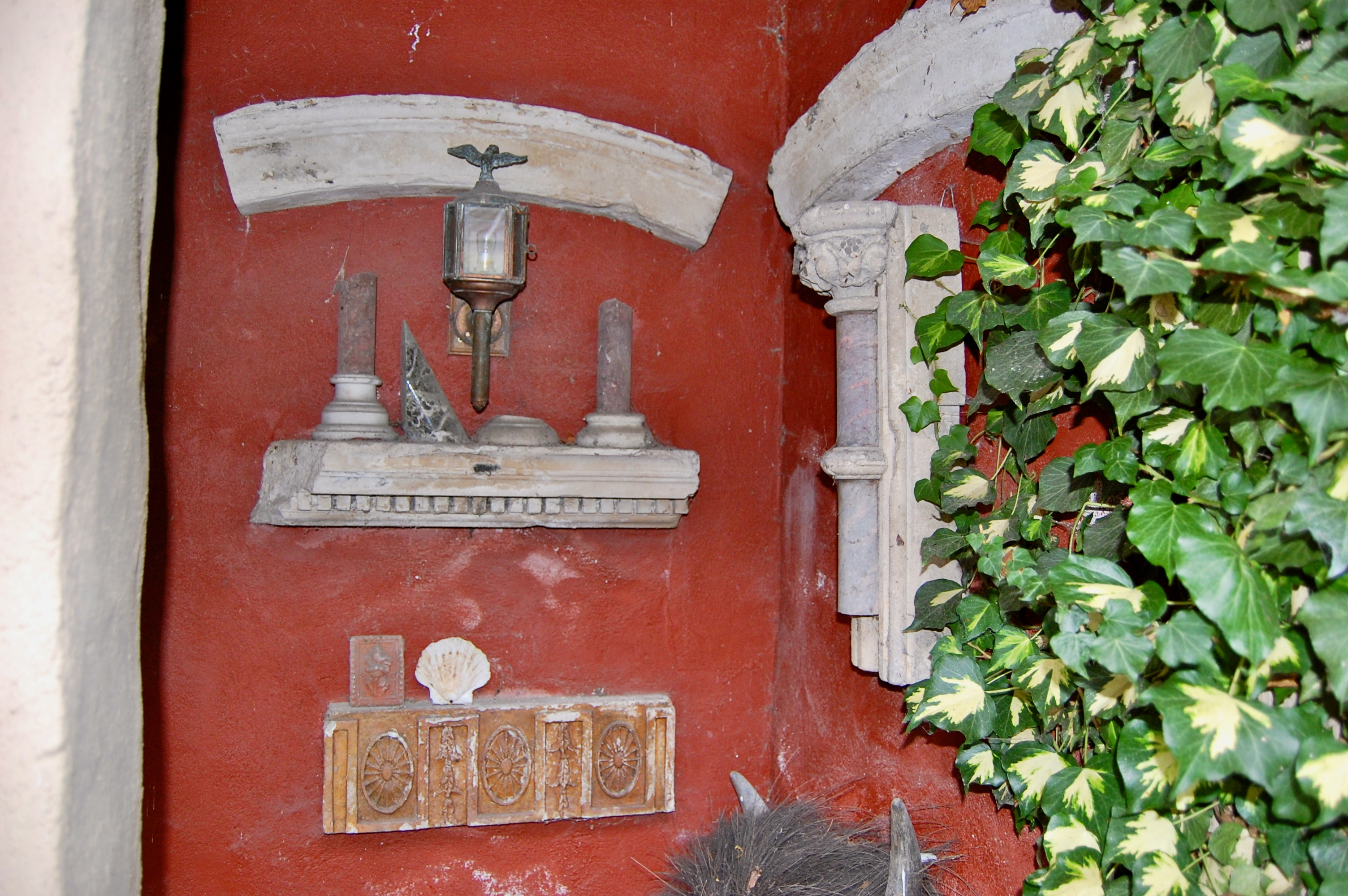
The website for number 11 has a link to airbnb accommodation available in the house.
At the top of North Great George’s Street, on Denmark Street, is Belvedere House, now part of Belvedere College, a boys’ secondary school. I visited this on another Open Day. Its splendid stucco work is of the Neoclassical or “Adam” style popular in Dublin in mid 1770s to 1800, designed by Michael Stapleton. Conor Lucey writes:
“The neoclassical style is also well represented by Belvedere House. Built for George Augustus Rochfort, 2nd Earl of Belvedere, and completed by 1786, it is one of the finest city mansions built during the latter part of the century. The interiors of this house represent a text-book model of how Irish stuccodors invented freely within the Adamesque idiom, deriving their decorative vocabulary from architectural treatises, builder’s manuals and pattern books.”
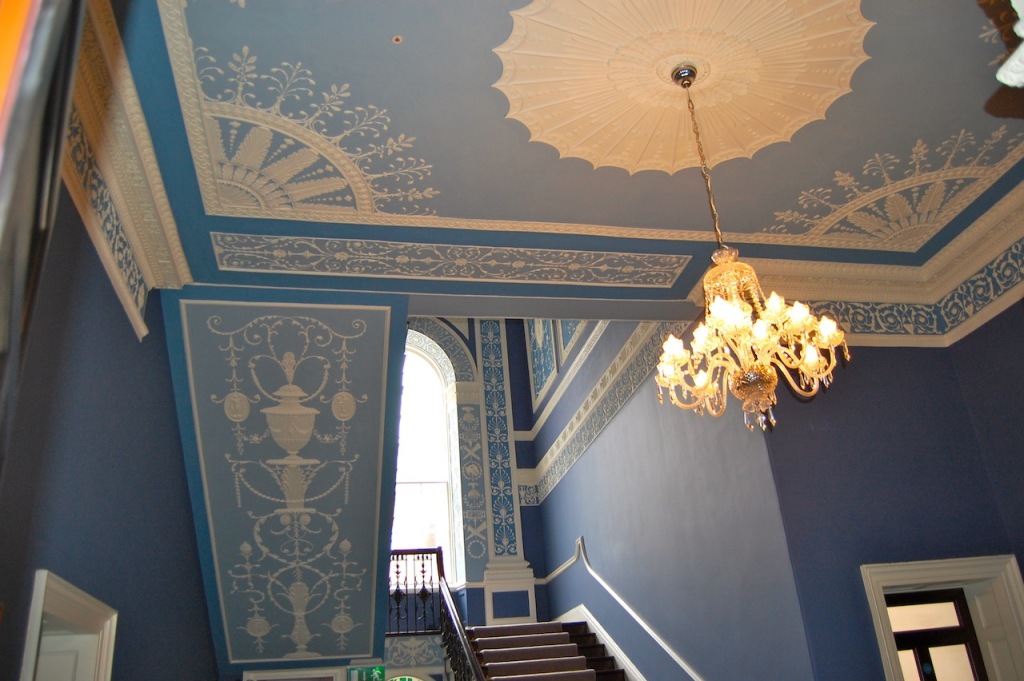
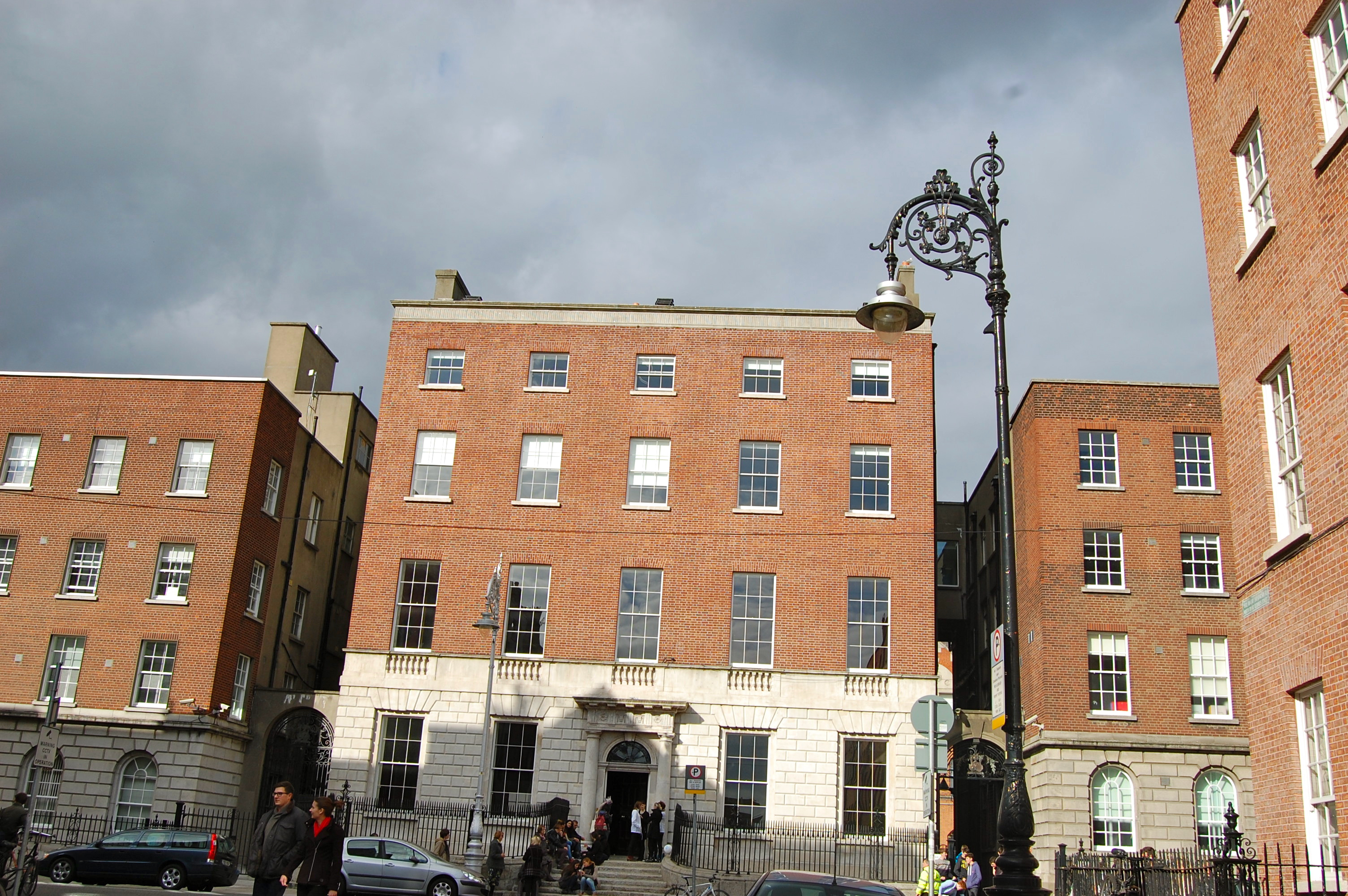

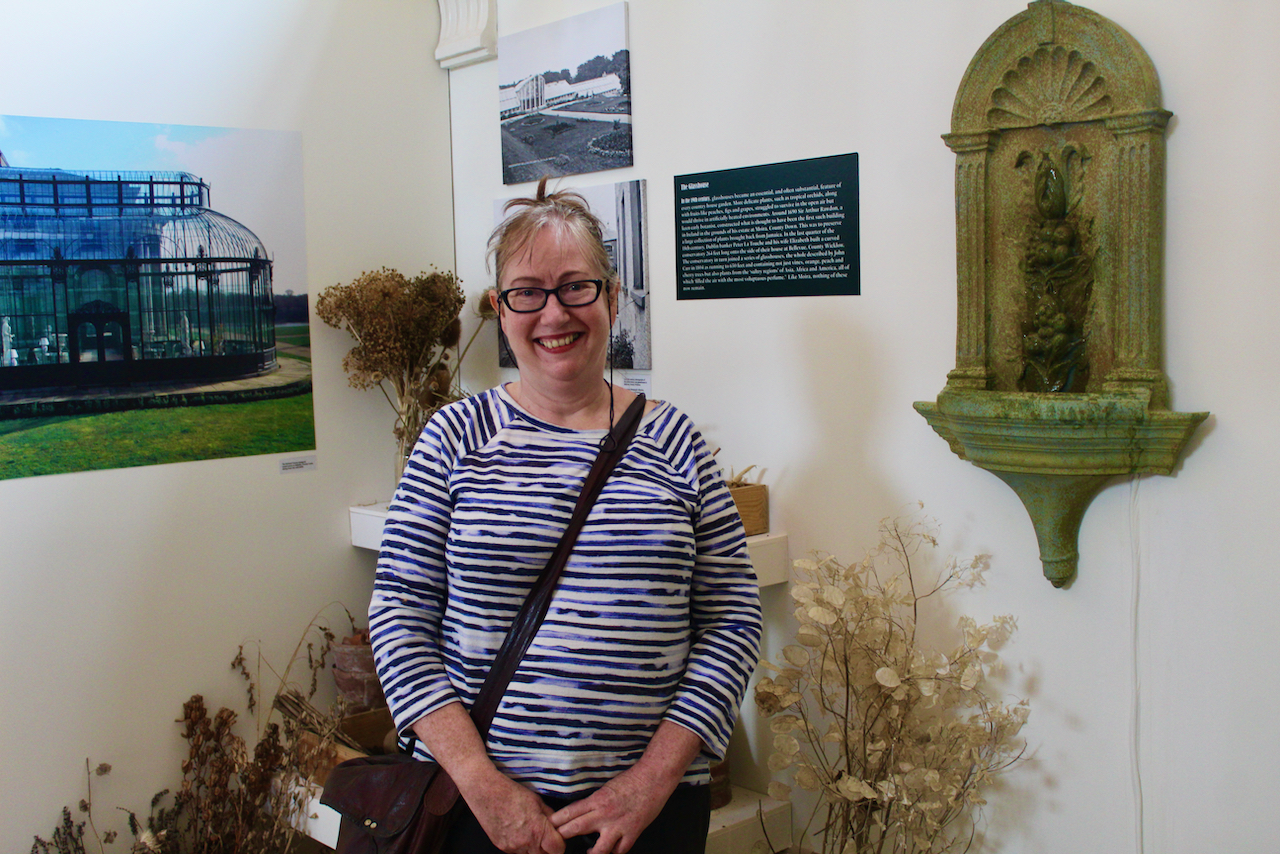
Donation
Help me to fund my creation and update of this website. It is created purely out of love for the subject and I receive no payment so any donation is appreciated!
€10.00
[1] https://www.youtube.com/watch?time_continue=10&v=C3RdULJddO0&feature=emb_logo
[3] https://northgreatgeorgesstreet.ie/
[4] https://en.wikipedia.org/wiki/Claremont_Institution
[5] According to Craig, Maurice and Knight of Glin, Ireland Observed, A Handbook to the Buildings and Antiquities. Mercier Press, Dublin and Cork, 1970, Rococo is the asymmetrical freely-modelled style of decoration originating in France and popular in Ireland from about 1750 to 1775. See also Architectural Definitions:
[6] Colganstown House, Hazelhatch Road, Newcastle, County Dublin
Text © Jennifer Winder-Baggot, www.irishhistorichouses.com